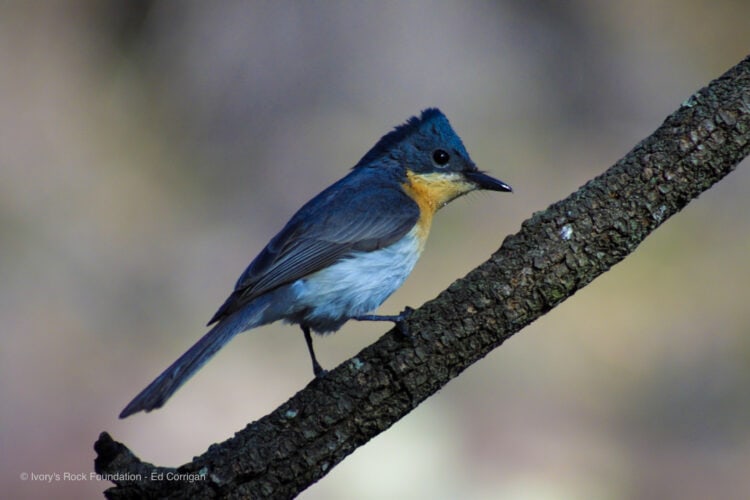
Satin Flycatcher
Found in tall trees in gullies.
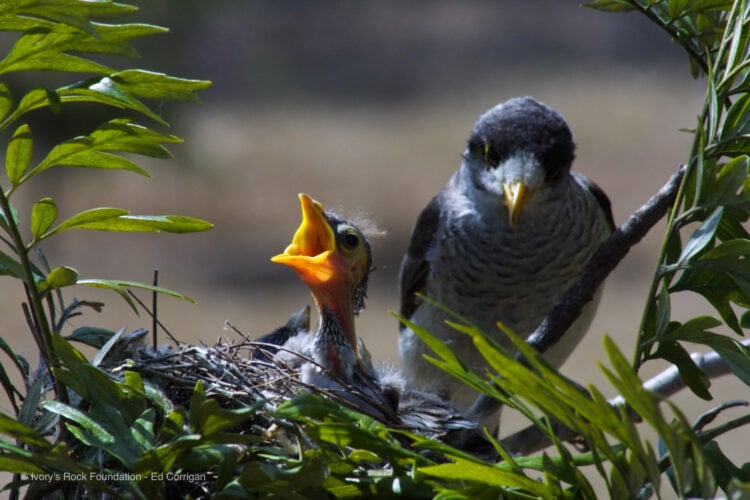
Noisy Miner Nest
Part of the Honeyeater family.
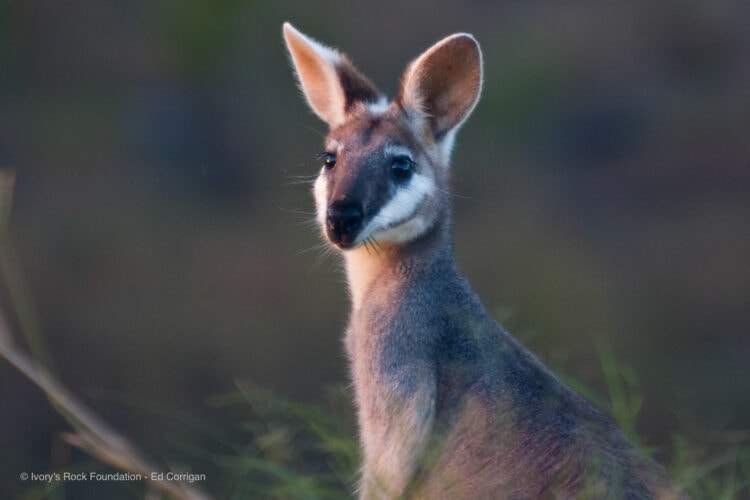
Whiptail Wallaby
Also know as the Pretty-faced Wallaby
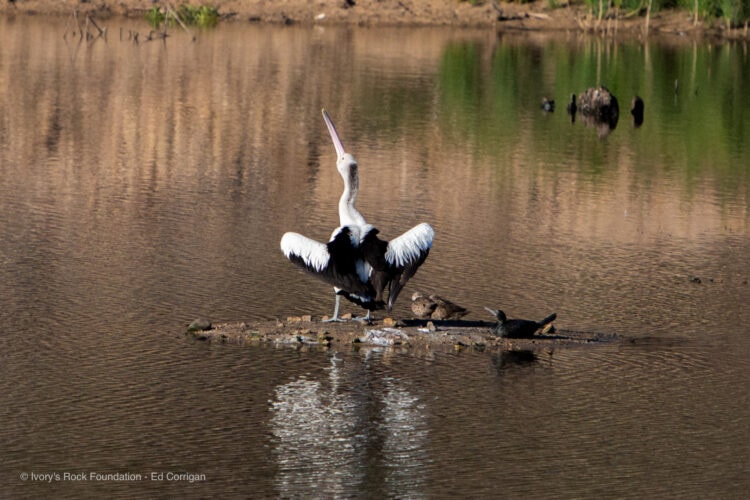
Pelican
Their 'bill pouch' can hold 13 litres of water.
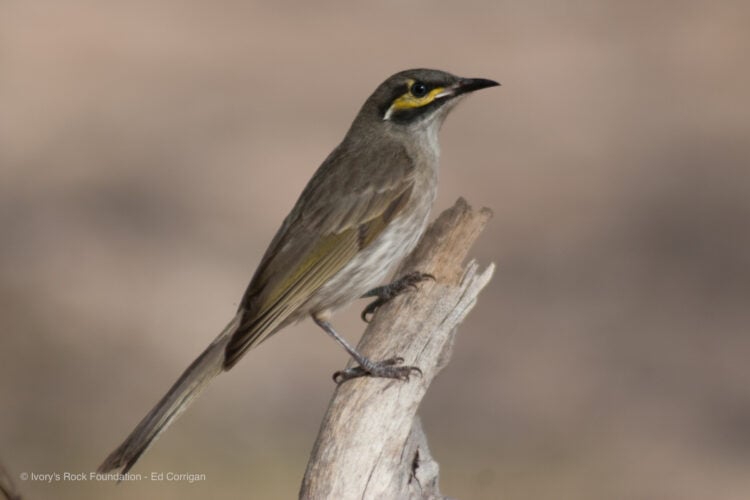
Yellow Faced Honeyeater
Short-billed honeyeater. Diet: invertebrates also nectar, pollen from Banksia & Grevillea flowers.
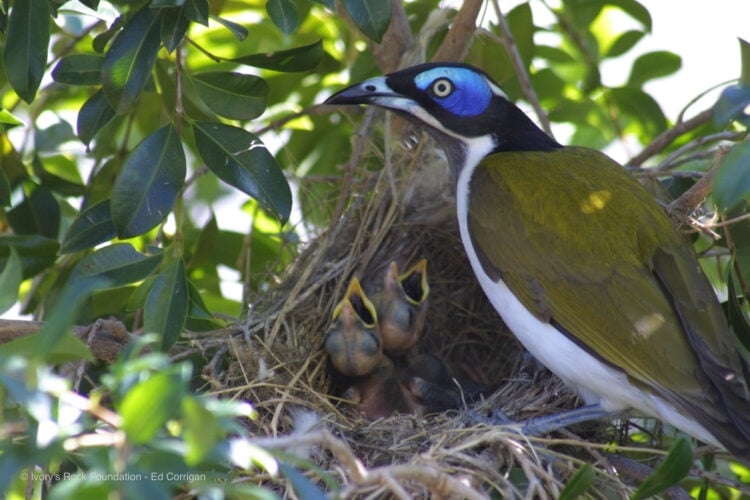
Blue faced Honeyeater
Diet: mostly invertebrates, also nectar & fruit.
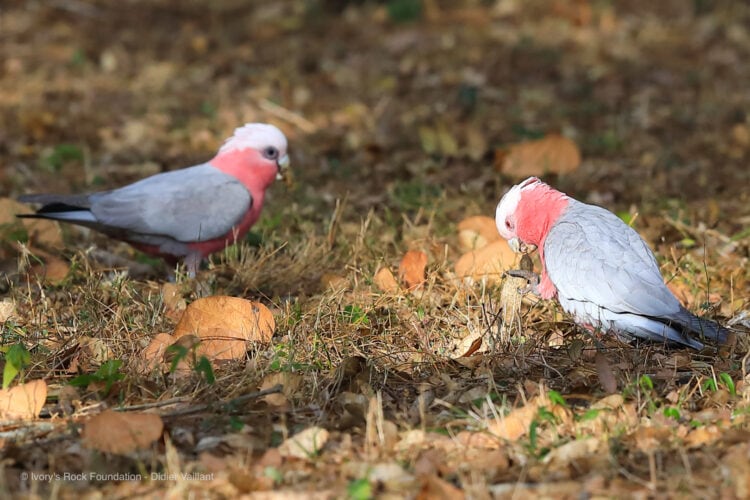
Galahs
Diet: Seeds, grubs, roots, nuts, berries. Grain Crops.
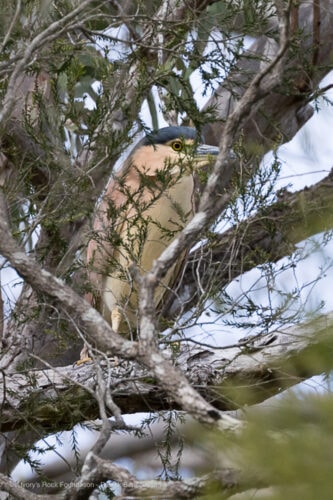
Nankeen Night Heron
Nocturnal
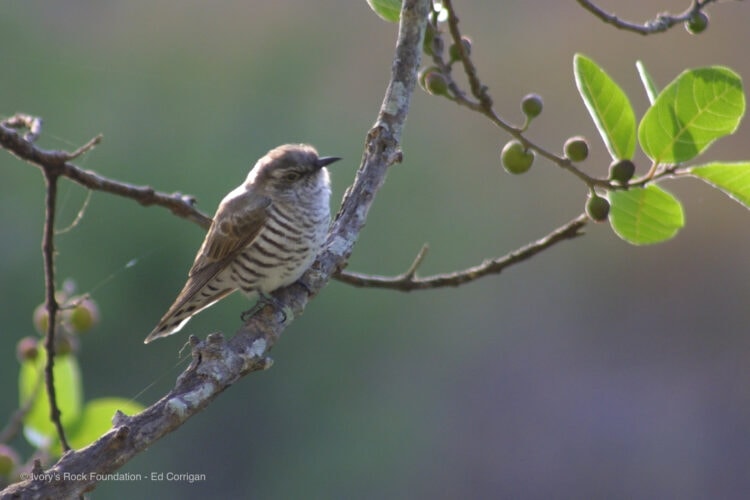
Shining Bronze Cuckoo
Able to eat grubs that other birds avoid. Its gizzard's lining catches caterpillar spines, which are later spat out.
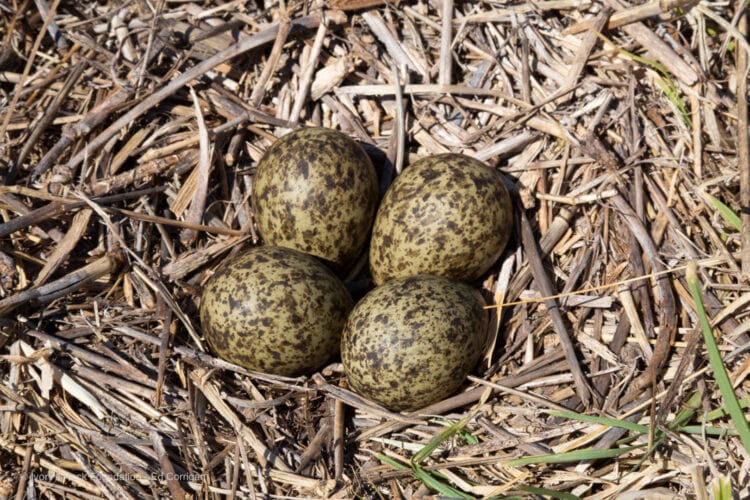
Masked Lapwing Nest Eggs
Both parents take care of young and defend nest
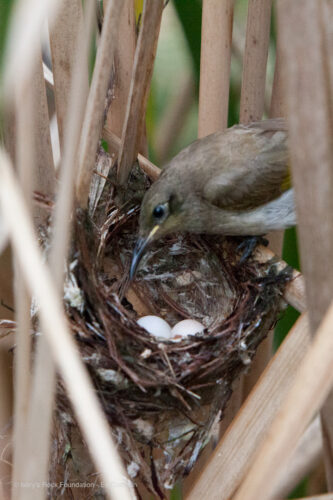
Brown Honeyeater Nest
Female incubates eggs. Both parents feed young.
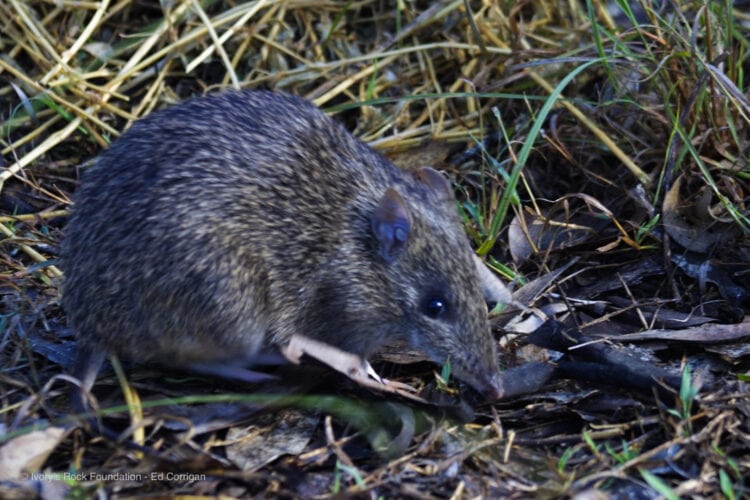
Bandicoot
Nocturnal, hunting beetles & grubs.
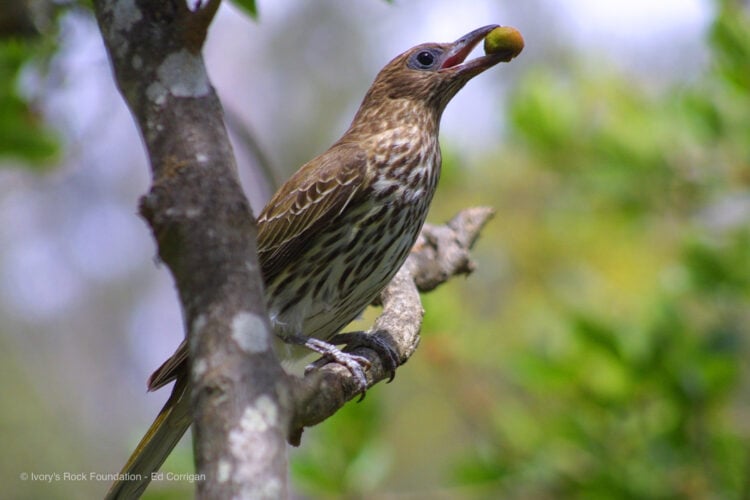
Figbird Female
Nests in small groups, quite close together.
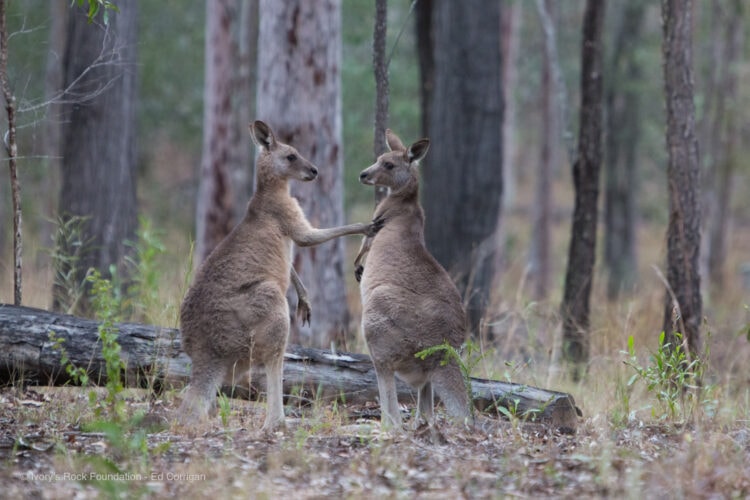
Eastern Grey Kangaroo
Pair grooming each other.
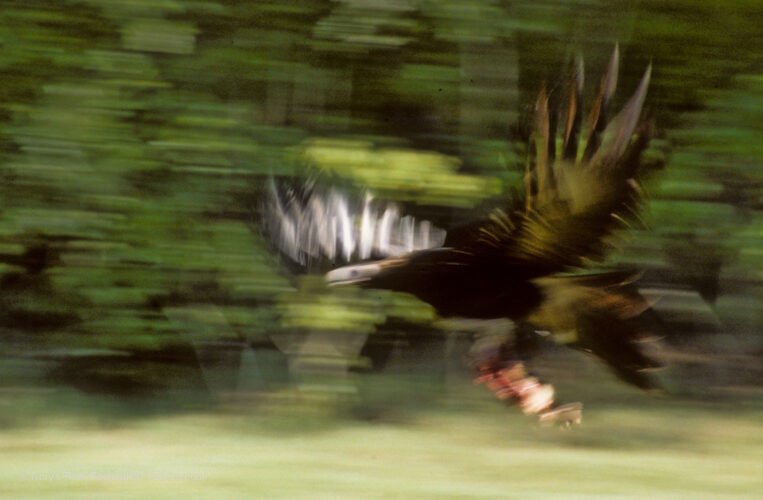
Wedge-tailed Eagle with Prey
Largest bird of Prey in Australia
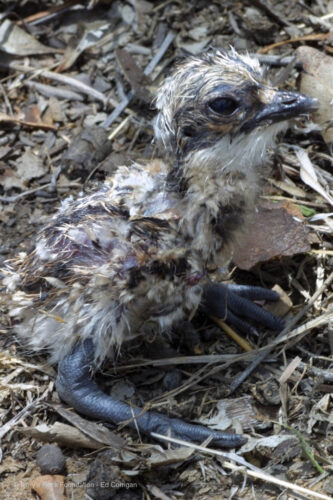
Bush Stone-Curlew Hatching
Exposed nests make chicks vulnerable
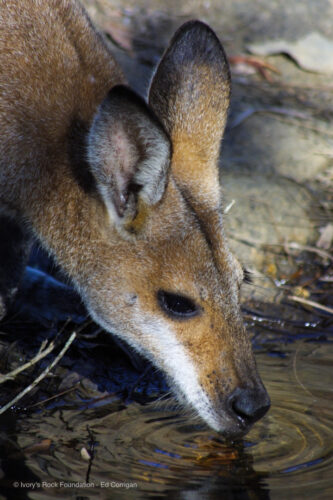
Red-neck Wallaby
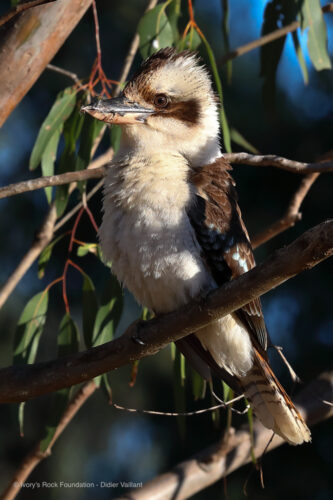
Mon ami le Kookaburra
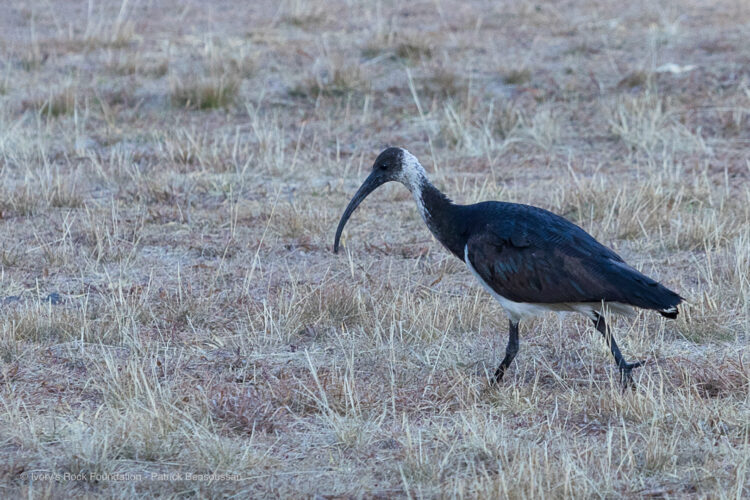
Straw necked Ibis
Diet: Invertebrates - beetles, crickets, grasshoppers, spiders, freshwater yabbies.
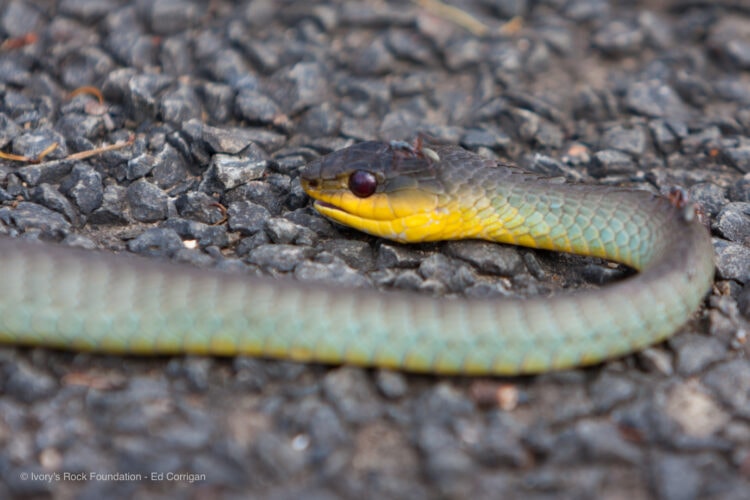
Green Tree Snake
Rises up, inflating throat & body if threatened. Makes a stink from glands. Not venomous.
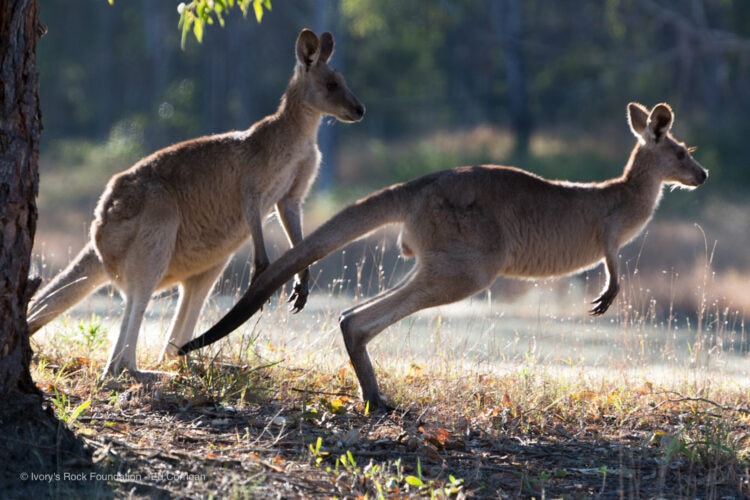
Eastern Grey Kangaroo
Can cover 7metres in one jump
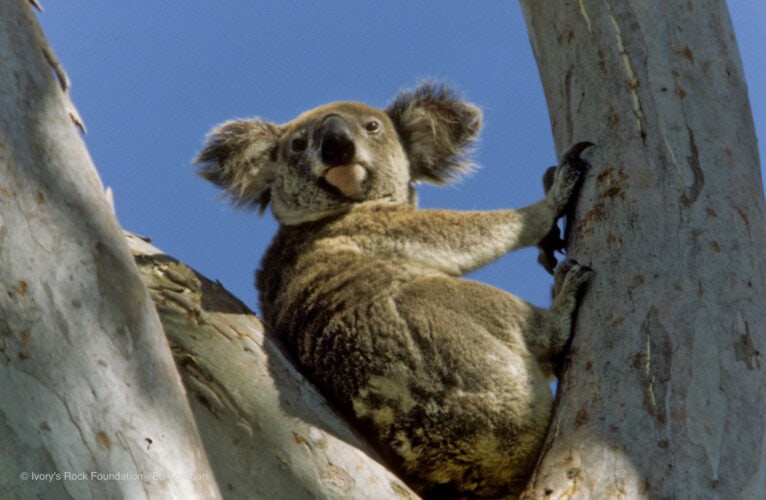
Koala
Koalas rest 20 hours a day. Little energy is obtained from diet.
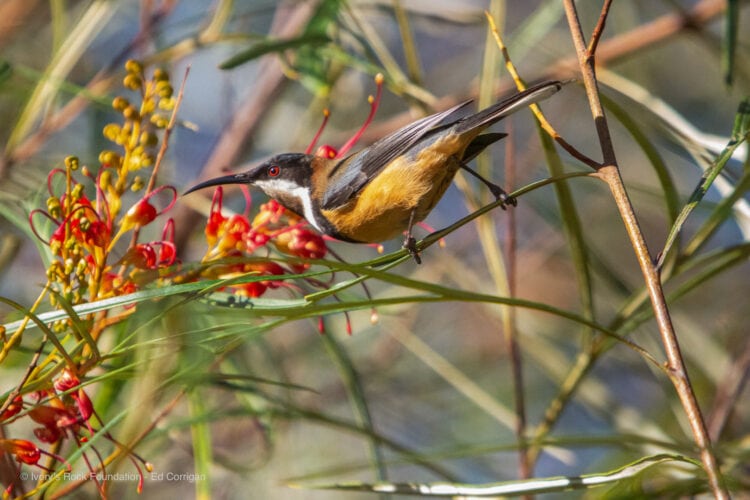
Eastern Spinebill
Advantageous long beak, extracting nectar where others can't.
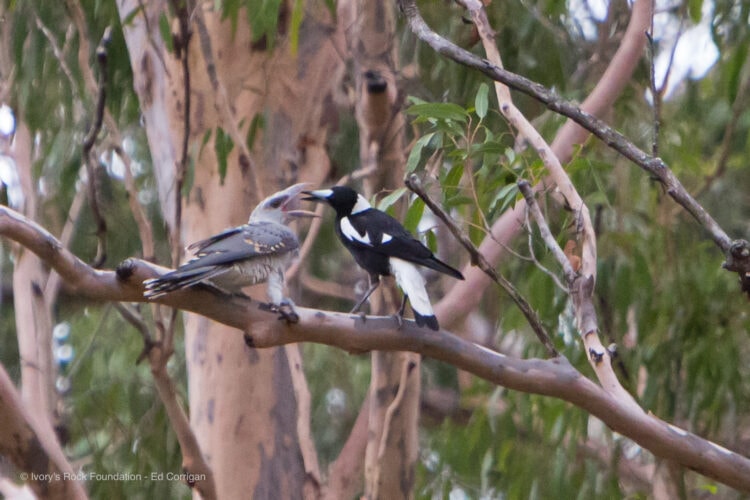
Magpie feeding Channel billed Cuckoo
The Channell-billed Cuckoo lays her eggs in the Magpie's nest to raise.
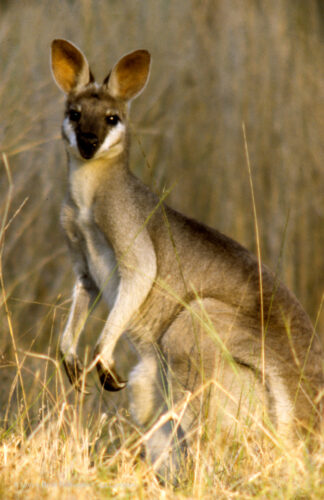
Whiptail Wallaby
Lifespan: 10 years
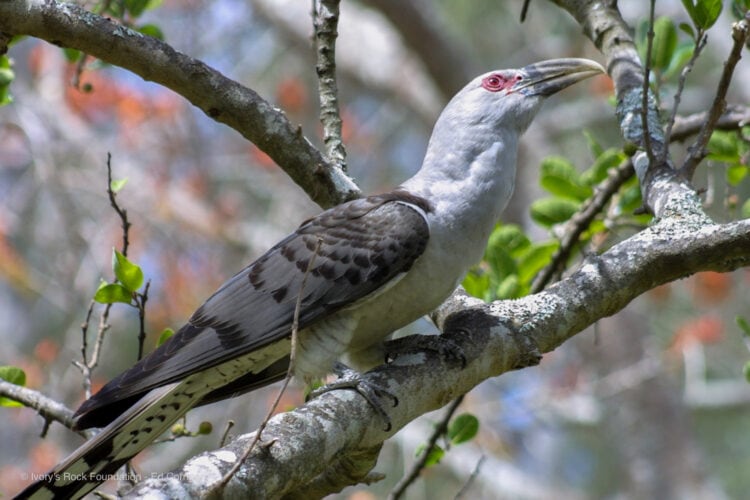
Channel-billed Cuckoo
Migrates from New Guinea to breed here.
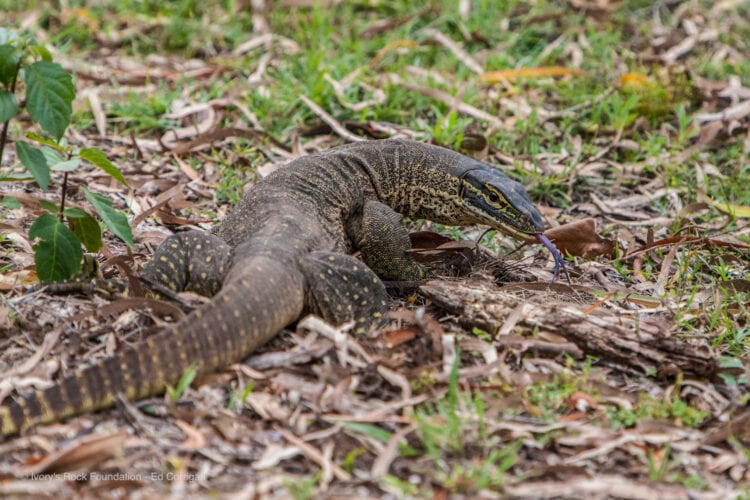
Goanna
Adults: 2 metres long, 14 kilos weight
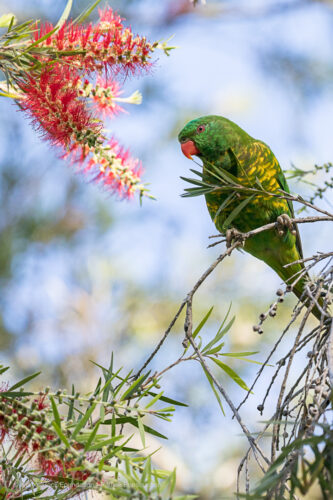
Scaly breasted Lorikeet
The only lorikeet with an all-green head & red beak.
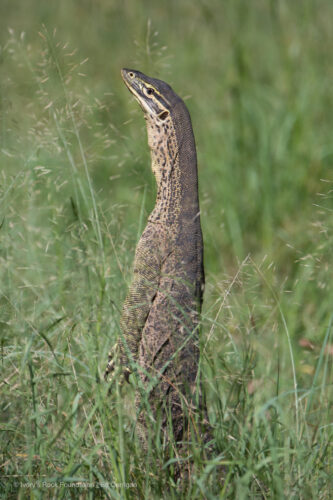
Goanna upright
Stands upright to assess surrounds.
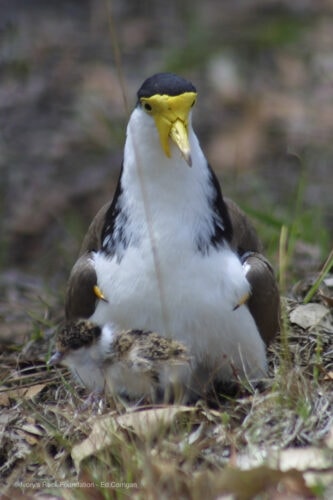
Masked Lapwing and Chick
Nests can be made in unlikely exposed areas.
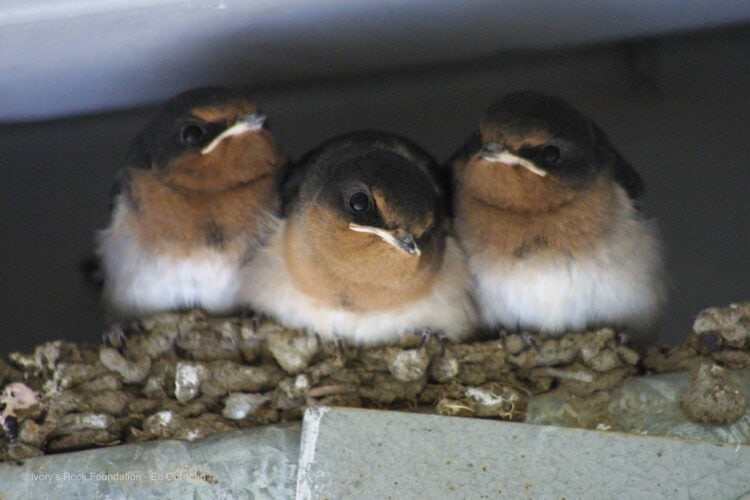
Welcome Swallow Chicks
'Welcome’ Swallow was named by sailors. Sightings meant land was not far away.
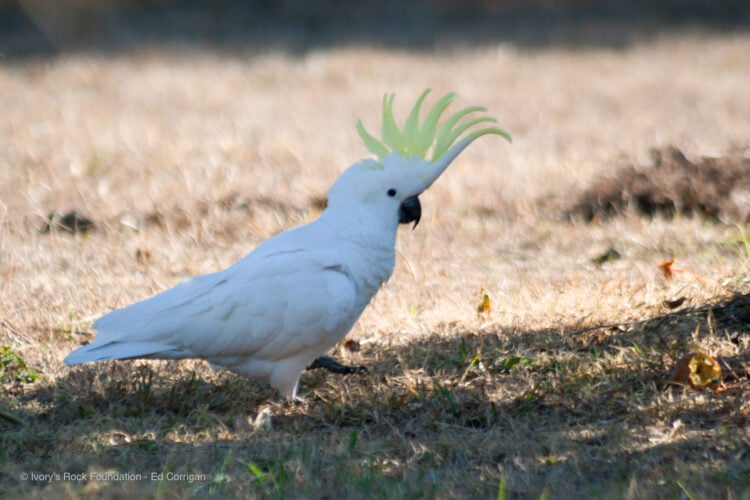
Sulphur crested Cockatoo
Lifespan: 50-60 years. Chicks remain with parents. Family groups stay together indefinitely.
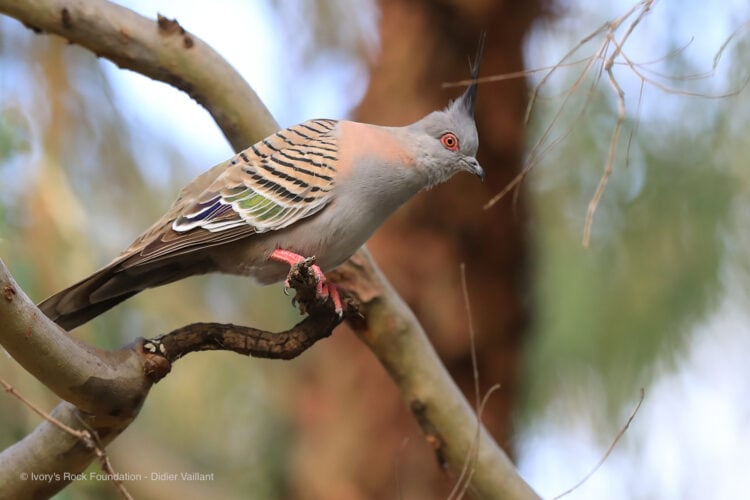
Crested Pigeon
Distinctive thin black erect crest.
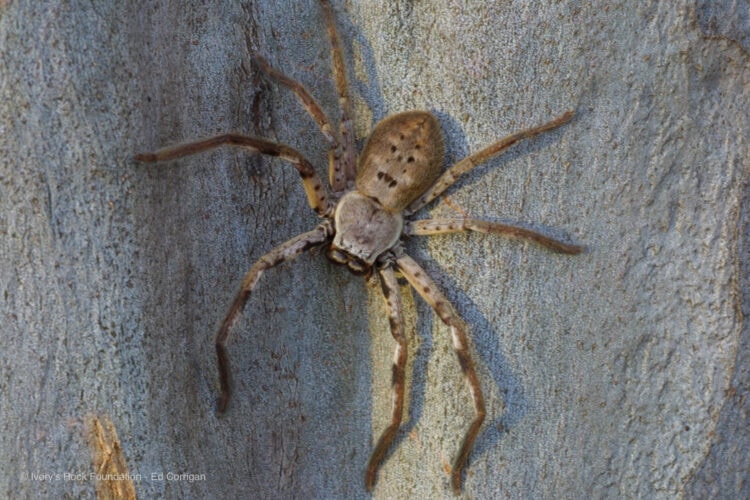
Huntsman Spider
Poor eyesight. Senses insects through hairs on its body. Lifespan: 2 years.
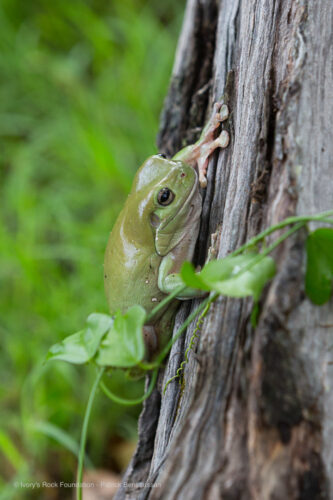
Common Green Tree Frog
Eats almost anything, invertebrates, bats & small snakes.
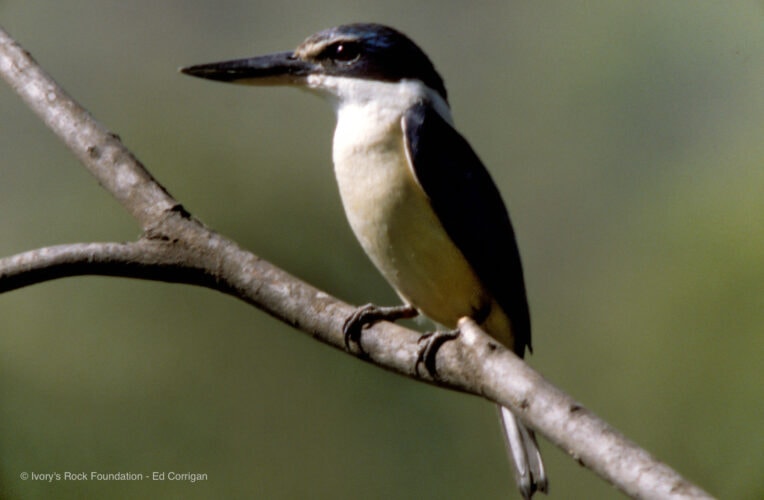
Forest Kingfisher
Nests in termite nests in trees & in tree hollows
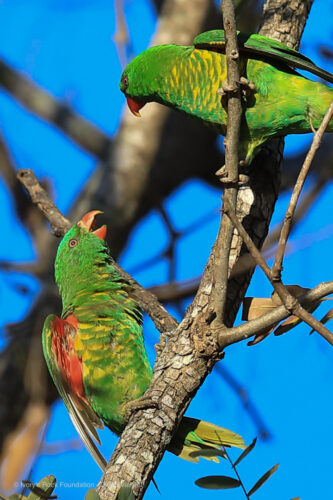
Scaly-breasted Lorikeets
Lays eggs in hollows of decayed tree limbs. Modifies by chewing off pieces.
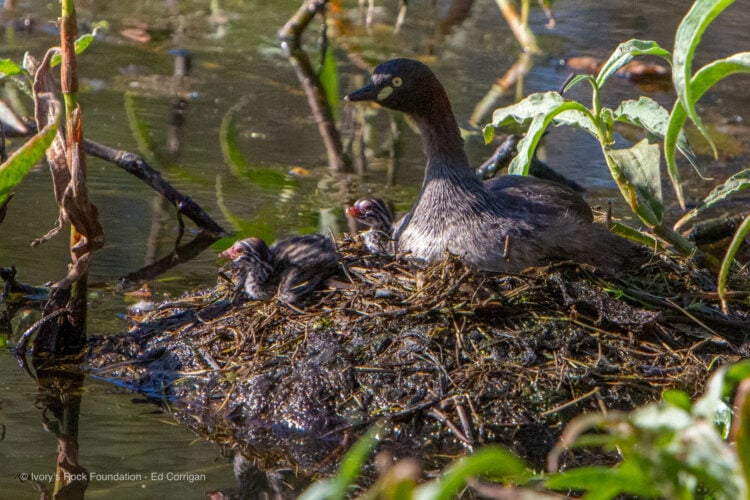
Australian Grebe Nest Chicks
Eats feathers to regurgitate & prevent injury to chicks (fish bones)
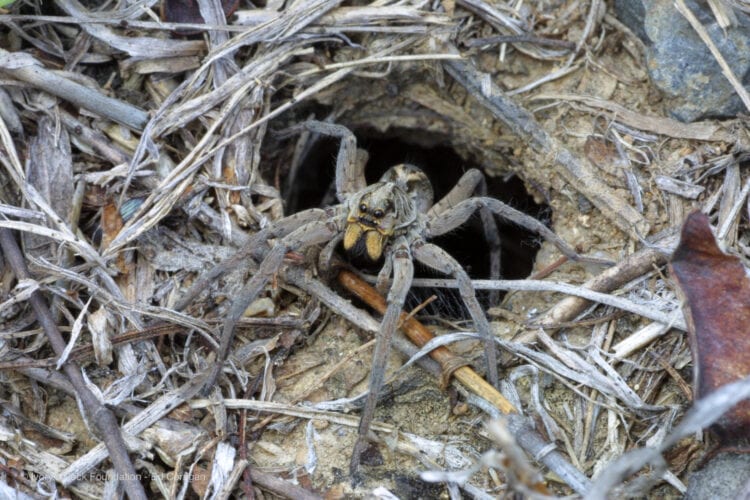
Wolf Spider
Habitat: leaf litter, burrows. Diet: small invertebrates, frogs.
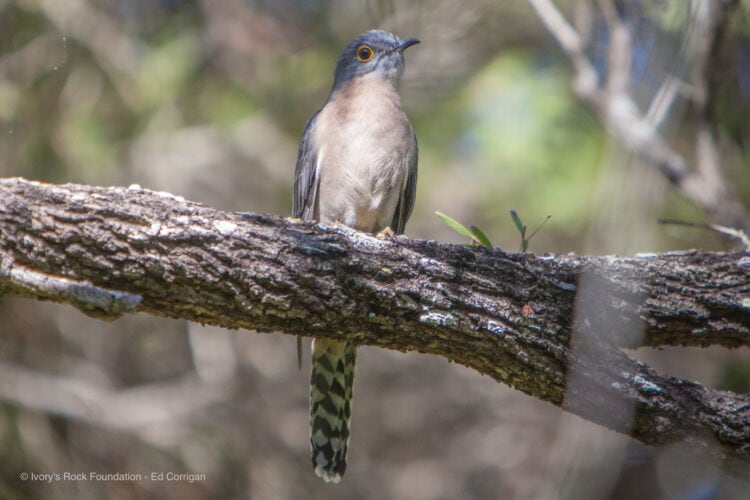
Fan-tailed Cuckoo
Diet: insects, fruit, reptiles, mammals & other bird's chicks.
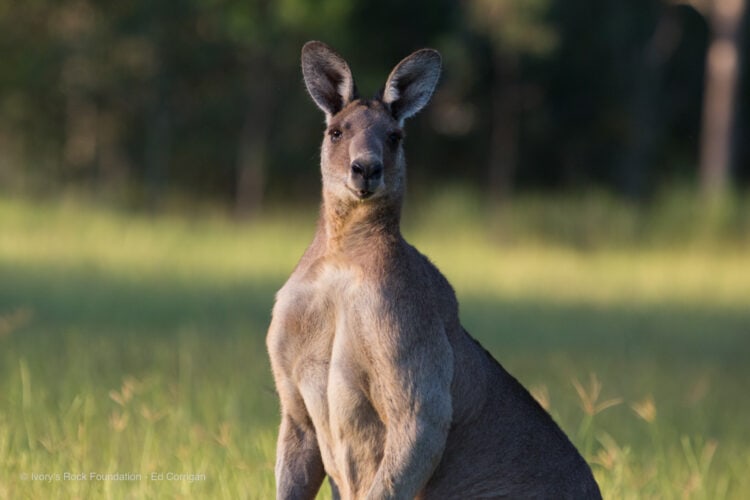
Eastern Grey Kangaroo
Males can be 2 metres tall
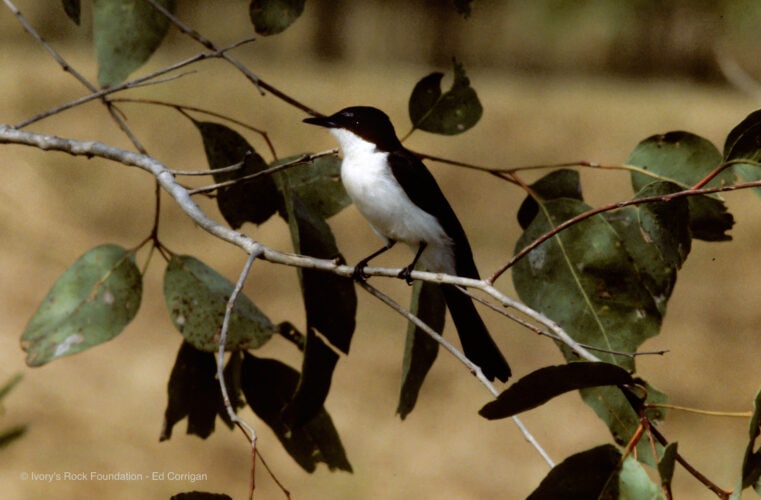
Restless Flycatcher
Hovers & catches insects. Makes whirring, rasping noises.
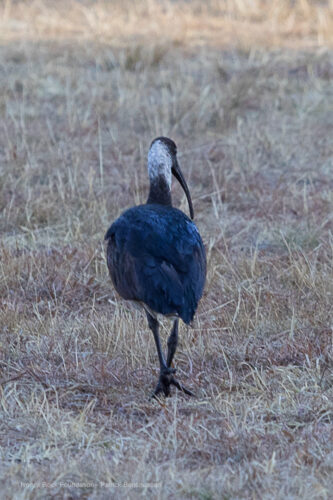
Straw necked Ibis
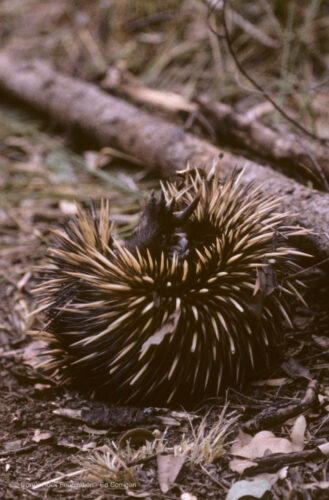
Echindna
Egg laying Mammal. Deposits egg into pouch to hatch. The young is called a 'Puggle'.
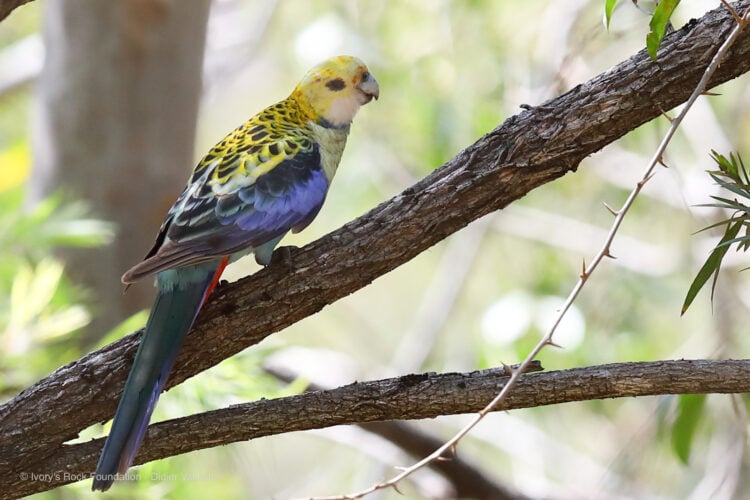
Pale headed Rosella
Usually seen in pairs. Diet: grass seed, fruit & flowers.
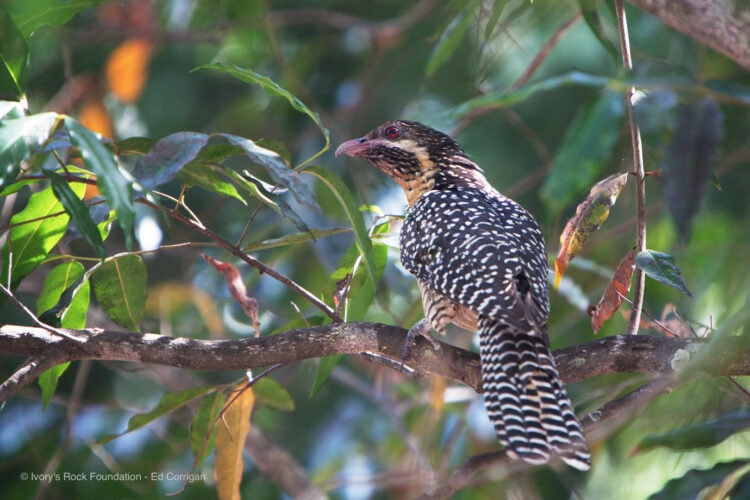
Eastern Koel Female
Migrates from Sth East Asia to breed here.
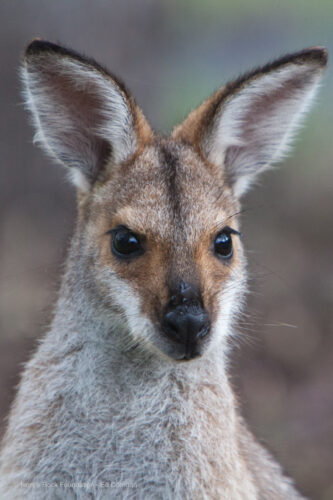
Red-neck Wallaby
Small in stature reaching 1 metre
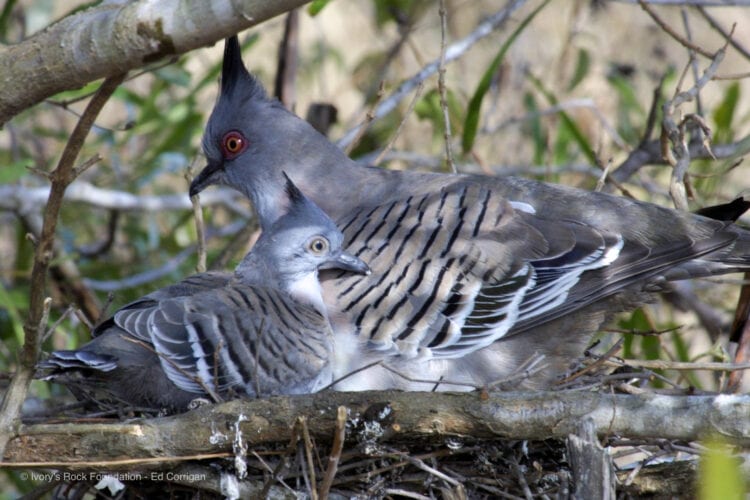
Crested Pigeon Chick
Found in wooded grasslands near water.
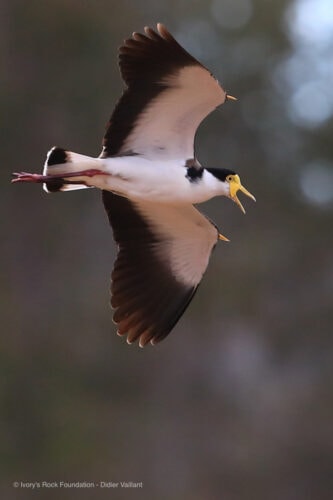
Masked Lapwing
Also known as a Plover
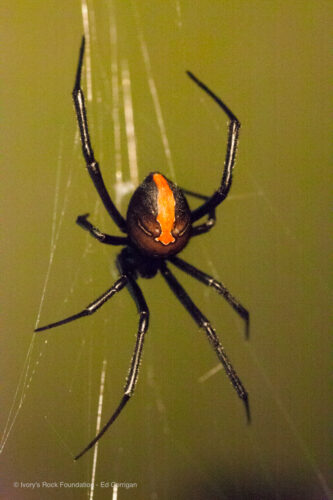
Redback Spider
Diet: Insects. Also juvenile mice, snakes, frogs snagged in web. Venomous. Length: Females 10mm Males 4mm.
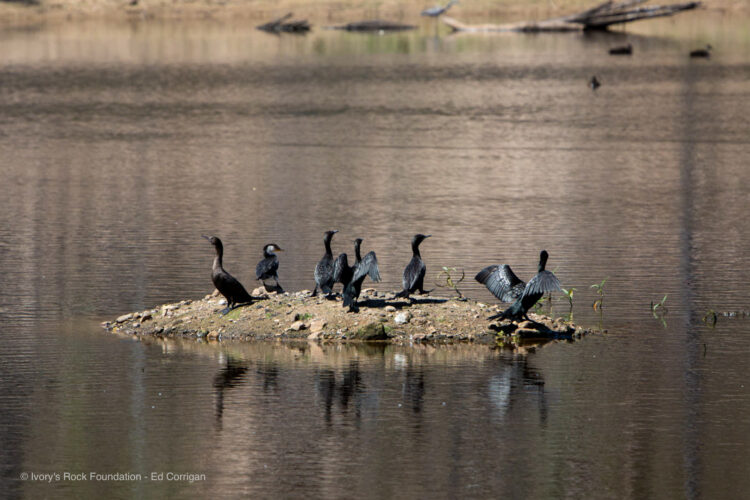
Little Black Cormorants
Breeding plumage appears more bronzed than black.
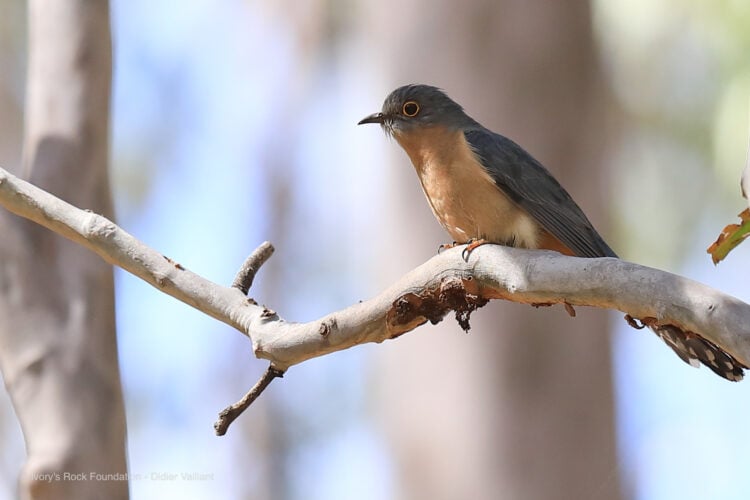
Fan-tailed Cuckoo
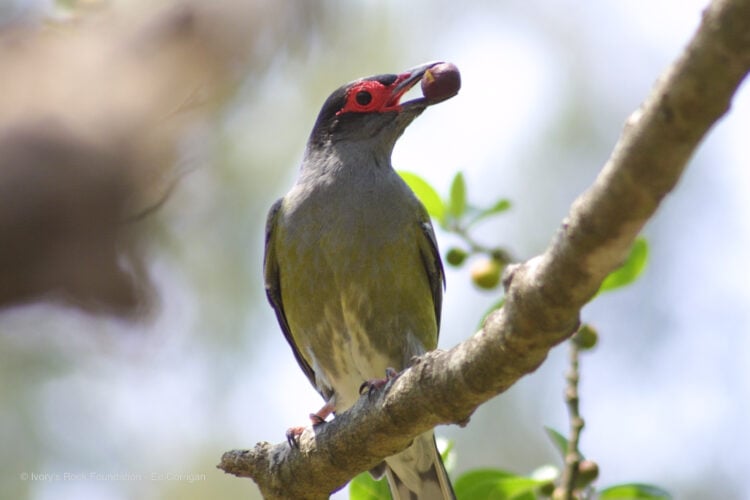
Figbird Male
Also known as Green Figbird. Mimics other birds.
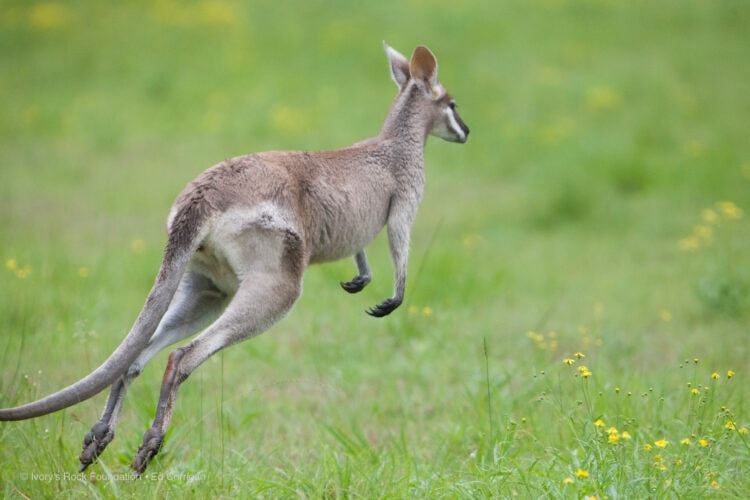
Whiptail Wallaby
Wallabies are Macropods which means 'big foot'
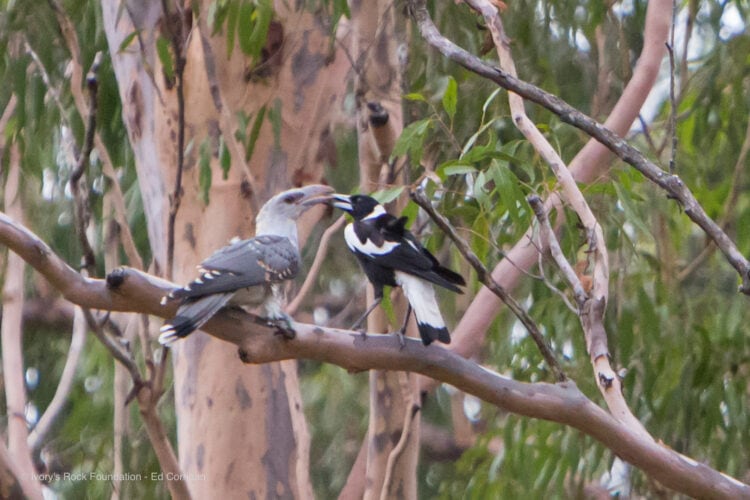
Magpie feeding Channel billed Cuckoo
Magpie is fooled into raising the chick as its own.
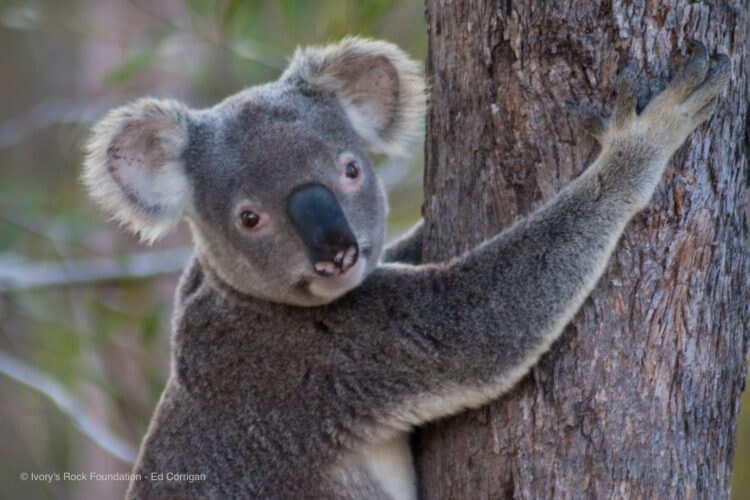
Koala
Lantana is cleared at Ivory's Rock so Koalas can climb their trees.
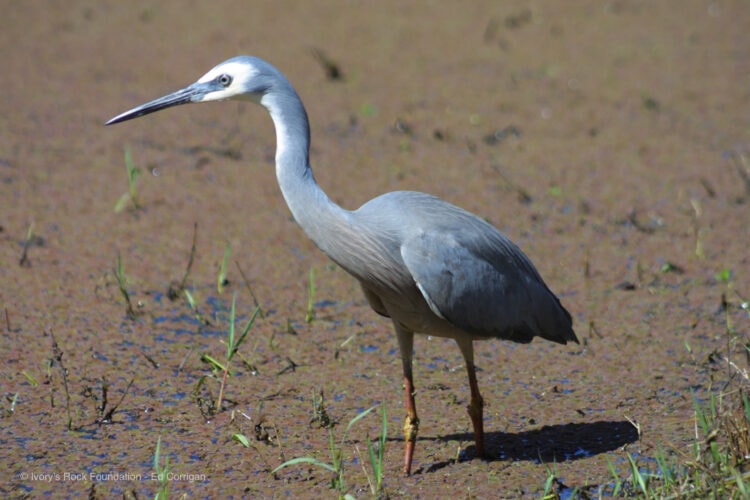
White-faced Heron
Diet: variety of prey - fish, insects & amphibians.
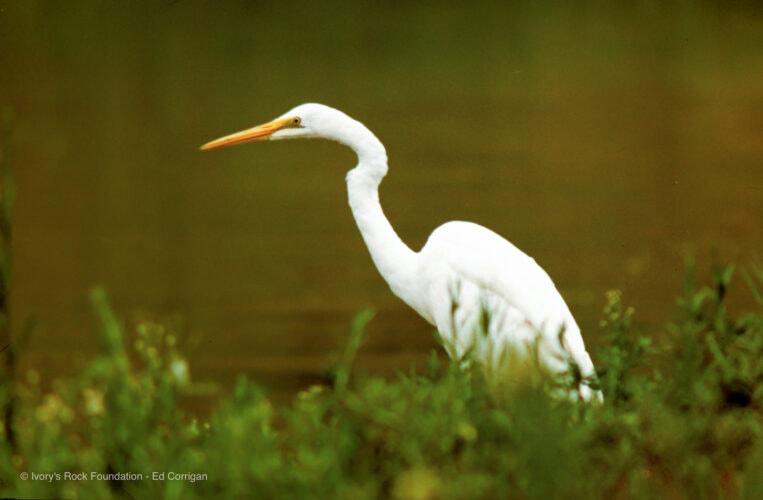
Eastern Great Egret
Beak colour darkens during breeding season.
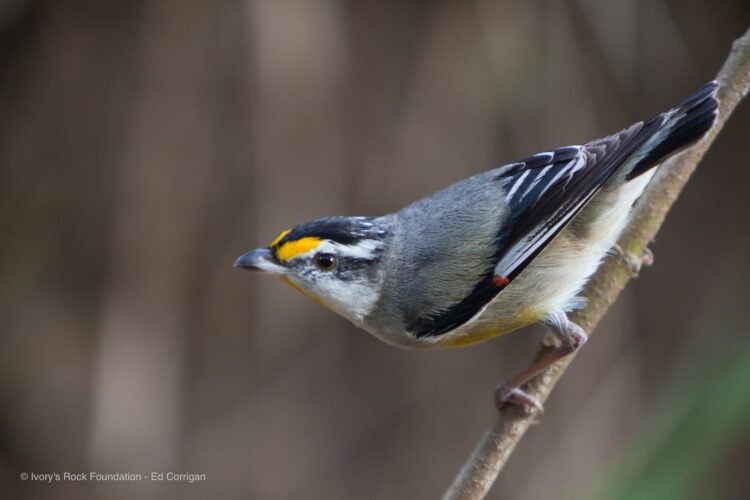
Pardalote
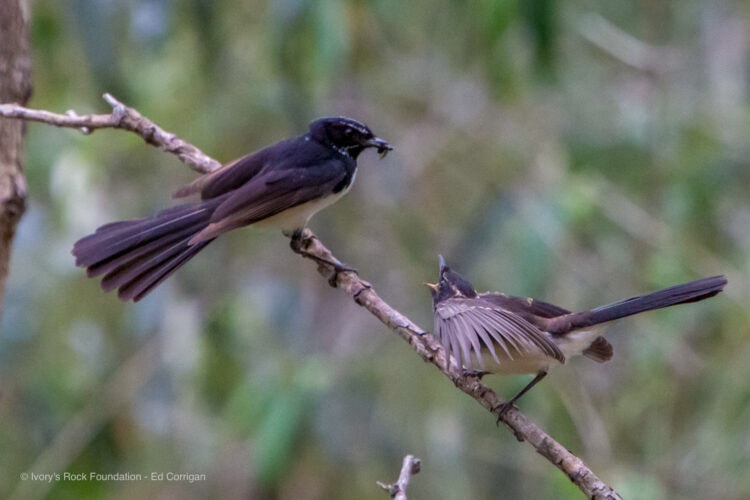
Willie Wagtail with Chick
Very bold. Will protect their territory from kookaburras & eagles.
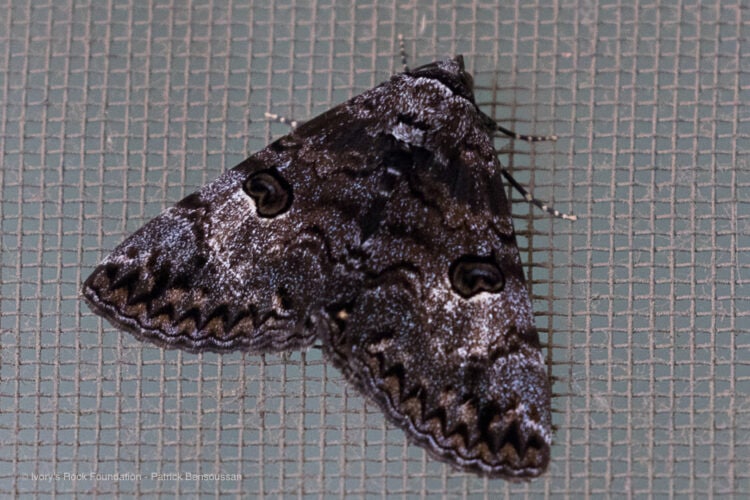
Moth
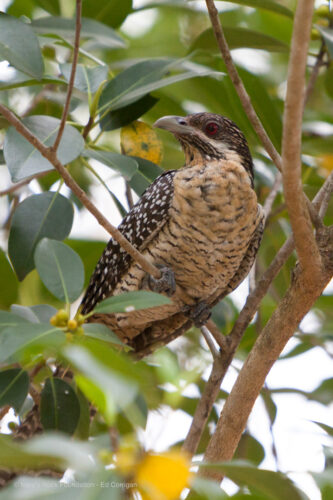
Eastern Koel Female
Cuckoo family. Lays eggs in other bird's nests.
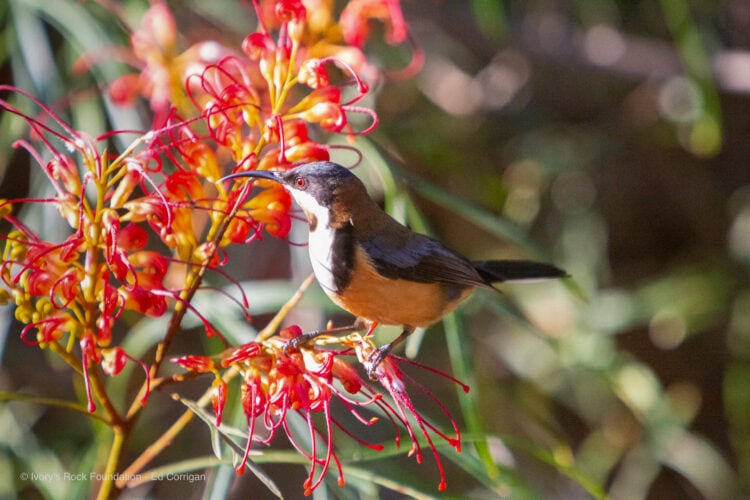
Eastern Spinebill
Honeyeater. Length: 15 cm long.
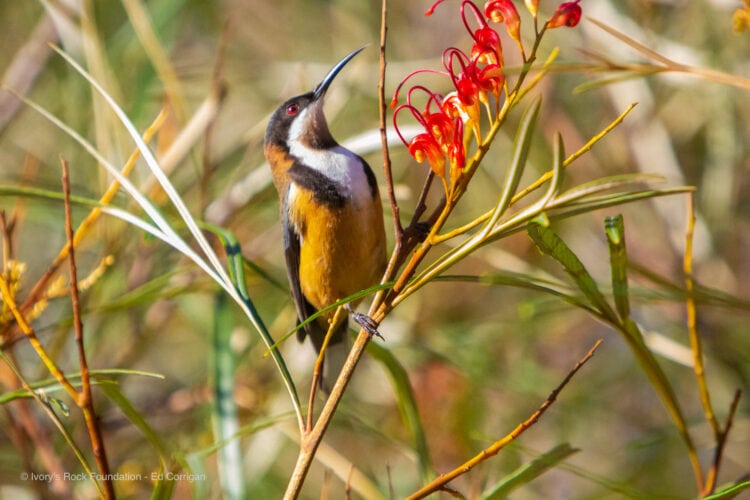
Eastern Spinebill
Nests: twigs, grass, bark, & spider's web
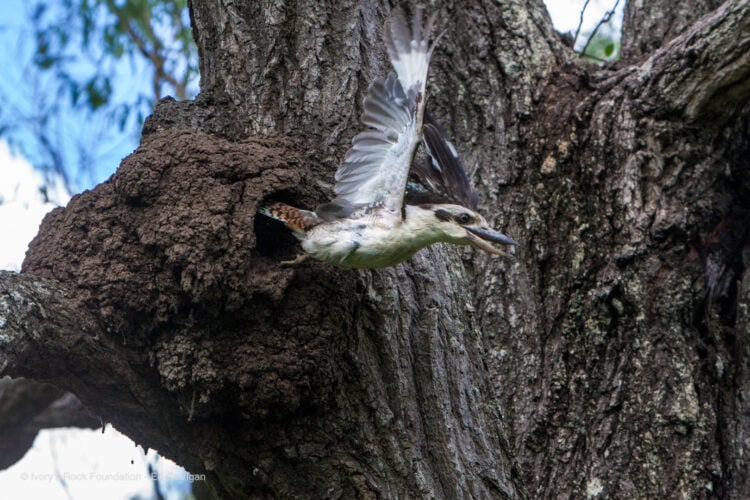
Kookaburra
Kookaburra nesting in an old termite nest.
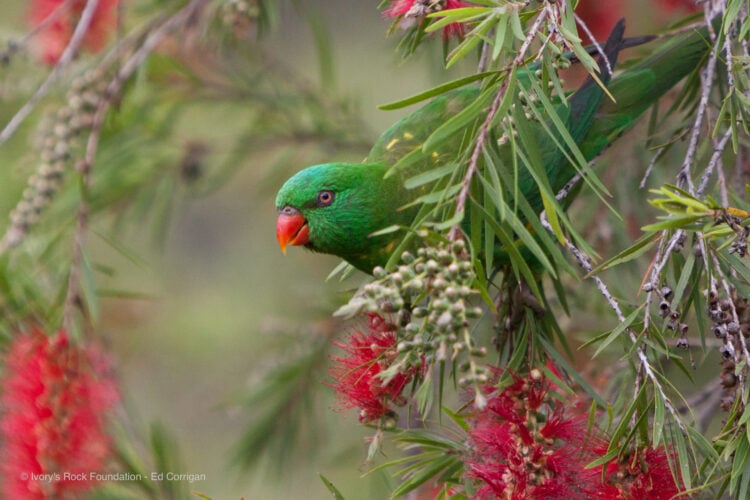
Scaly-breasted Lorikeet in Callistemon flowers
Diet: Nectar & pollen harvested with their brush-tongues.
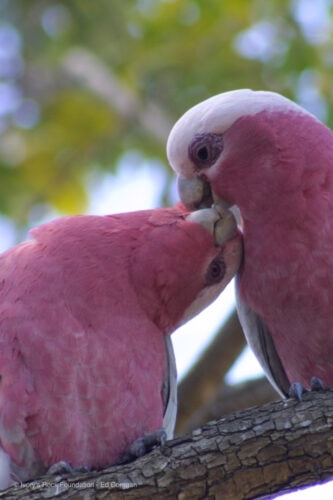
Galahs
Very social & affectionate birds.
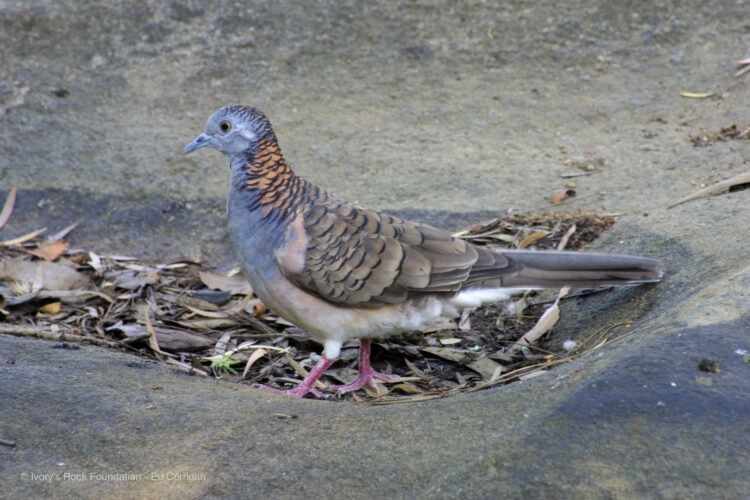
Bar-shouldered Dove
Diet: seeds of grasses, sedges, herbs. Also rhizomes.
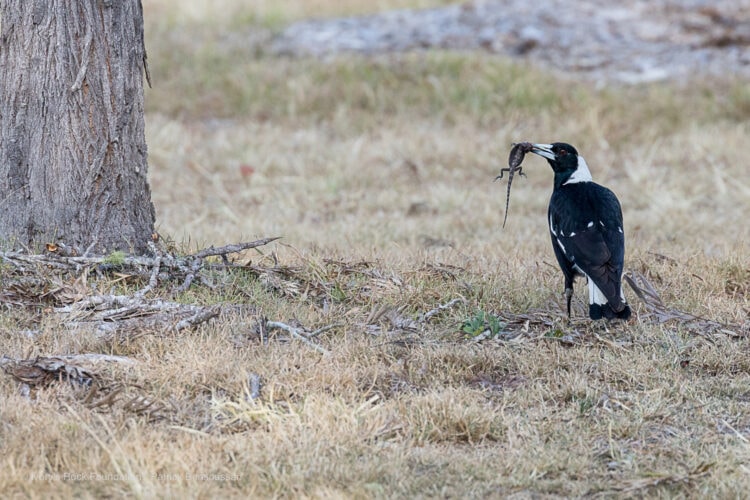
Magpie
Lifespan: 25-30 years. Wingspan 65-85cm. Highly intelligent birds
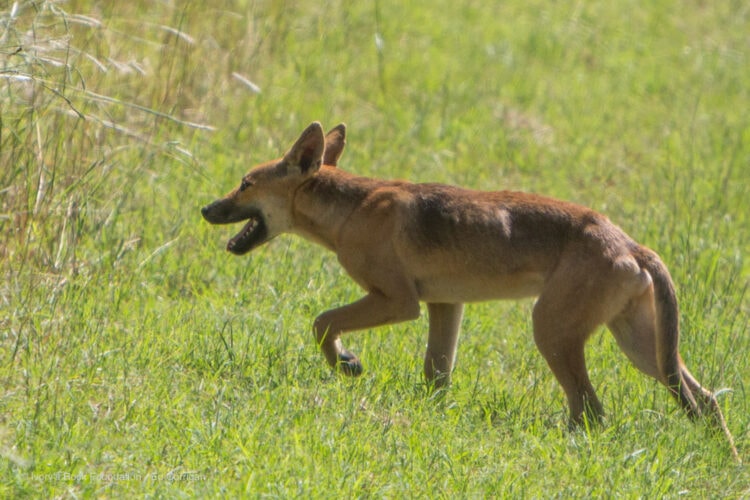
Dingo
Good for environment. Feral cats & foxes avoid them.
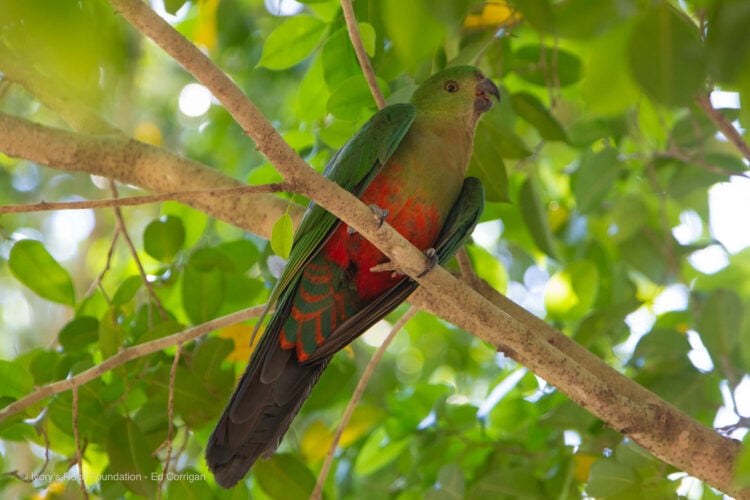
King Parrot Female
Lay eggs in deep tree hollows.
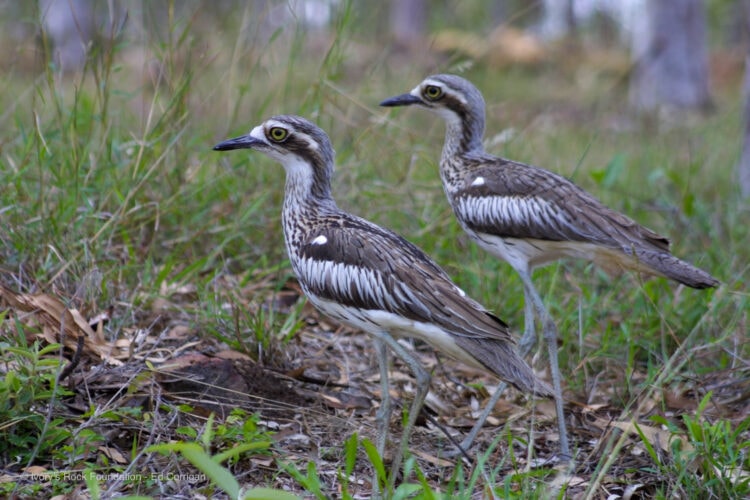
Bush Stone-Curlew Parents
Diet: insects, small reptiles & rodents.
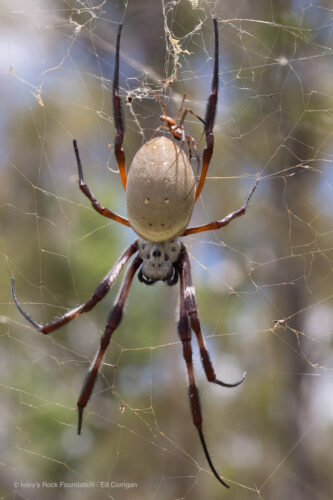
Eastern Golden Orb Weaving Spider
Sticky, wheel-shaped orb golden webs.
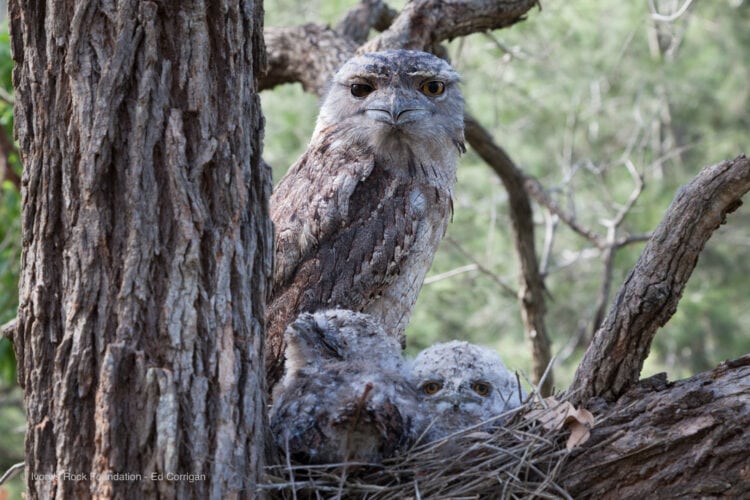
Tawny Frogmouth with Chicks
Diet: wide variety invertebrates, reptiles, small mammals.
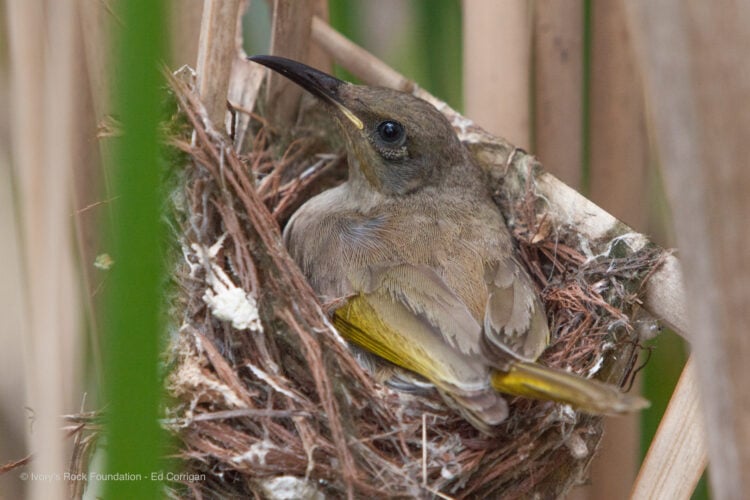
Brown Honeyeater
Nest made from bark, grass, & down.
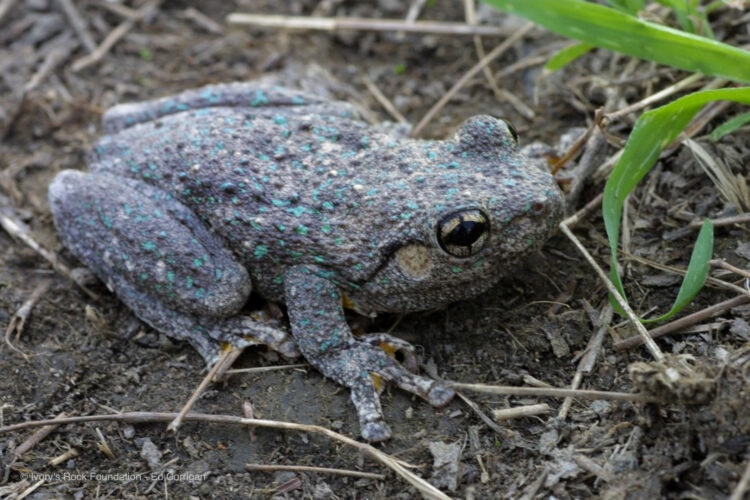
Perons Tree Frog
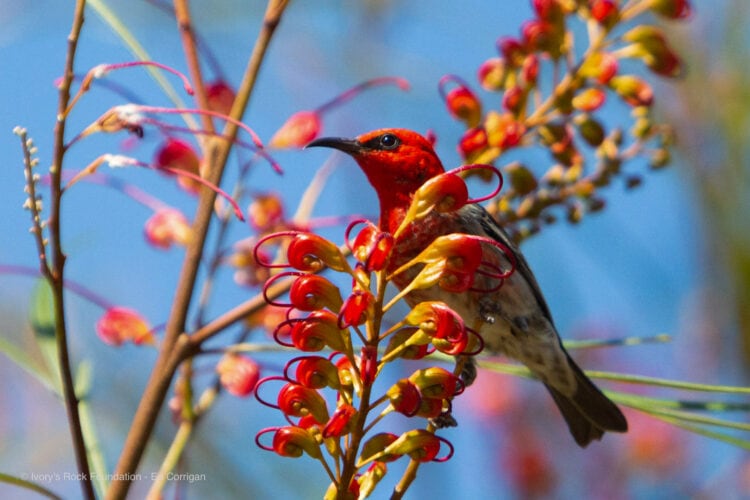
Scarlet Honeyeater
Diet: beetles, flies, moths & caterpillars.
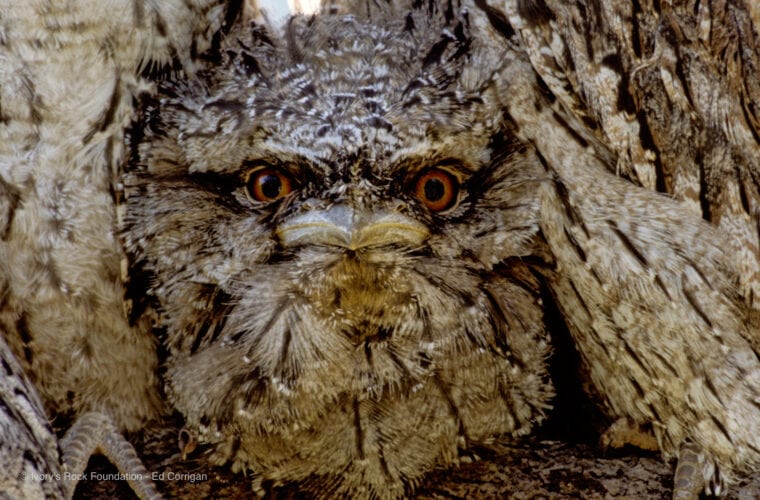
Tawny Frogmouth
More closely related to Owlet-nightjars than to Owls.
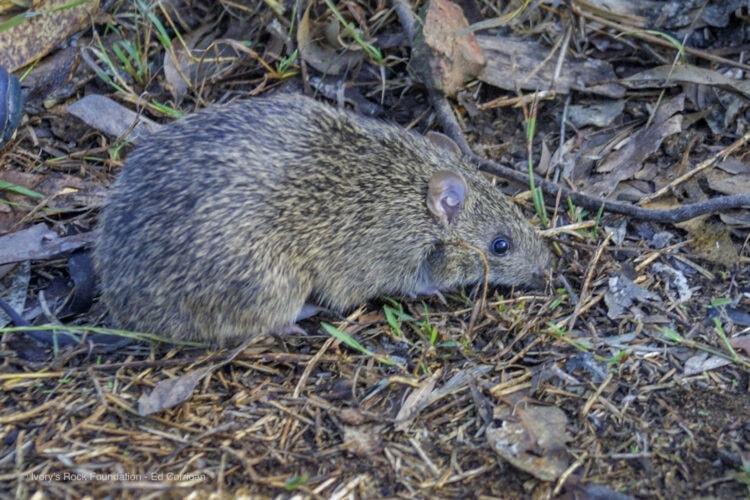
Bandicoot
Territorial. Solitary except in breeding season.
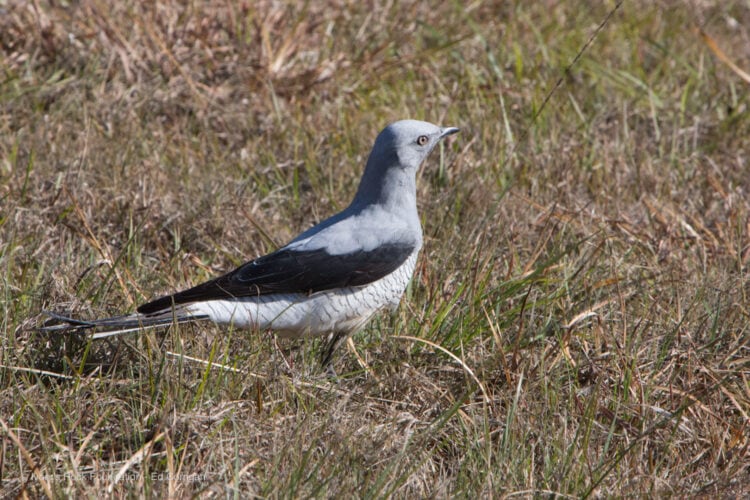
Ground Cuckooshrike
Long legs, runs quickly. Forages for invertebrates.
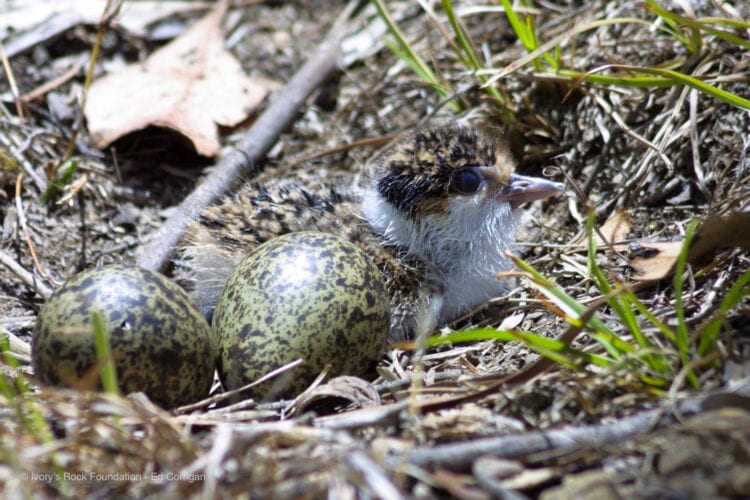
Masked Lapwing Hatchling
Nests are often in exposed vulnerable sites.
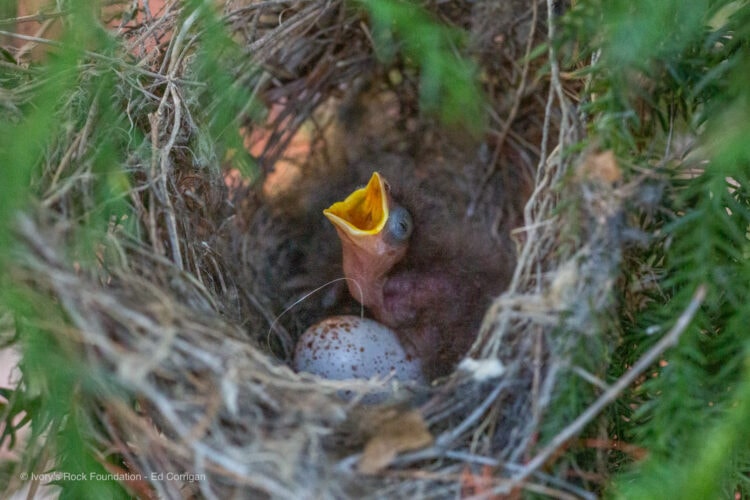
Noisy Miner Nest Chick
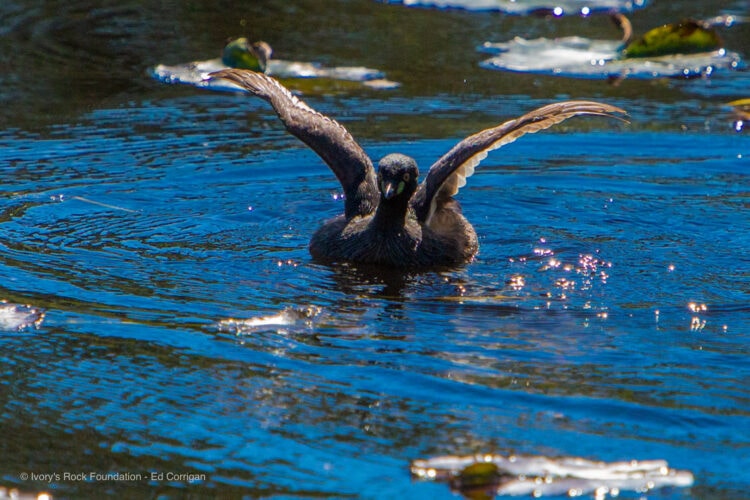
Australian Grebe
Dives deeply to catch fish
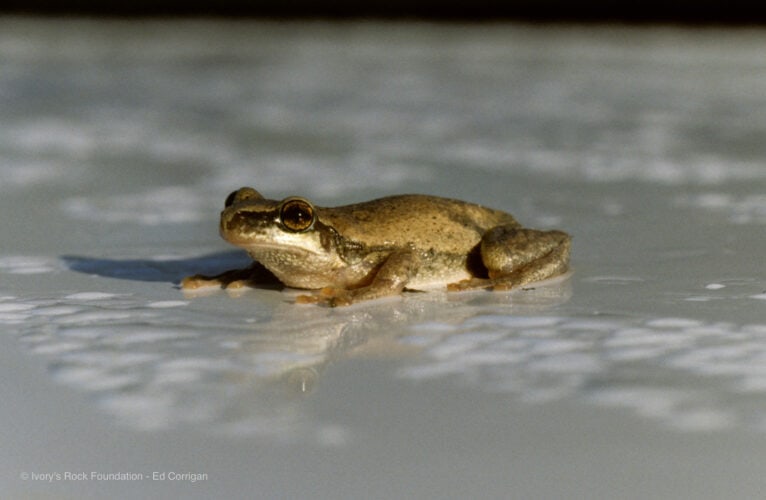
Eastern Sedge Frog
Environment affects frog's colour - fawn to light green
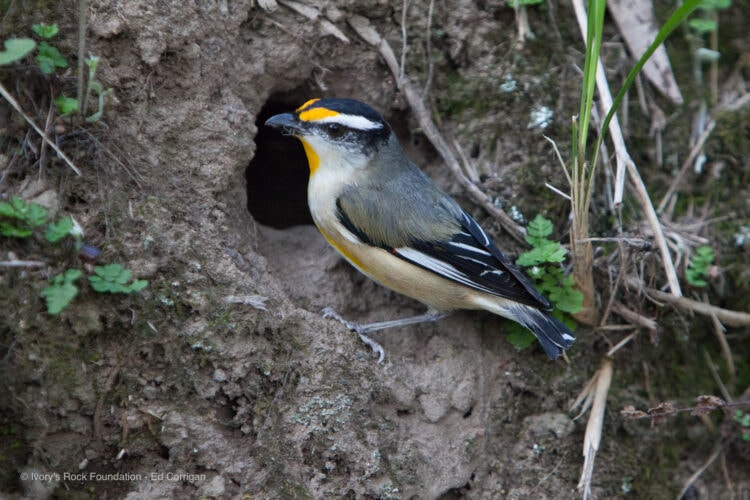
Pardalote
Also known as Peep-wrens. Length 8–12 cm
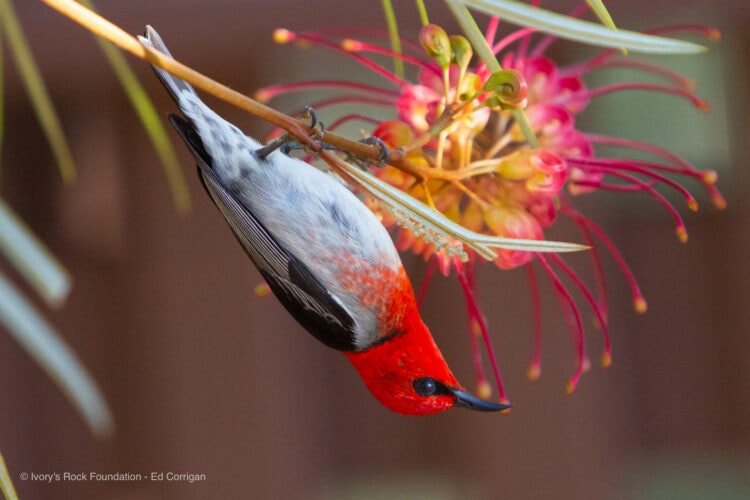
Scarlet Honeyeater
Diet: Insects & nectar, taking flying insects on the wing.
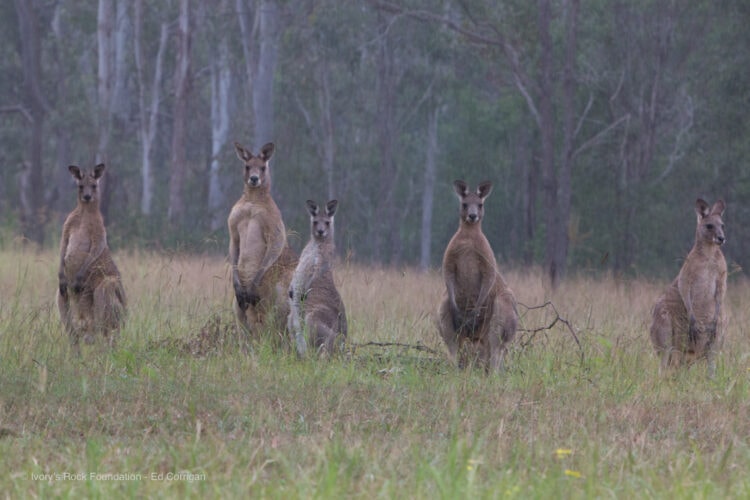
Eastern Grey Kangaroo Mob
'Mobs' is the term for groups of Kangaroos or Wallabies.
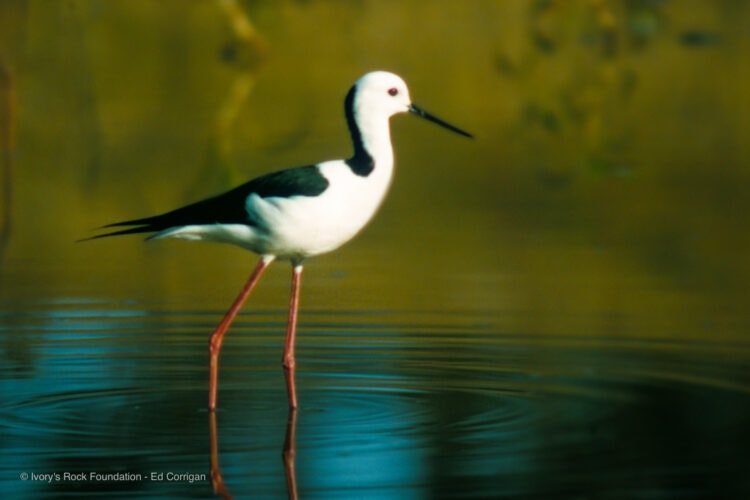
Black Winged Stilt
Wading bird, feeding on insects & small fish.
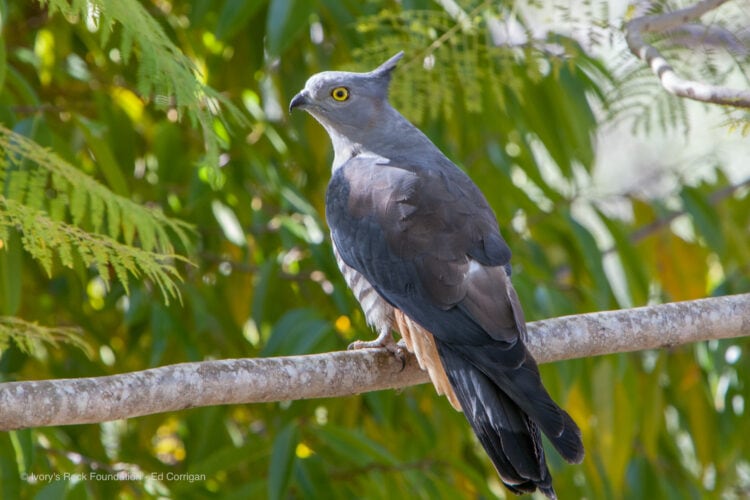
Pacific Bazza
Diet: fruits, insects, frogs, birds, snakes, lizards.
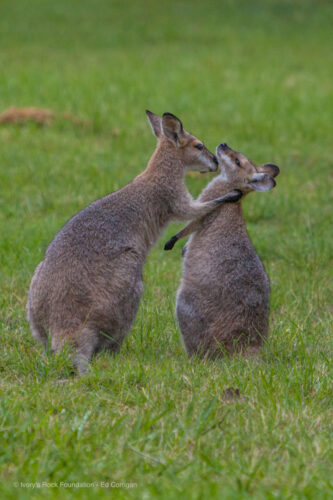
Red-neck Wallabies
Grooming each other.
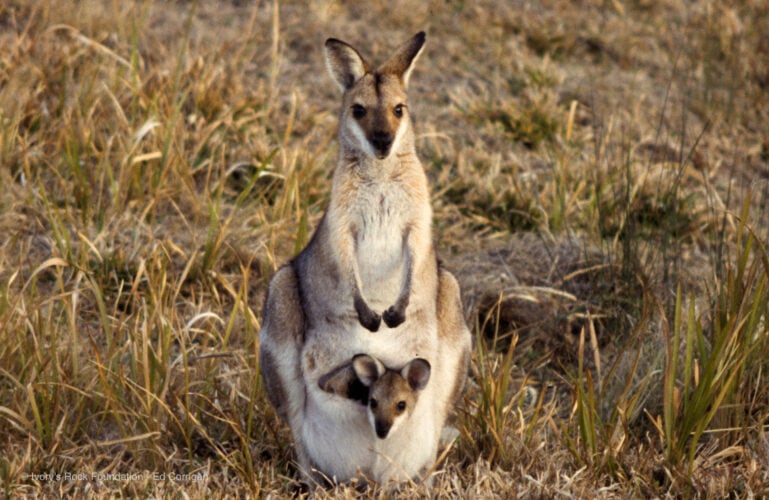
Red-neck Wallaby Pouch Joey
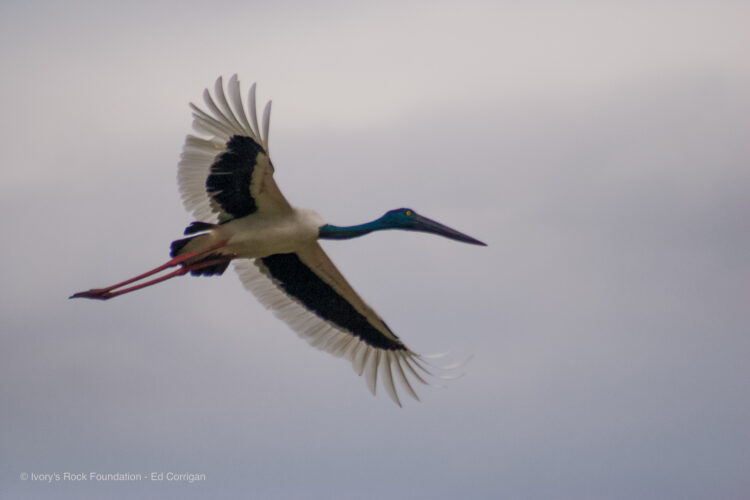
Jabiru
Australia’s only stork. Also known as the Black-necked Stork.
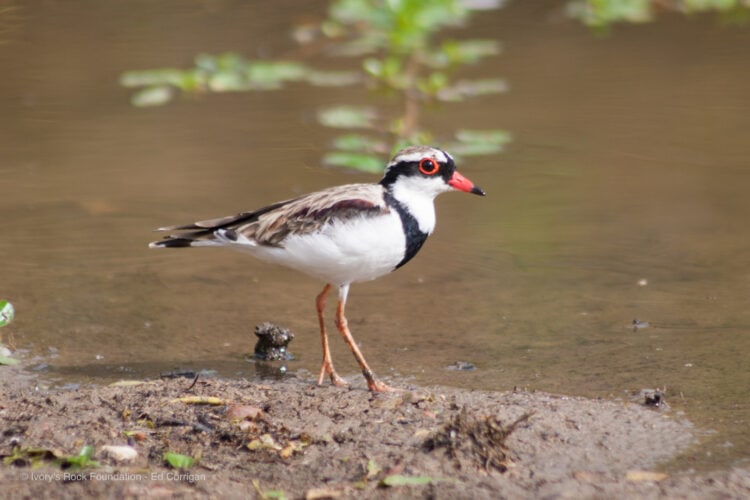
Black-fronted Dotterel
Usually lives alone. Forms large flocks up to 100 in winter.
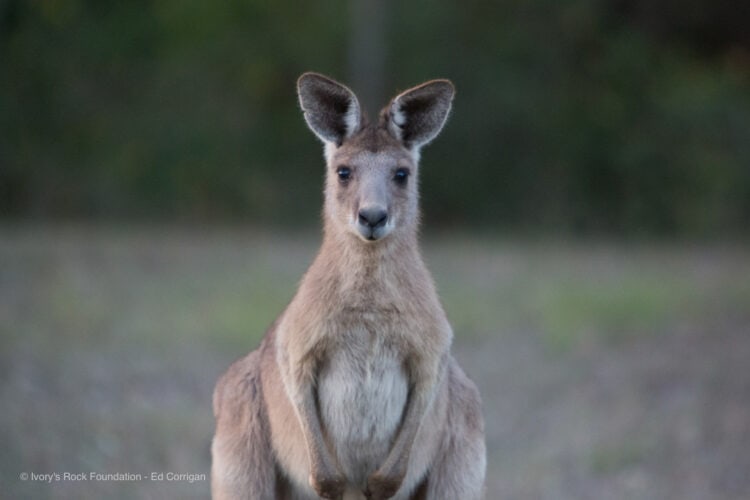
Eastern Grey Kangaroo
Joeys are independent at 18 months.
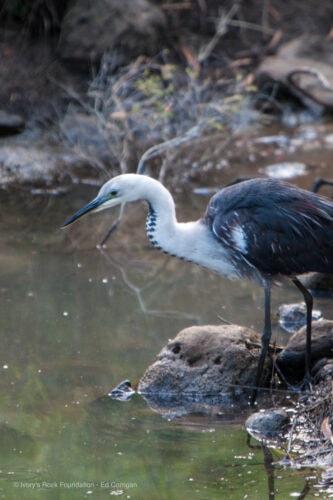
White-necked Heron
Also known as the Pacific Heron
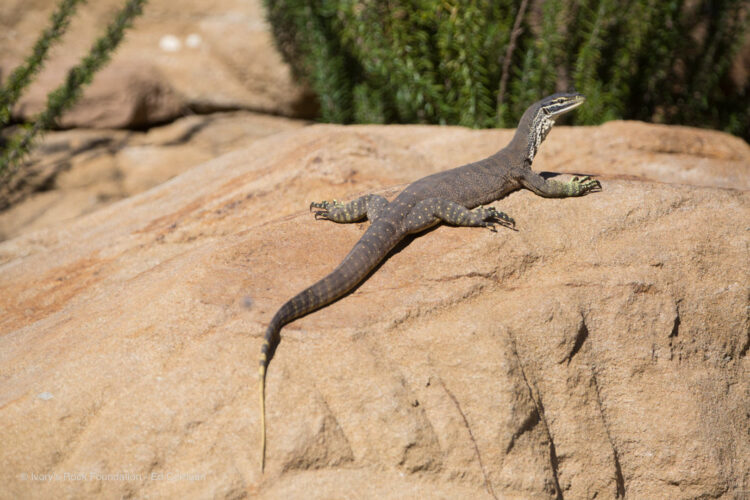
Goanna
Diet: carrion, eggs, chicks, small mammals, snakes.
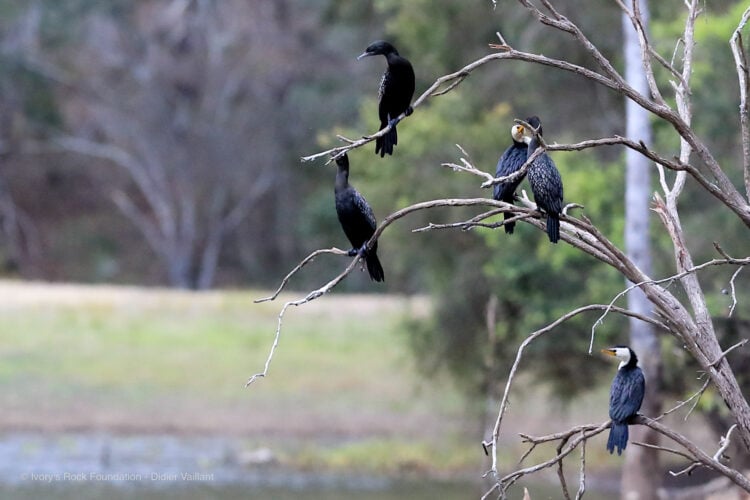
Cormorants sur le lac
Form large flocks, forages on water.
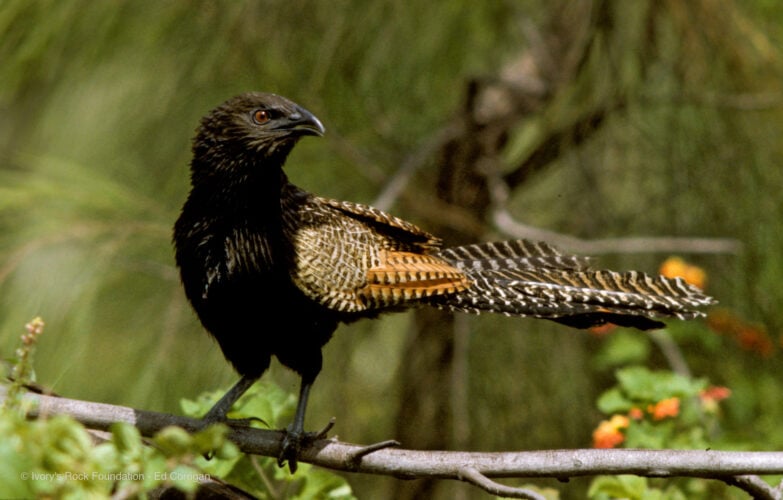
Pheasant Coucal
When disturbed, runs rather than fly, or flies clumsily. Ground dwelling in dense undercover.
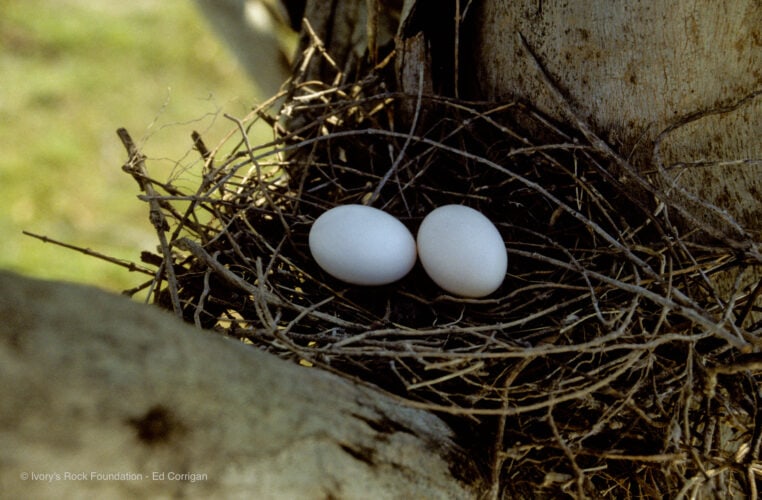
Crested Pigeon Nest
Young hatch after 3 weeks.
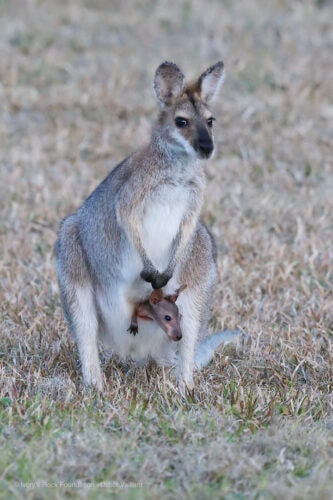
Red-necked Wallaby with Pouch Pinky
A 'Pinky' has no fur. Once it grows fur it is called a 'Joey'.
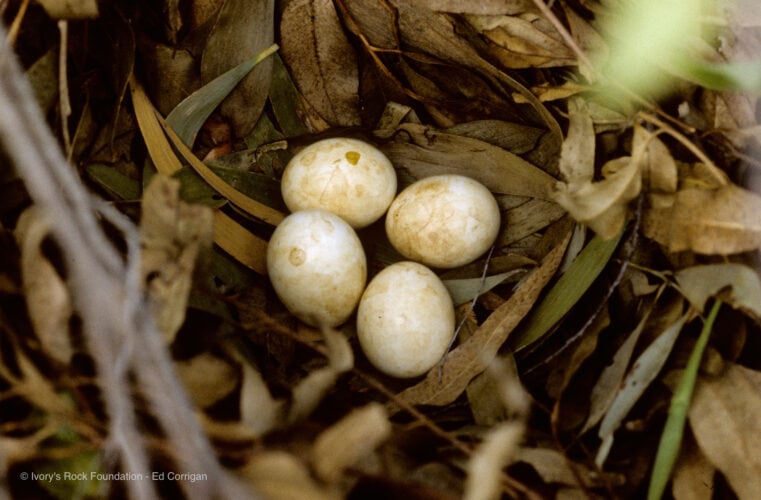
Pheasant Coucal Nest
The only Australian cuckoo that raises its own young. Nests are on the ground.
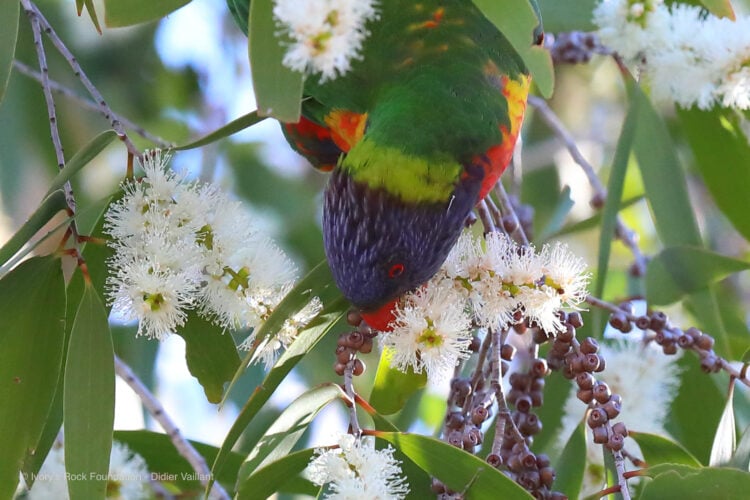
Rainbow Lorrikeet
Diet: Pollen, nectar of grevilleas, banksias, melaleucas, eucalyptus flowers. Also insects & fruits.
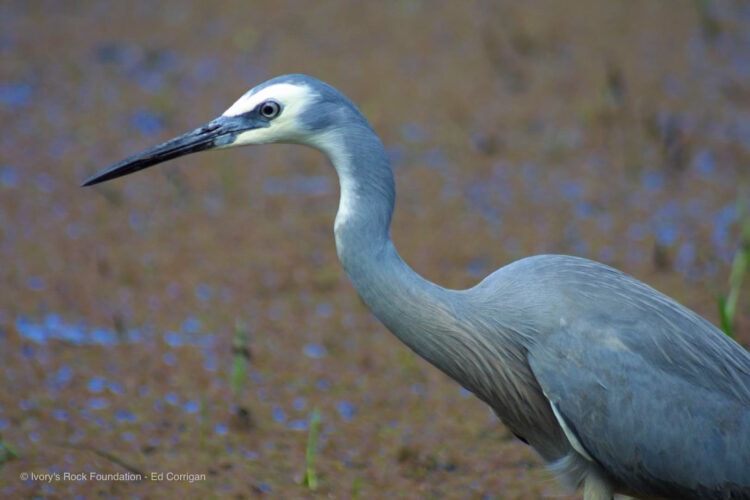
White-faced Heron
Nests have a haphazard appearance, made of sticks in a tree.
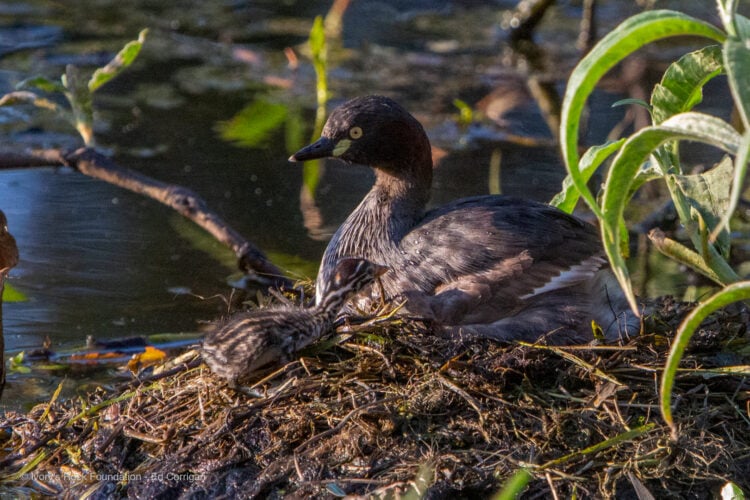
Australian Grebe Nest Chick
Floating Nest made from vegetation
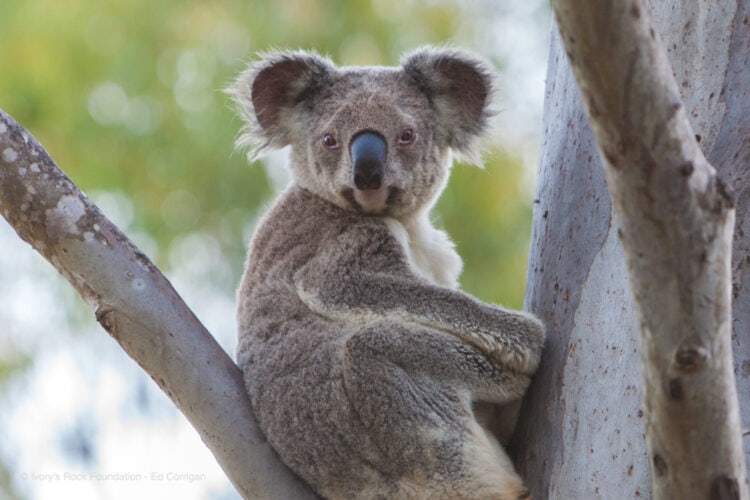
Koala
In 2022 listed as Endangered in Queensland.
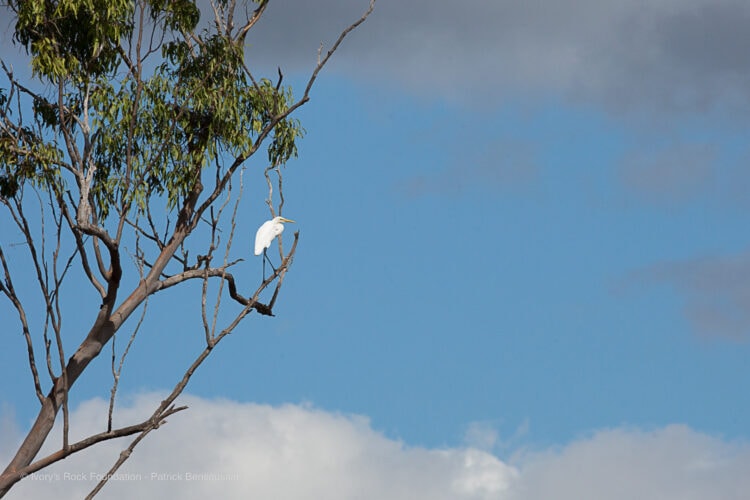
Great Egret
Usually hunts in water, also takes prey while in flight.
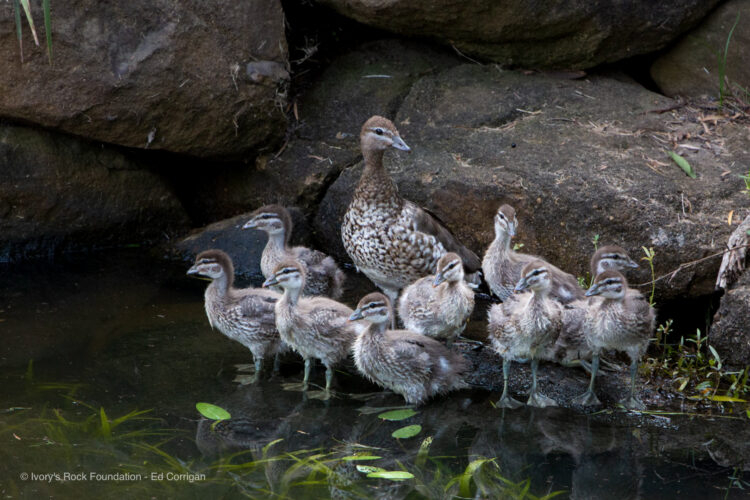
Wood Duck Mother with Fledgings
Also known as the Maned Duck.
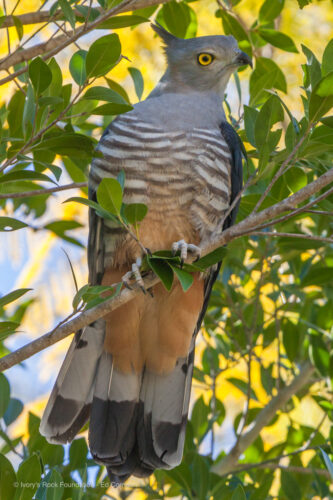
Pacific Bazza
Also known as the Crested Hawk.
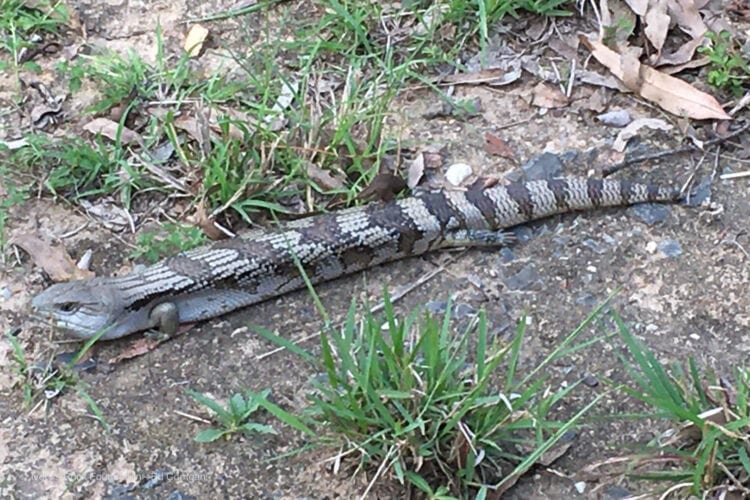
Eastern Blue-tongue Lizard
Protrudes large blue tongue to scare predators
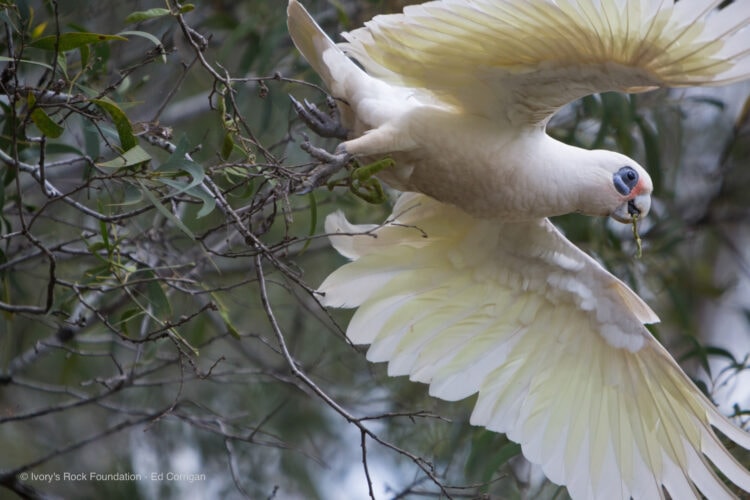
Little Corella
Pair for life. Nest in tree hollows. Both parents care for young.
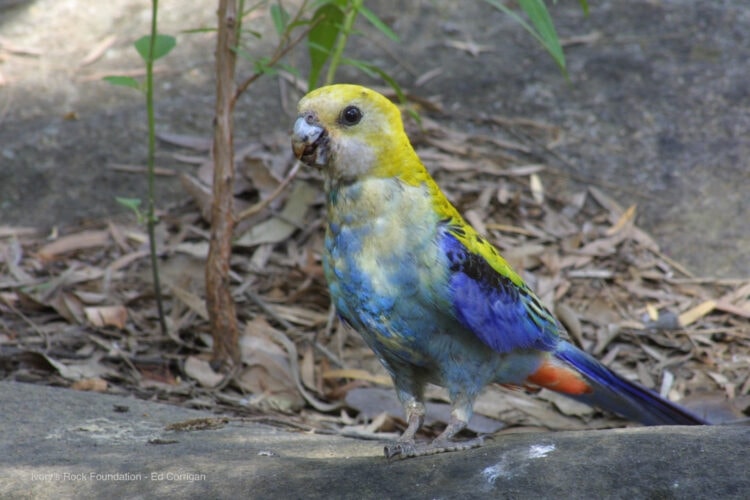
Pale-headed Rosella
Nests in deep hollows of large trees in open woodland.
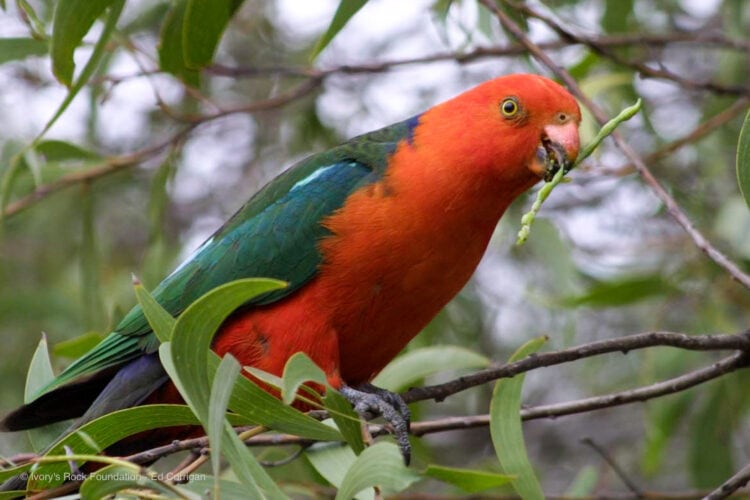
King Parrot Male
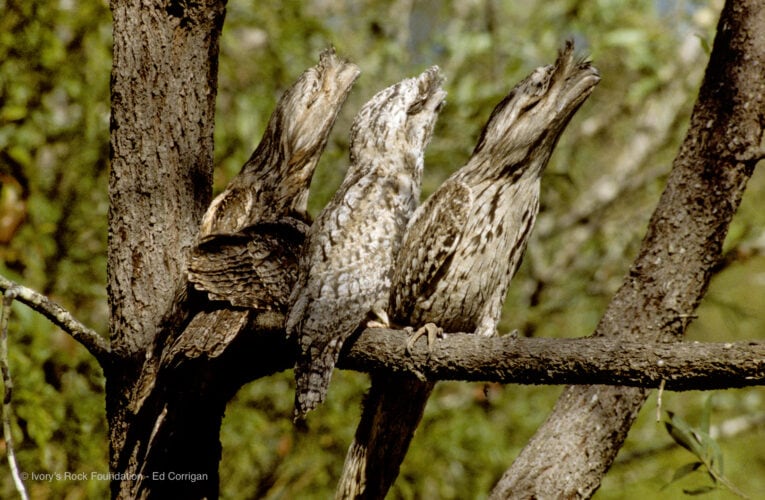
Tawny Frogmouths
Experts in camouflage, amongst the tree branches.
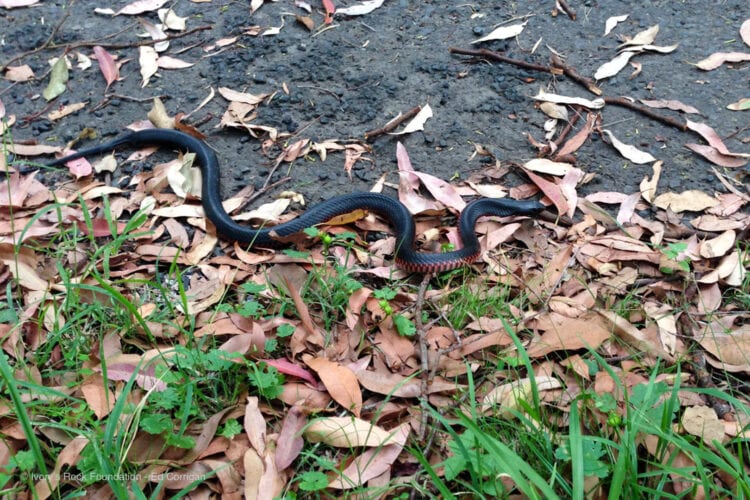
Red Belly Black Snake
Venomous. Will flee when threatened. Diet: fish, tadpoles, frogs, lizards, snakes & mammals.
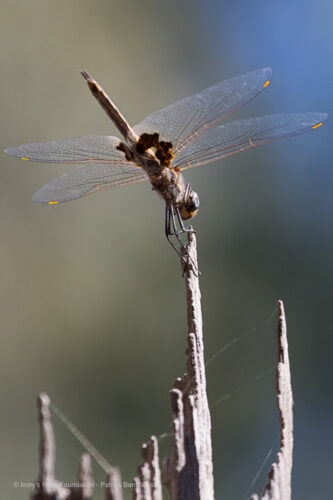
Fiery Skimmer Dragonfly
Female. Length is approx 7cm
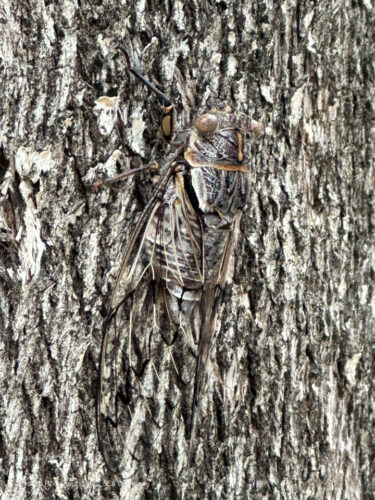
Cicada
The song of many Cicadas can be deafening loud!
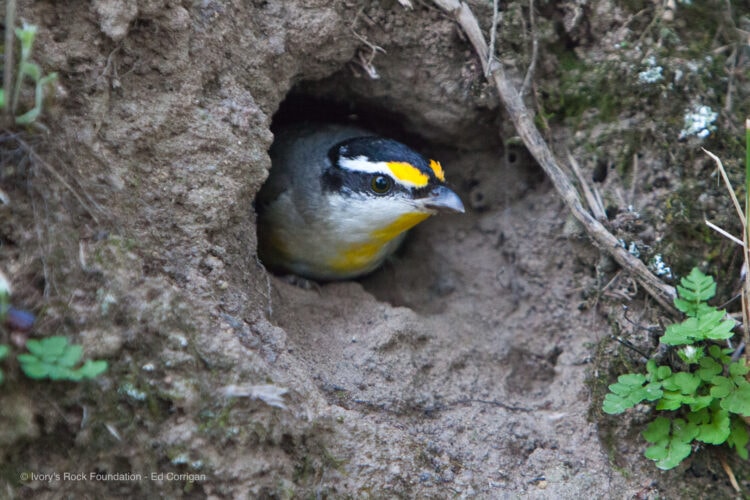
Pardalote
Nests can be 1 metre deep in banks of earth.
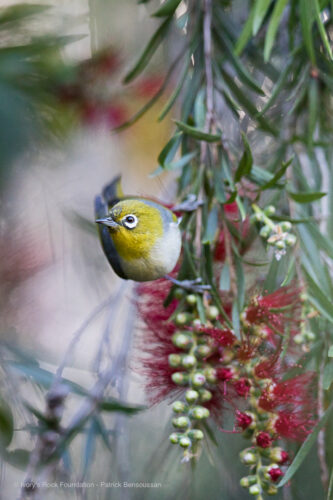
Silvereye
A small finch. Length: 11 - 13 cm Weighs approx 10 gms
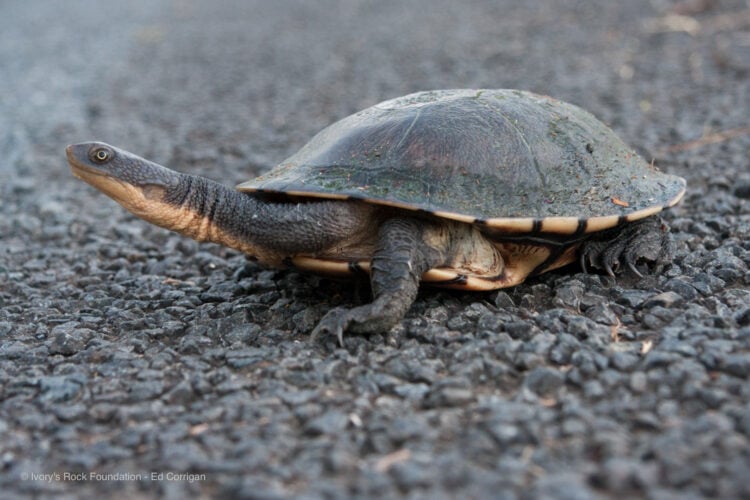
Eastern Long necked Turtle
Solitary animals. Can move long distances.
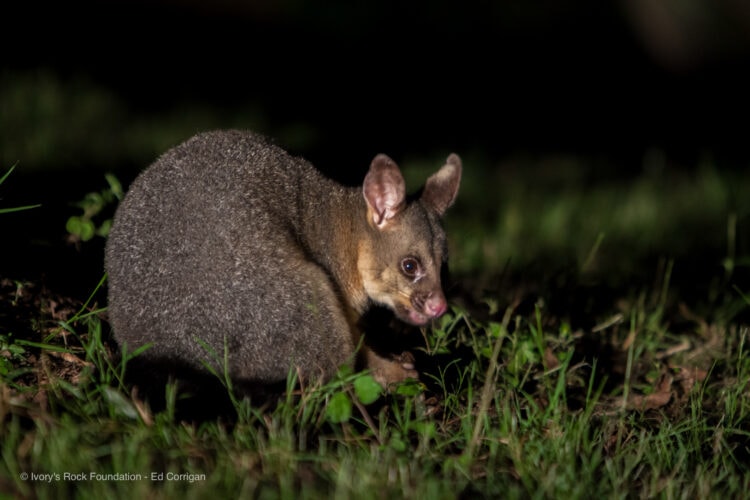
Brush-tail Possum
Nocturnal. Nest in tree hollows. Solitary.
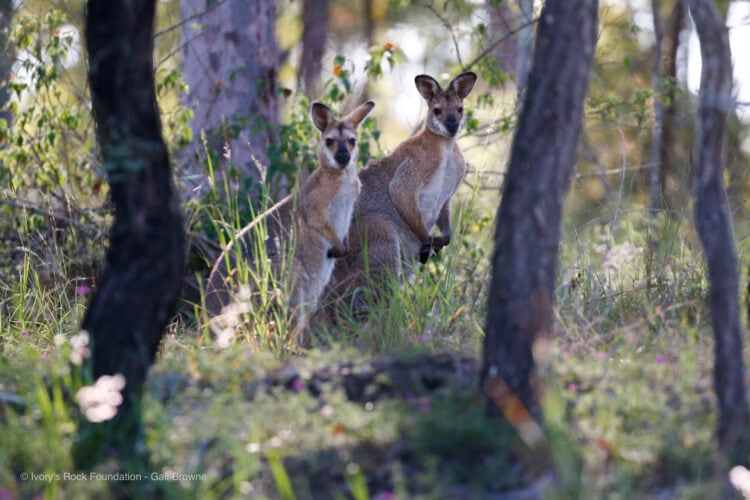
Red-neck Wallabies
Inhabits eucalypt forests.
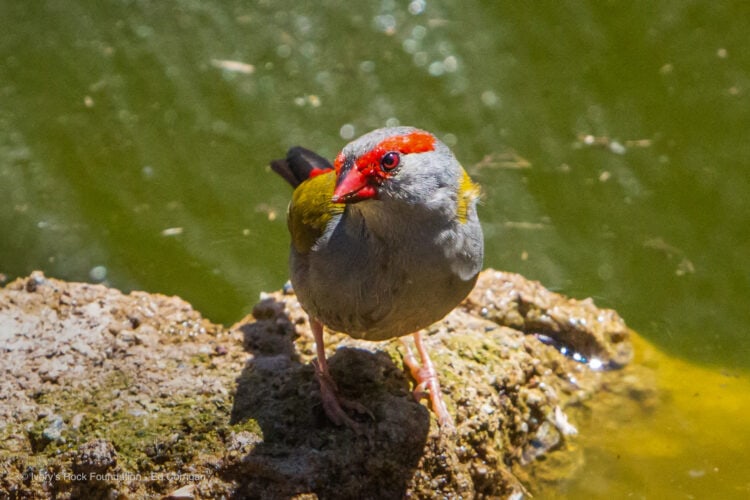
Red-browed Firetail Finch
Found in dense vegetation & grassy areas.
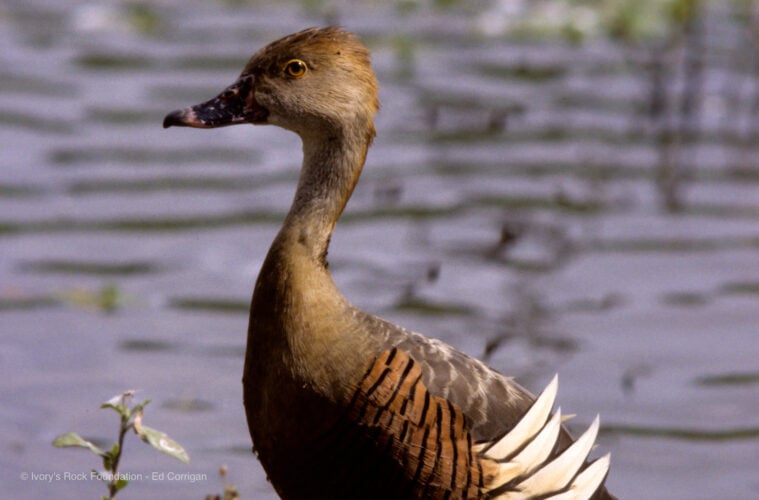
Plumed Whistling Duck
Also known as Grass Whistling Duck
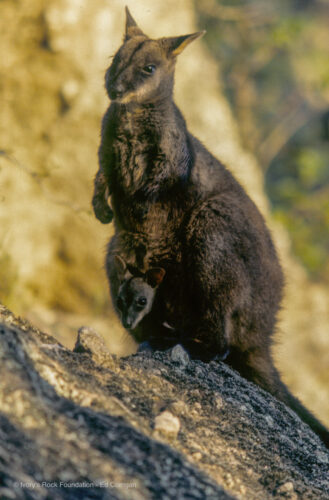
Brush-tail Rock Wallaby
Photographed approx 20 years ago.
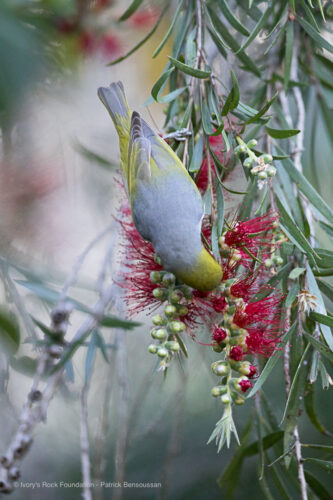
Silvereye
Diet: Insects, fruit & nectar.
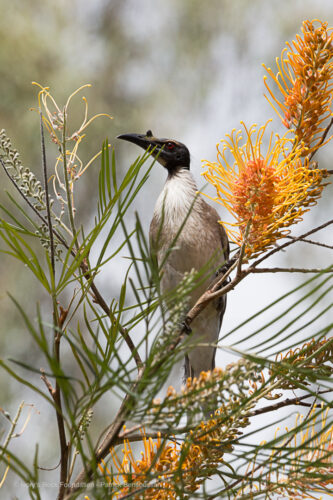
Noisy Friarbird
Enjoying Grevillea flower nectar
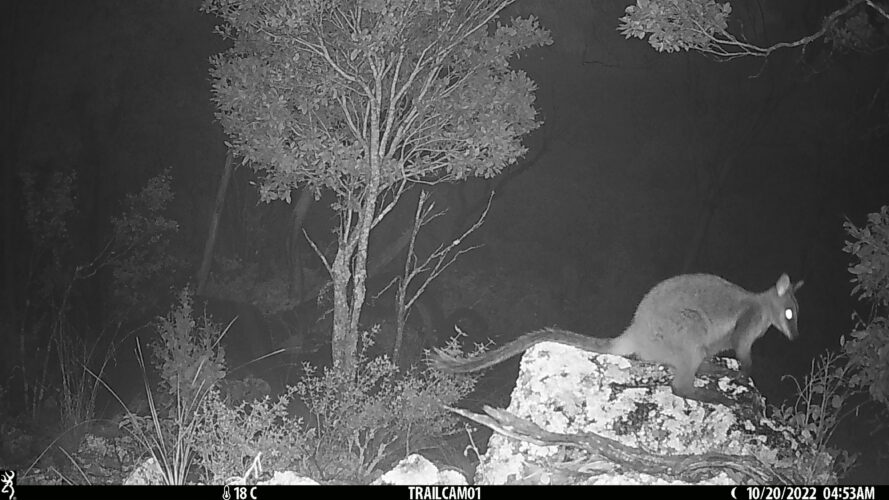
Brush-tail Rock Wallabies
Wildlife Queensland photo. Confirms presence at Ivory's Rock in 2022!
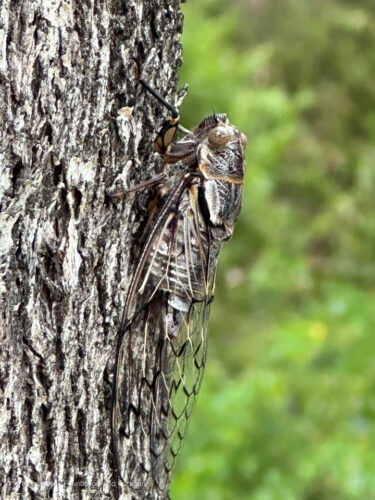
Cicada
Cicada nymphs spend years underground. They climb trees to emerge as adults.
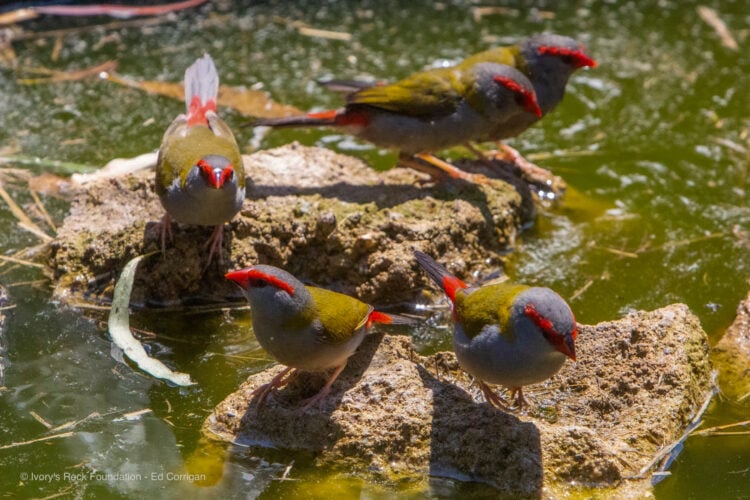
Red-browed Firetail Finches
Large dome nests built in undergrowth. Side tunnel entrance.
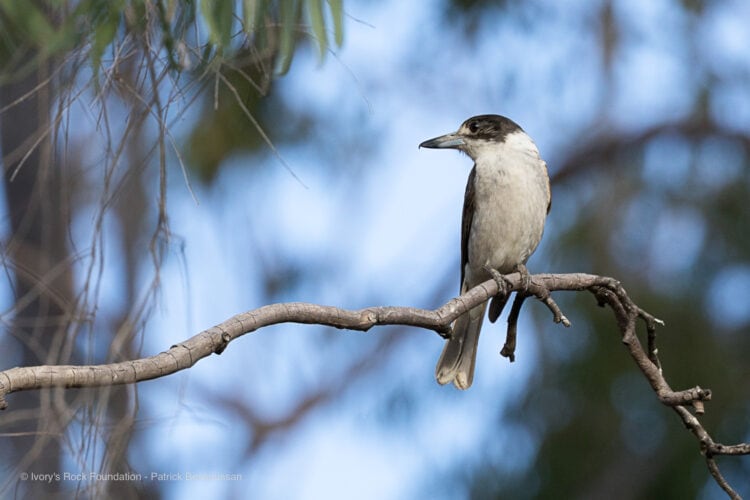
Grey Butcherbird
Beautiful songbird. Closely related to the more ground dwelling Magpie.
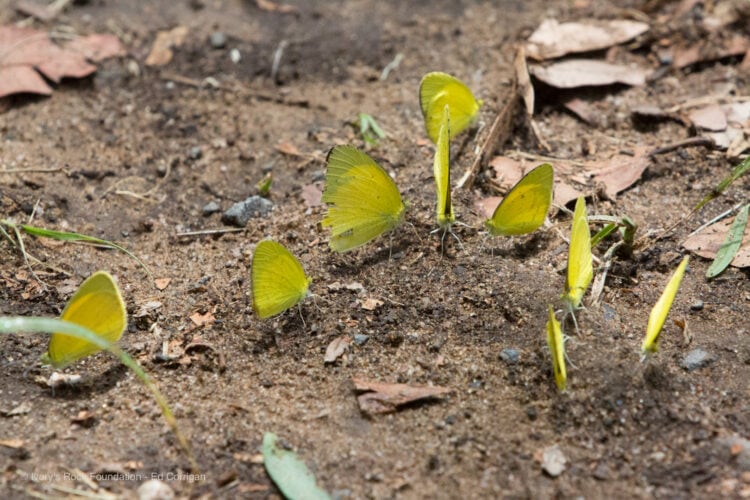
Lemon-migrant Butterflies
Butterflies migrate to lay eggs on Cassia plants.
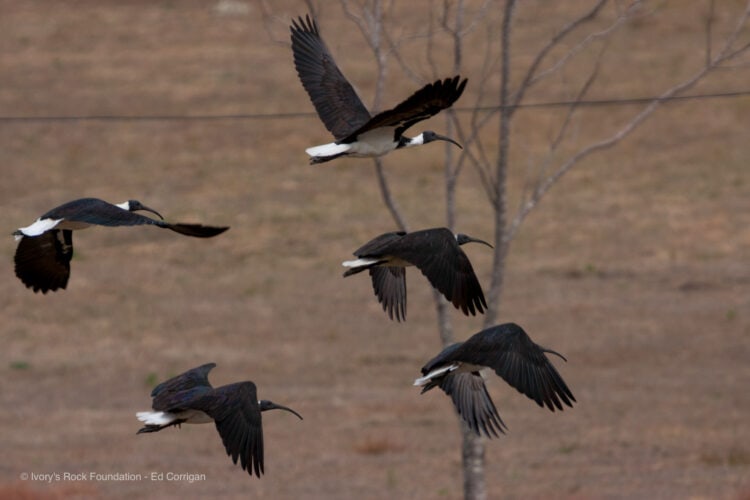
Ibis Flock
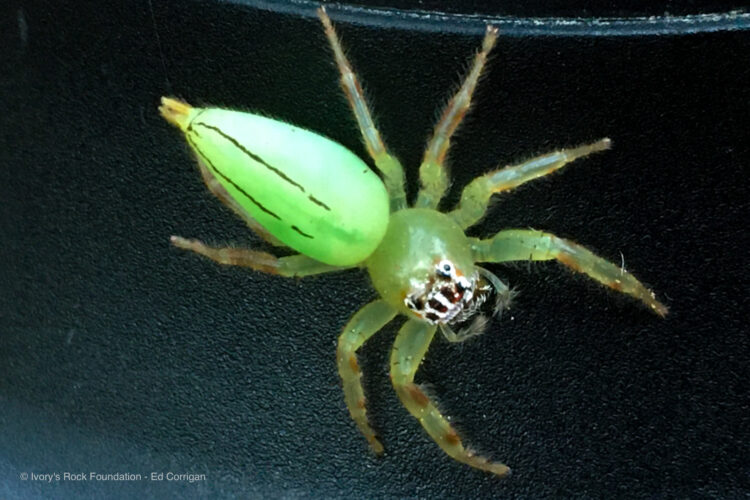
Green Jumping Spider
Uses vision to stalk prey. A silk safety line prevents it from falling.
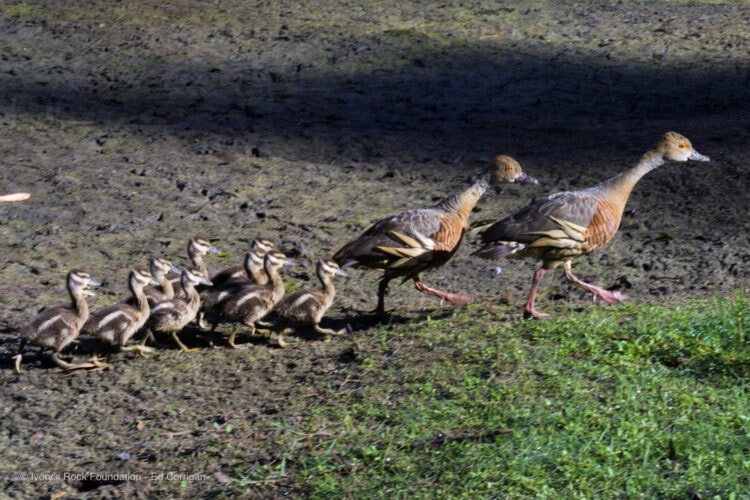
Plumed Whistling Ducks family
Plucks grass on land. Also takes food from water's surface.
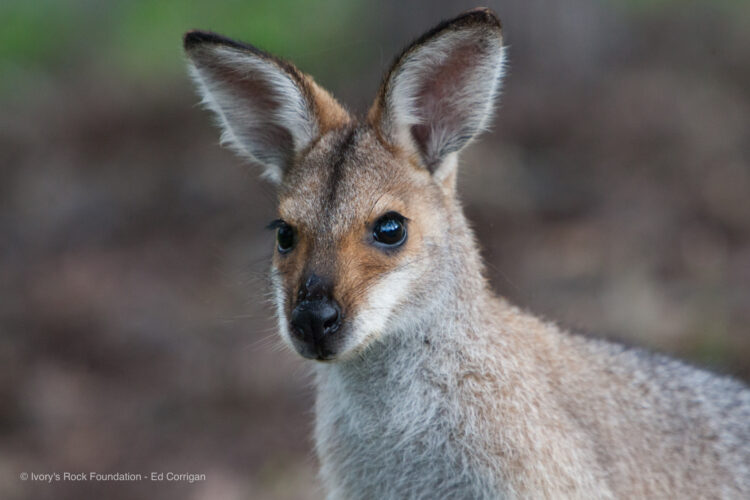
Red-neck Wallaby
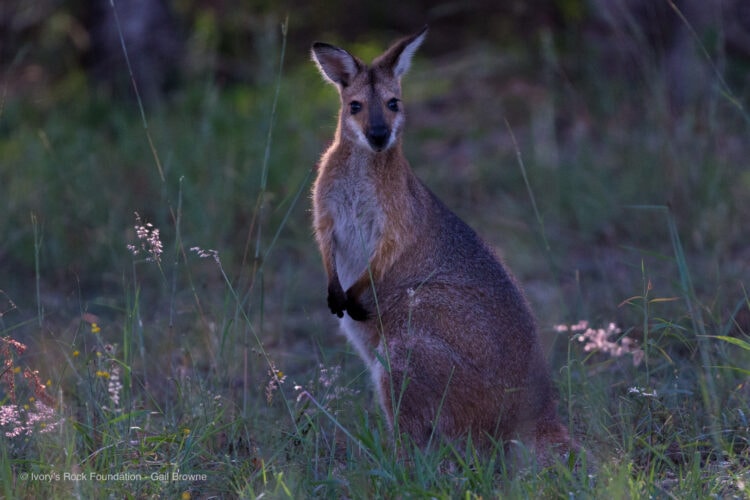
Red-neck Wallaby
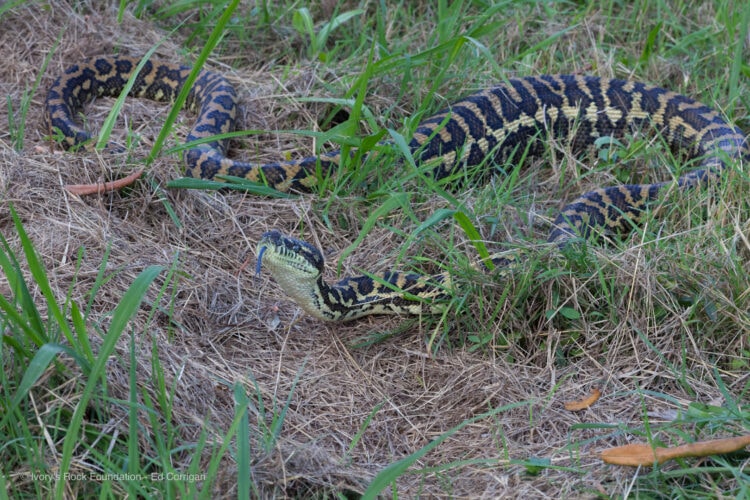
Carpet Python
Diet: mammals, birds, reptiles.
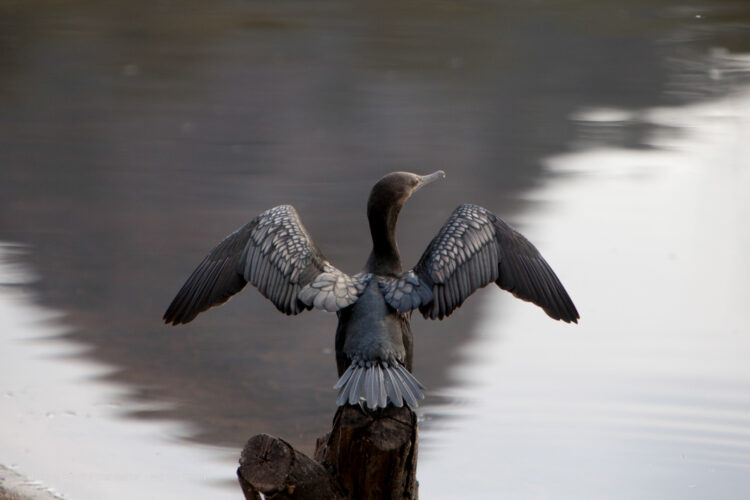
Little Black Cormorant
Excellent divers & swimmers Webbed feet.
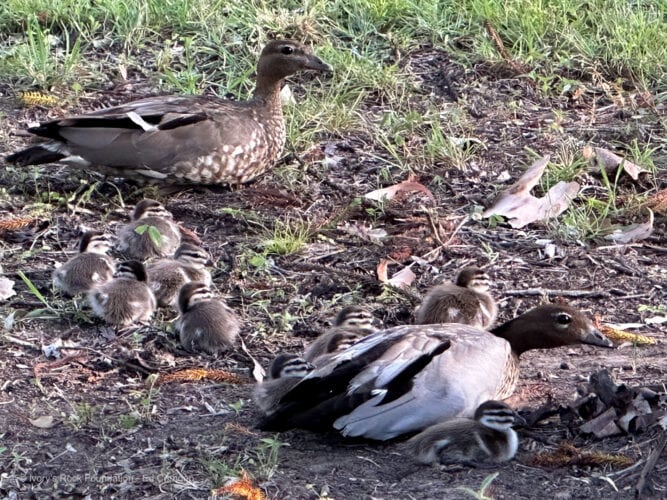
Wood Duck family
Able to walk easily on land. Forages in grasses, clover, eats insects.
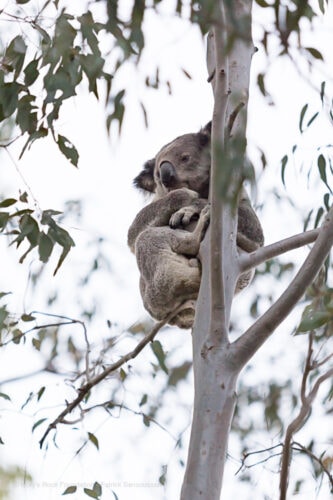
Koala
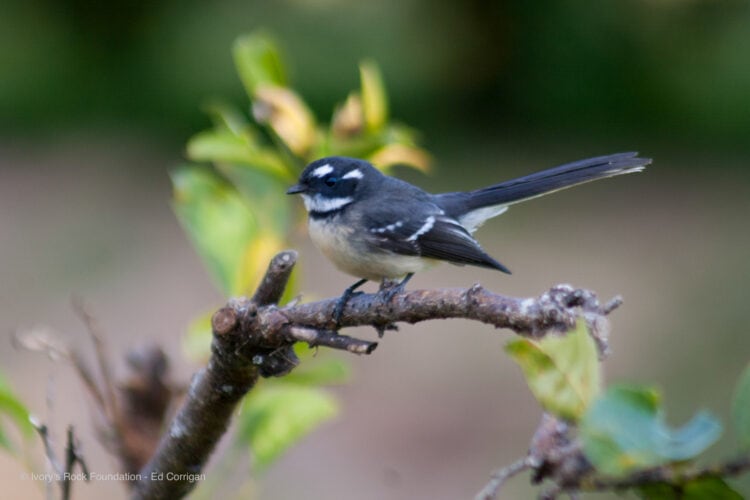
Grey Fantail
Builds several nests in breeding season. Lays eggs in only one.
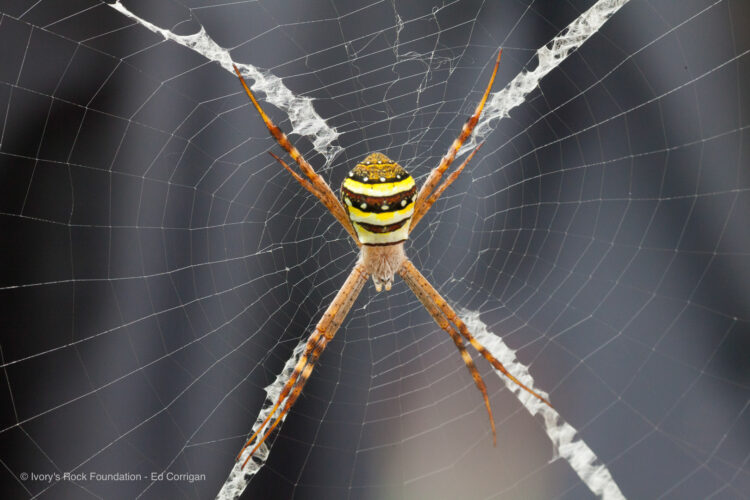
St Andrews Cross Spider
Named for their bright zig zag web decorations.
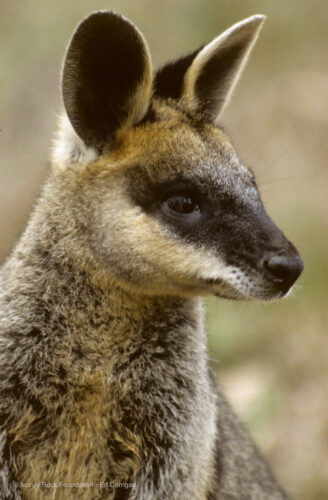
Swamp Wallaby
Solitary animal. Habitat: thick forest undergrowth.
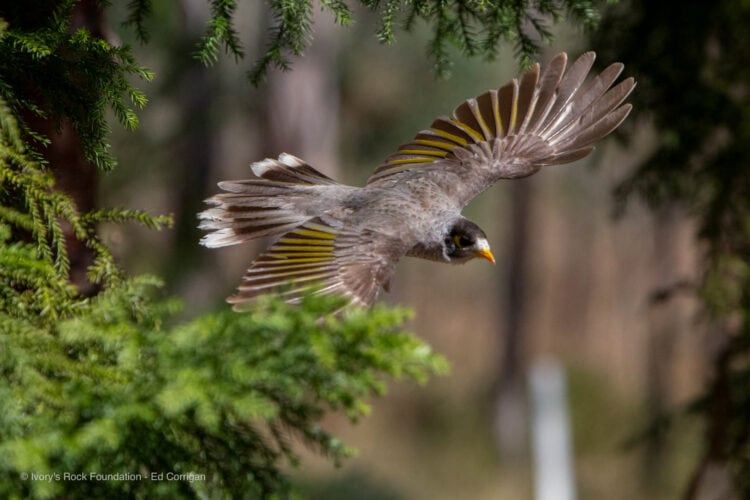
Noisy Miner
Highly social & territorial birds.
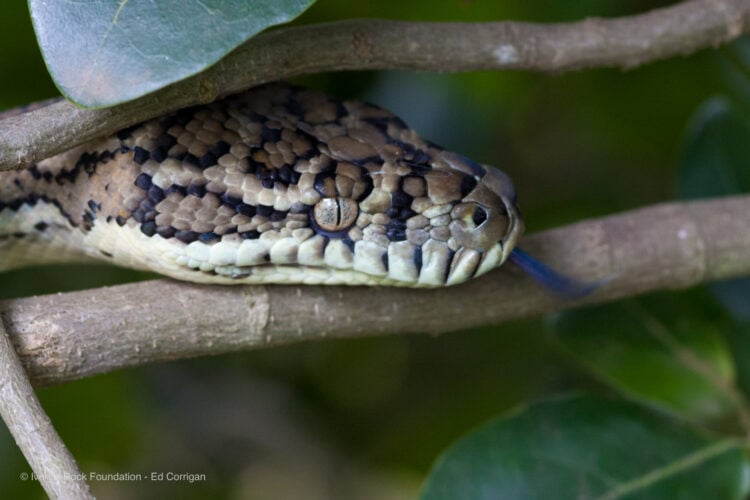
Carpet Python
Non-venomous. Constricts & suffocates prey.
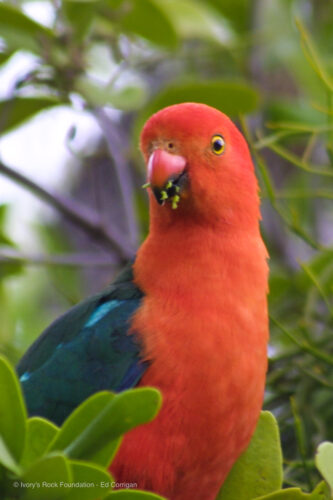
King Parrot Male
Known for its loud & musical call
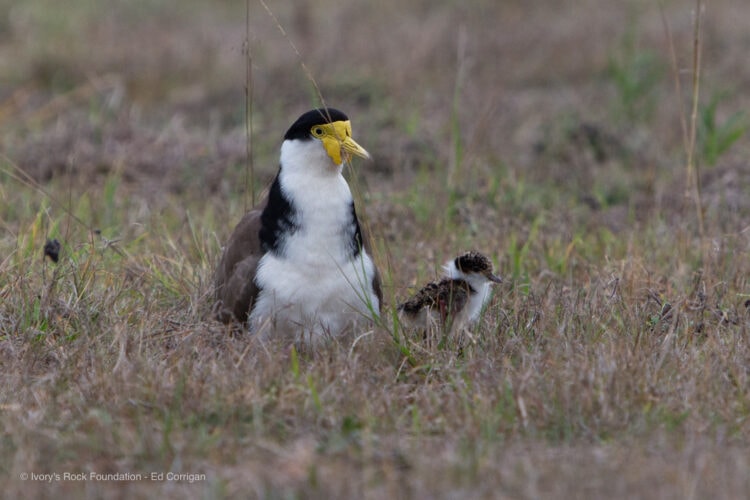
Masked Lapwing and Chick
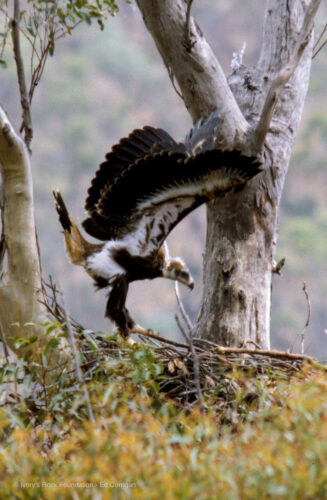
Wedge-tailed Eagle Fledgling
Diet: Mostly carrion. Also live rabbits & small animals.
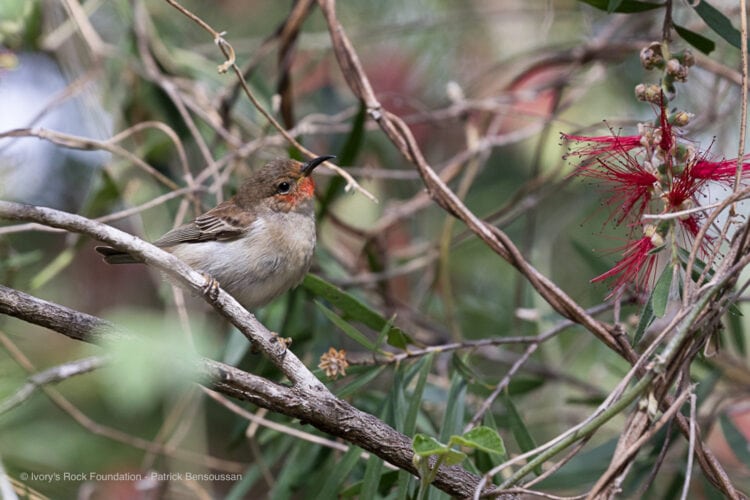
Scarlet Honeyeater Female
Female incubates the eggs, but both parents feed the young. Up to 3 broods per season.
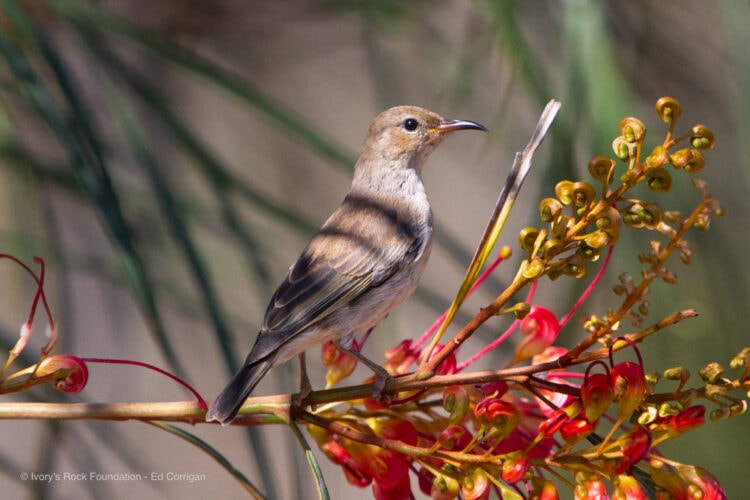
Brown Honeyeater
Loud strident call.
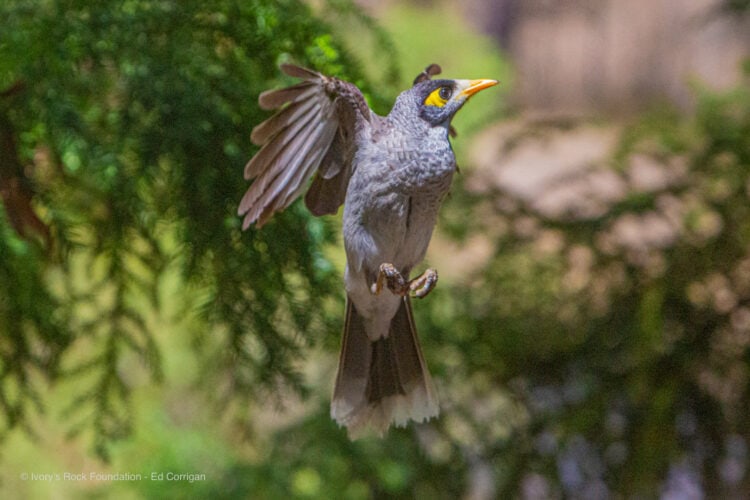
Noisy Miner
Diet: nectar, fruits, invertebrates, grubs, small reptiles, frogs.
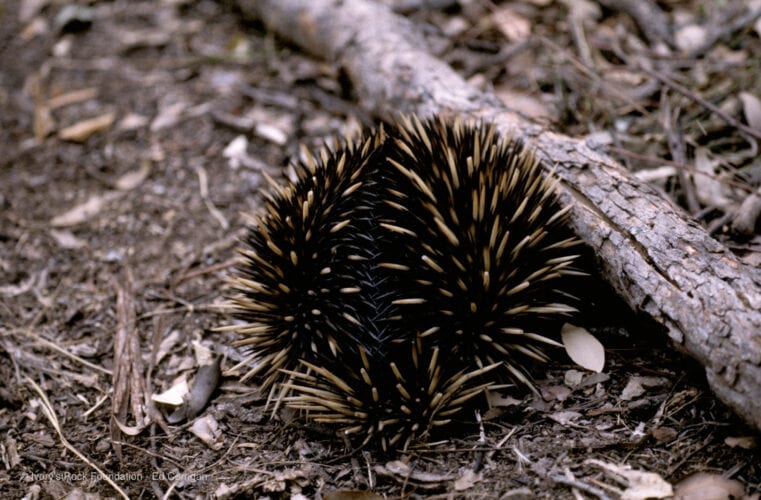
Short-beaked Echidna
Solitary. Lifespan:16 years. Length: 35 cm. Diet: Ants & termites.
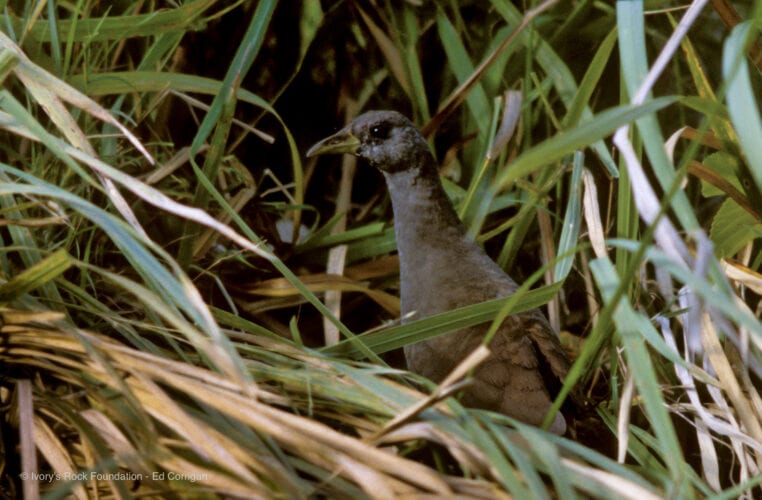
Pale-vented Bush Hen
Also known as Moorhen. Shy. Lives near water.
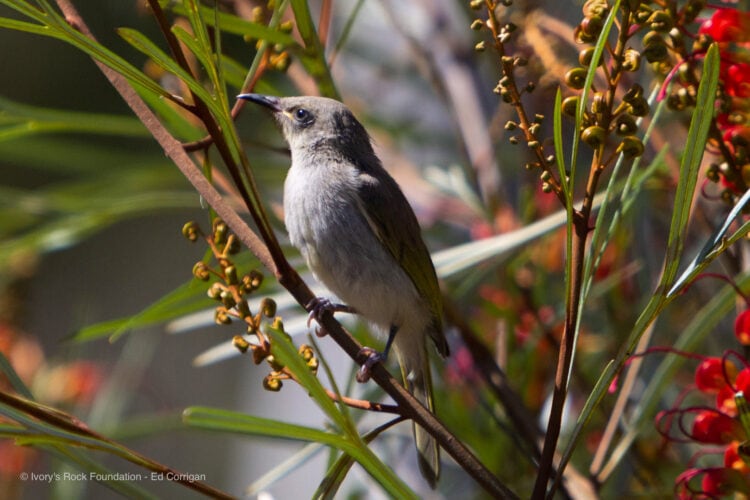
Brown Honeyeater
Diet: Nectar, also spiders & insects.
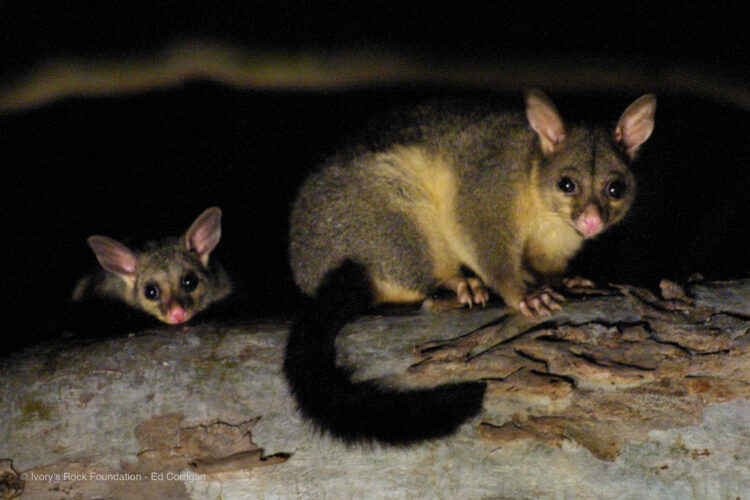
Brush-tail Possum
Marsupial. Carries young in pouch
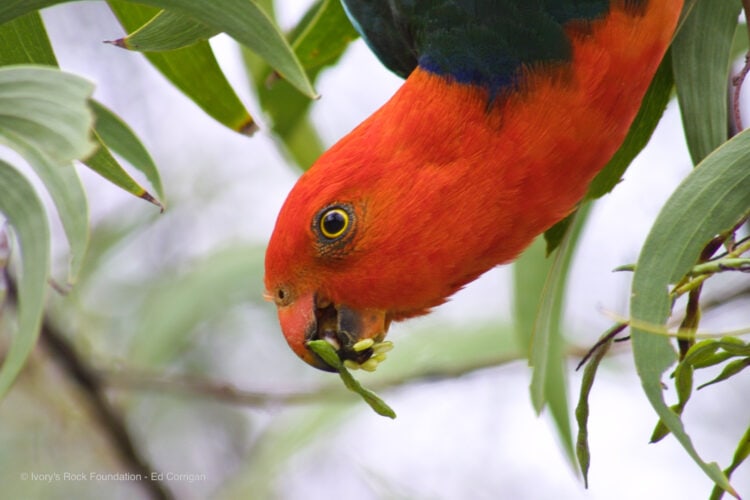
King Parrot Male
Widespread across east coast, including suburbs.
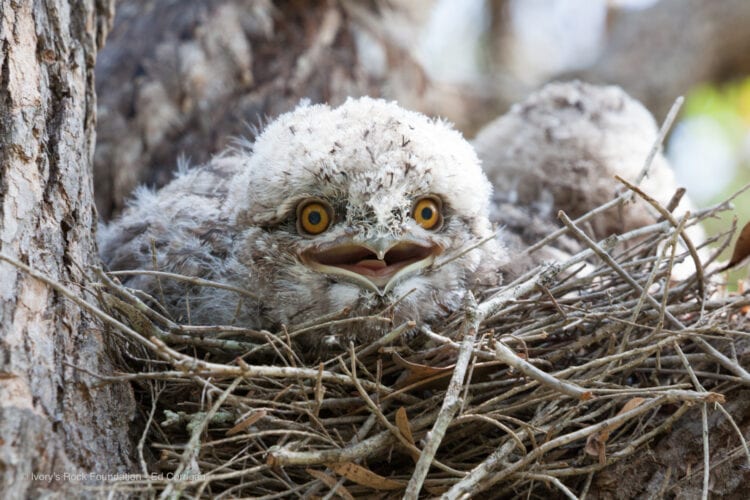
Tawny Frogmouth Chicks Nest
Nests are built in tree forks.
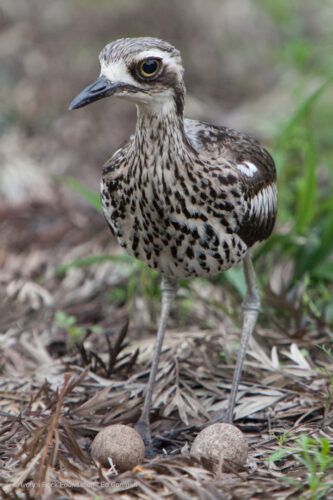
Bush Stone-Curlew Eggs
Nests on ground, amongst leaf litter
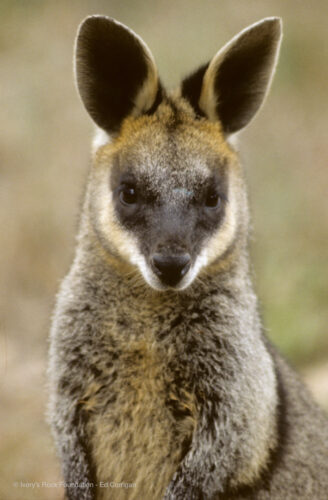
Swamp Wallaby
Swamp Wallabies can suckle two joeys of different ages.
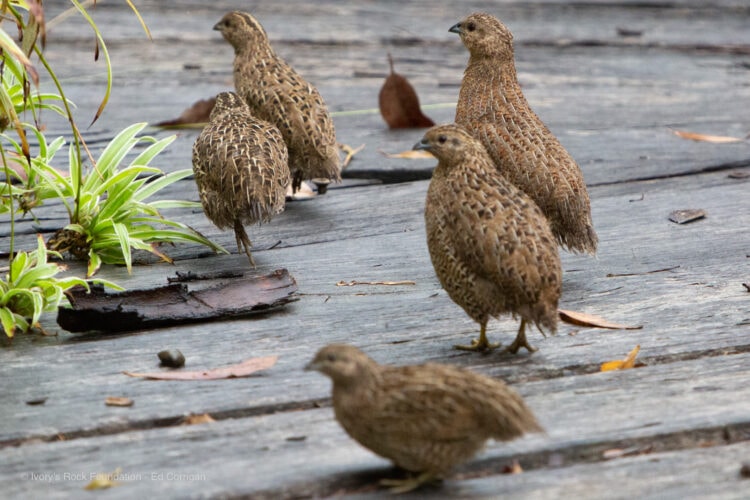
Brown Quails
Prefers to run and hide than fly
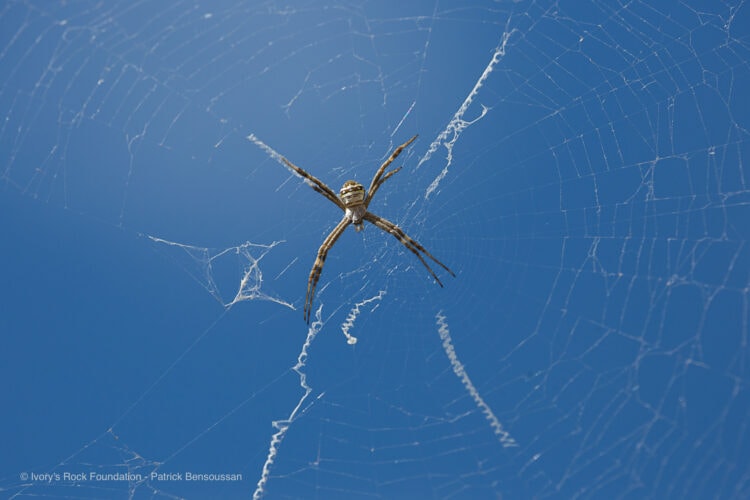
St Andrews Cross spider
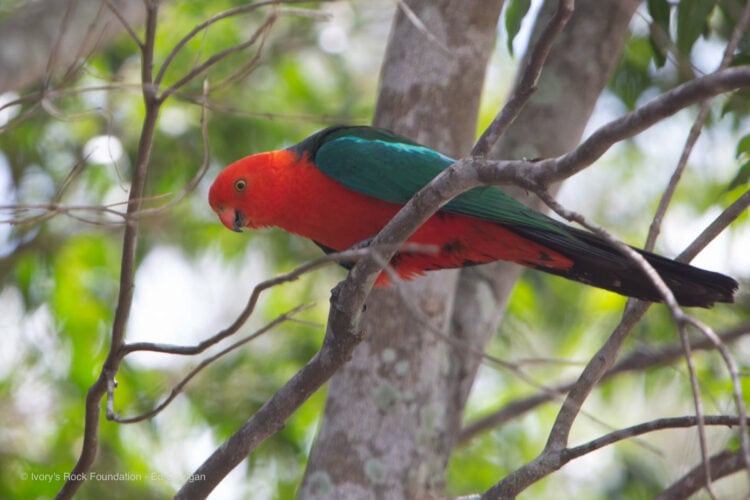
King Parrot Male
Usually seen in pairs or small family groups
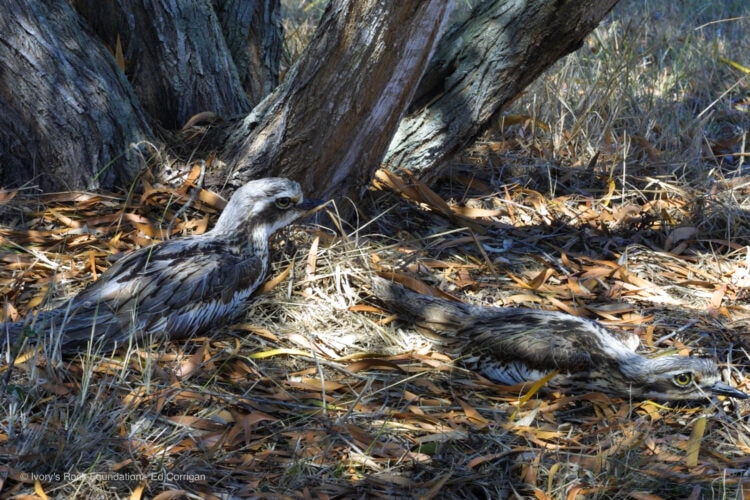
Bush Stone-Curlew Nest
Birds freeze to avoid detection.
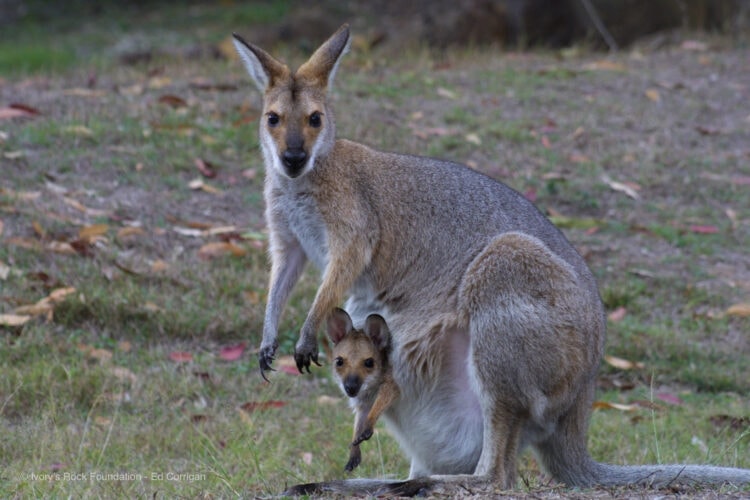
Red-neck Wallaby with Wallaby
Marsupials carry their young in their pouch.
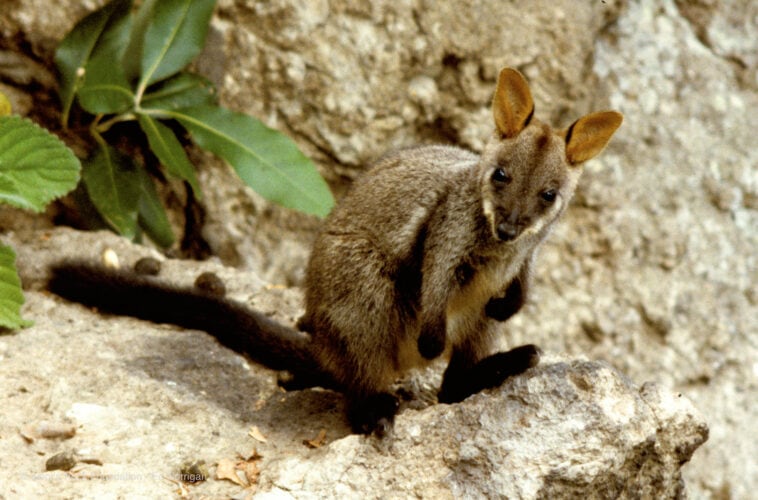
Brush-tail Rock Wallaby Joey
Vulnerable - foxes, wild dogs & competition from feral goats.
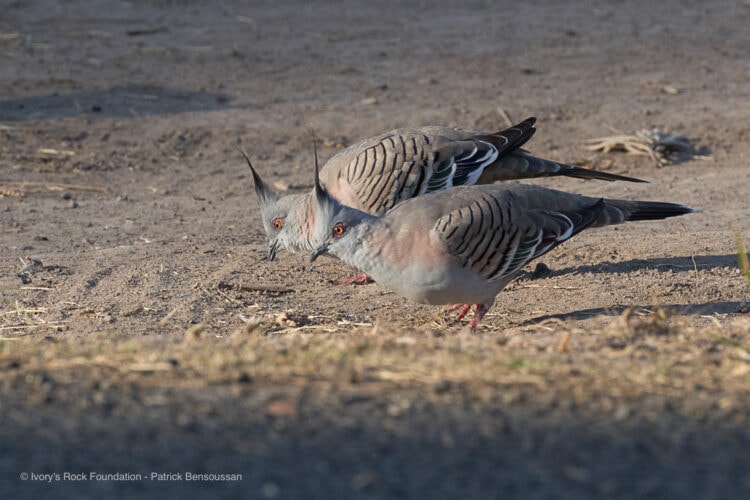
Crested Pigeons
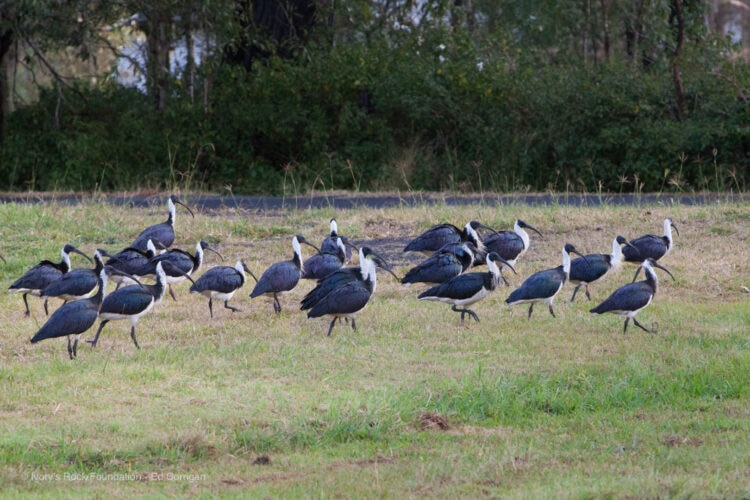
Strawnecked Ibis
Diet: invertebrates, frogs, lizards & small rodents.
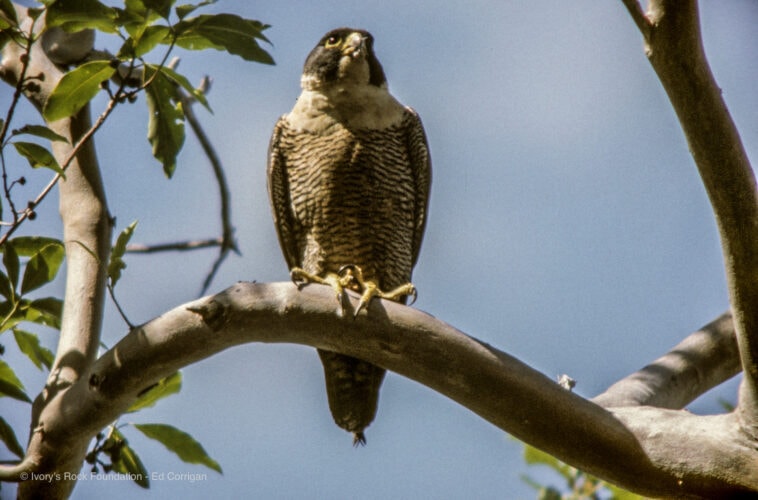
Peregrine Falcon
Swooping at speeds of up to 300 km/h. Pairs hunt co-operatively.
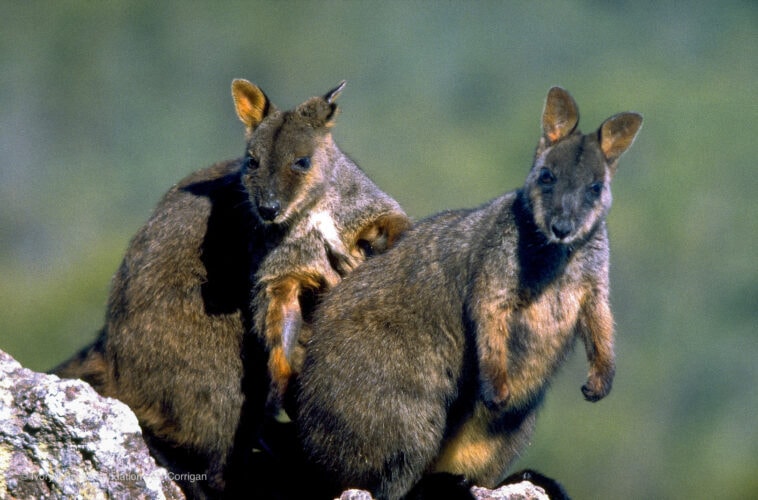
Brush-tail Rock Wallabies
Listed as Vulnerable, due to habitat loss.
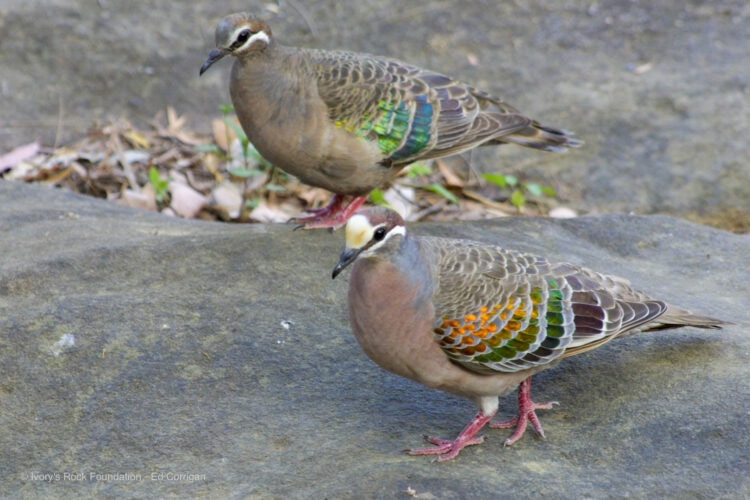
Common Bronzewings
Native pigeon
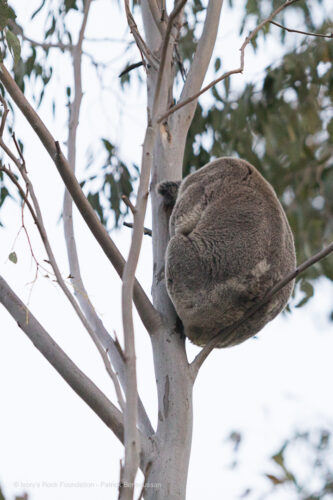
Koala
Tends to sleep and rest for 20 hours a day
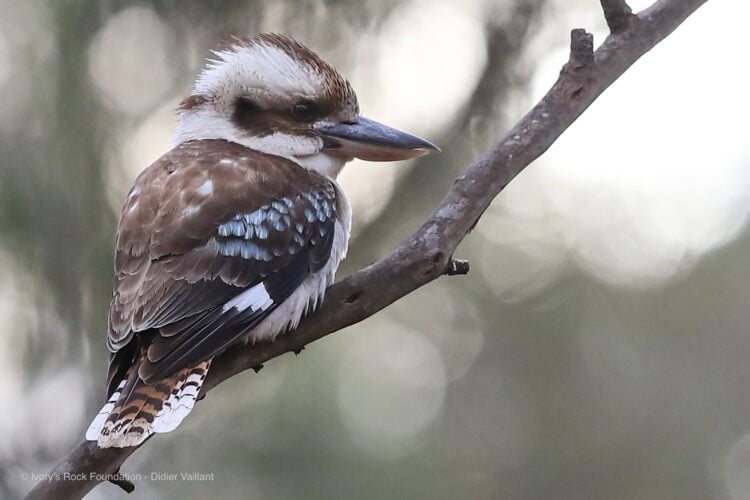
Kookaburra
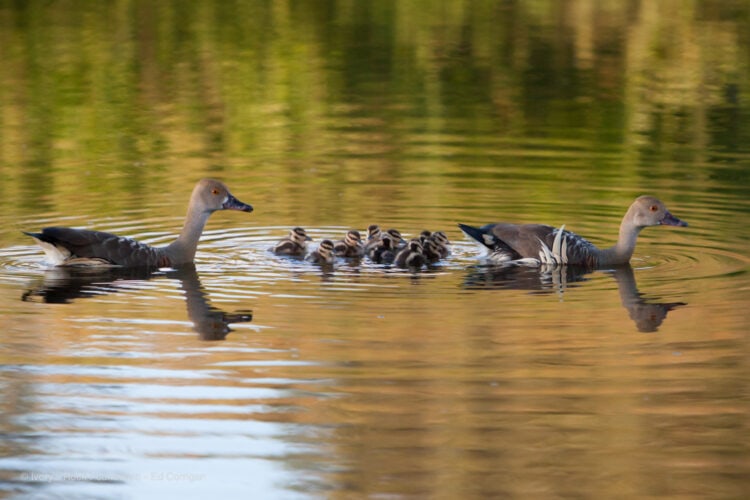
Plumed Whistling Duck Family
Pairs for life. Parents raise chicks together.
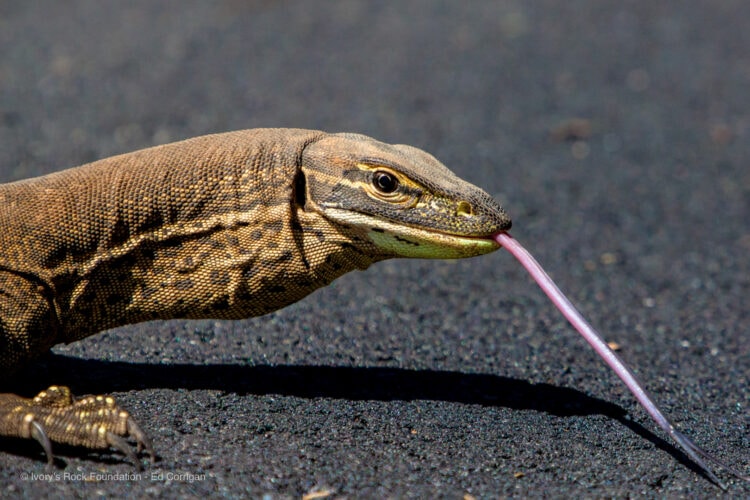
Goanna
Goannas are Monitor Lizards. 42 varieties in Australia
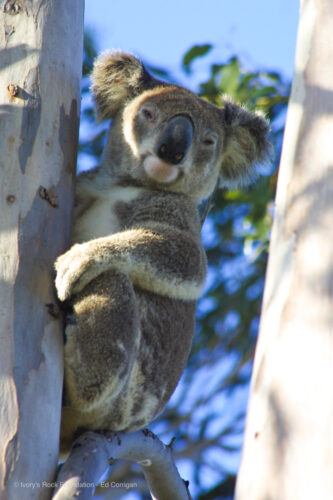
Koala
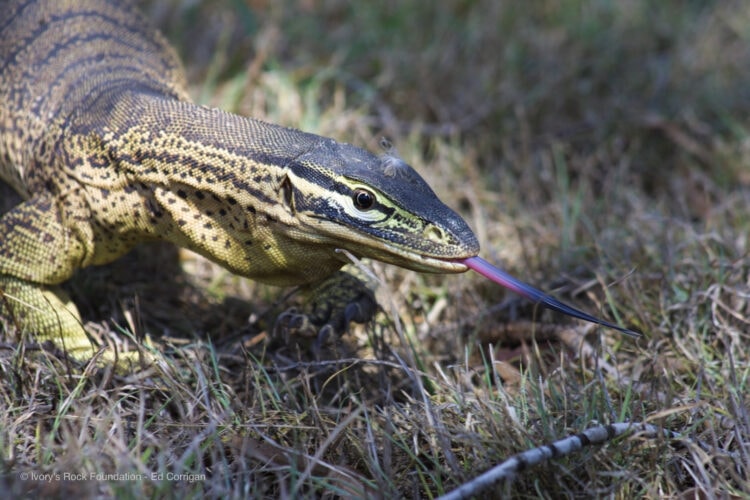
Goanna
Avoids people. Shy unless threatened.
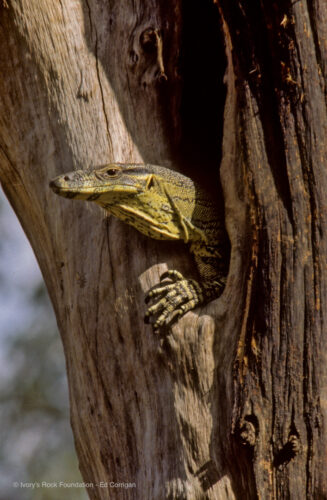
Goanna
'Lace Monitor' also known as 'Tree Monitor' is prevalent at Ivory's Rock.
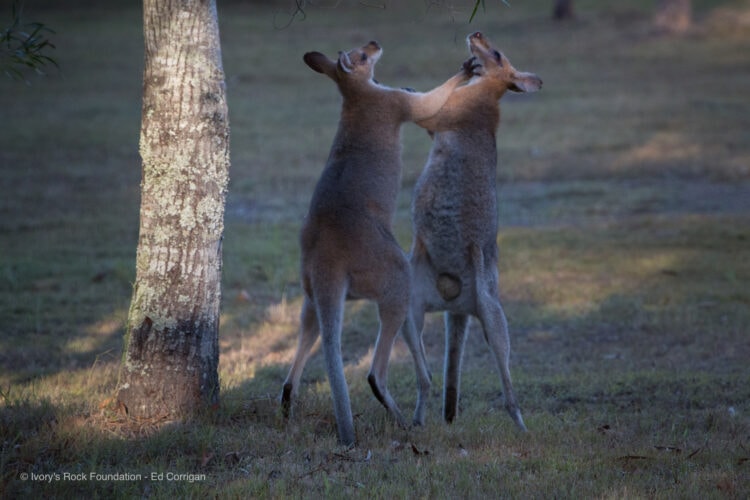
Red-neck Wallabies Fghting
Males will fight during breeding season.
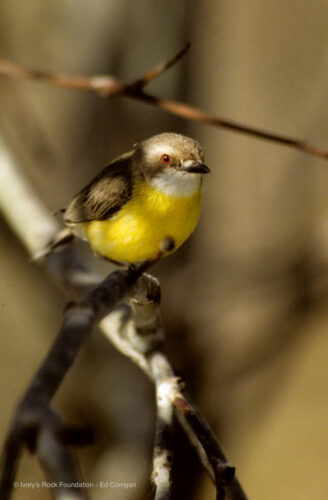
Eastern Yellow Robin
A perch & pounce hunter. Diet is mostly invertebrates.
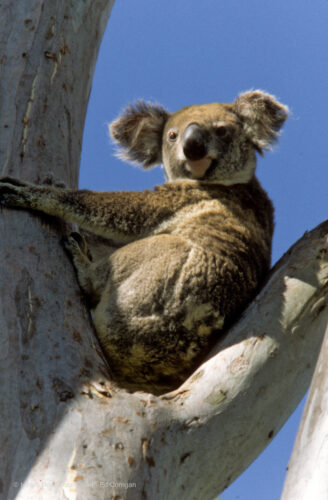
Koala
Eucalypt leaves are high in water. Koalas do not need to drink.
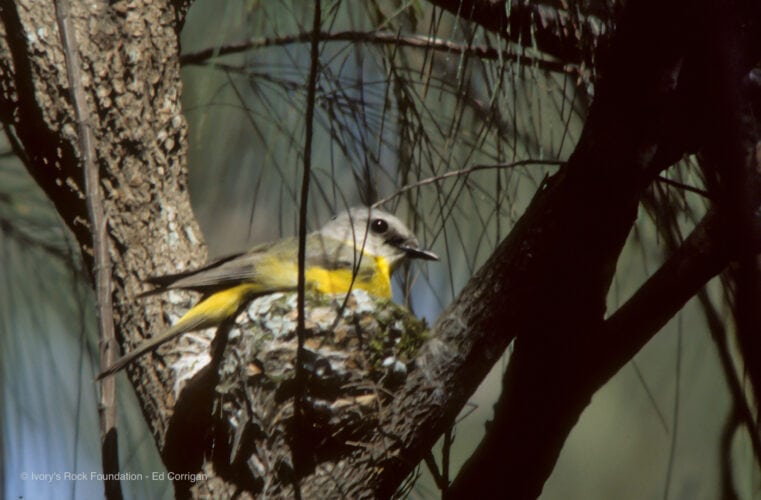
Eastern Yellow Robin Nesting
Nest made of plant material & spider web, disguised with bark & leaves.
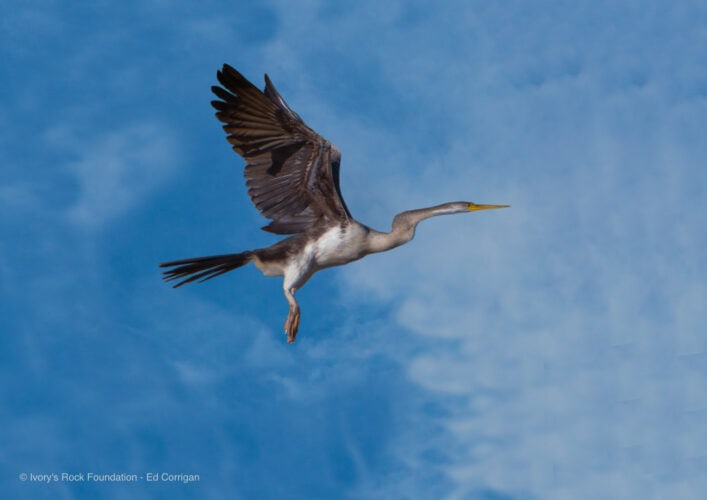
Australasian Darter
Swims submerged with just its neck protruding.
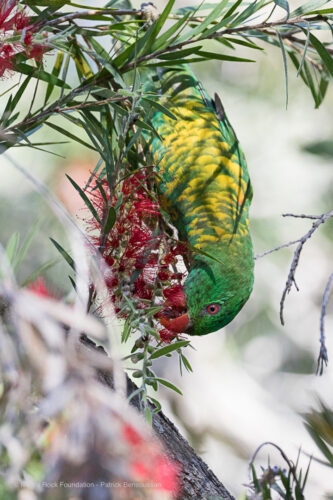
Scaly breasted Lorikeet
Also eat insects & insect larvae found in foliage.
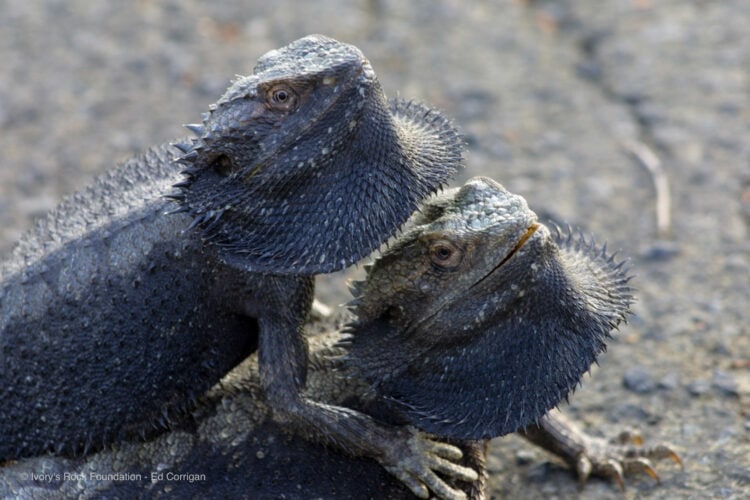
Eastern Bearded Dragons
Diet: leaves, fruits, insects, small mammals & reptiles
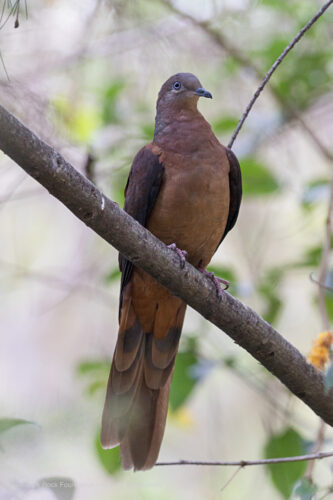
Brown Cuckoo Dove
Very loud "whoop-a whoop" call.
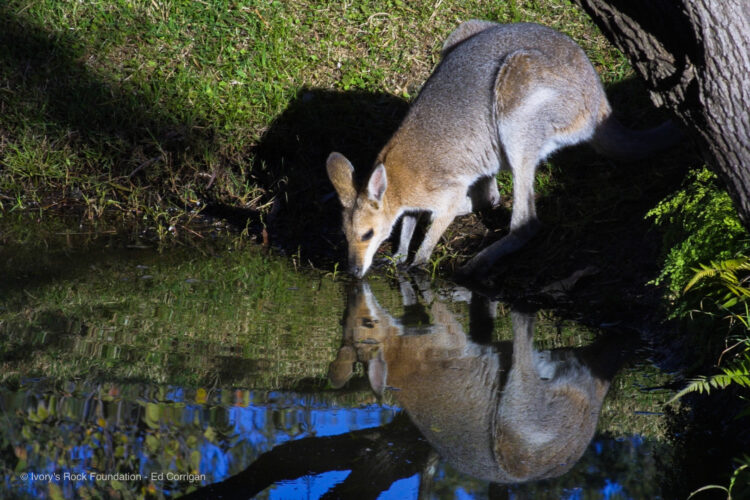
Red-neck Wallaby
Lifespan: Up to 9 years
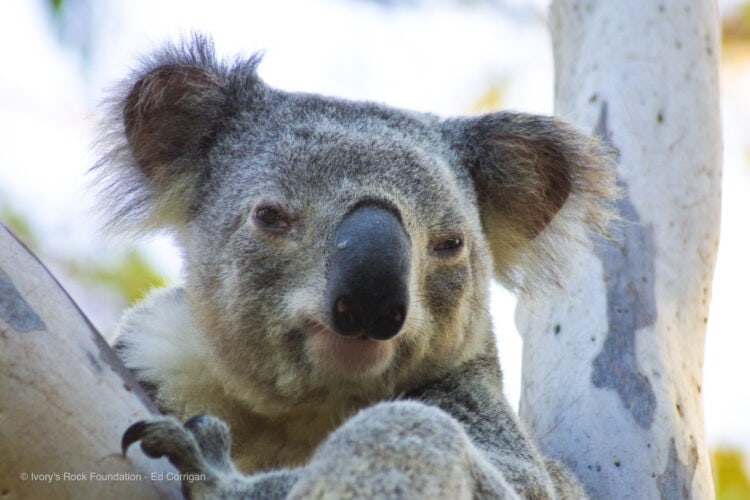
Koala
Vision is poor. The only mammal with vertical slit pupils.
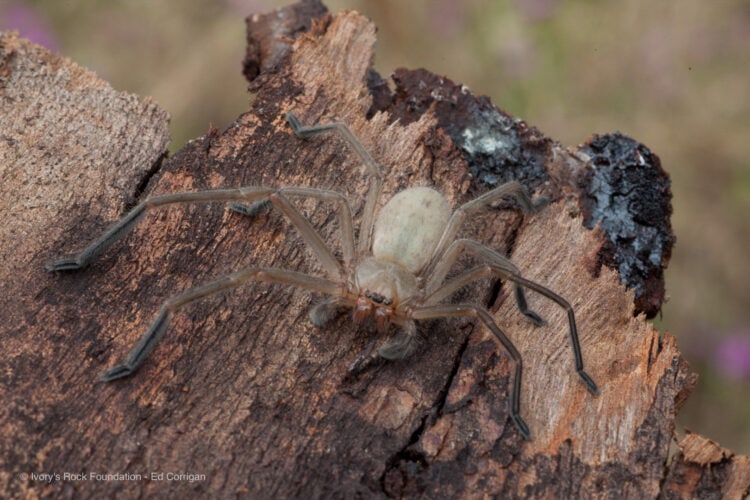
Huntsman Spider
Young Huntsman spiders are a paler colour.
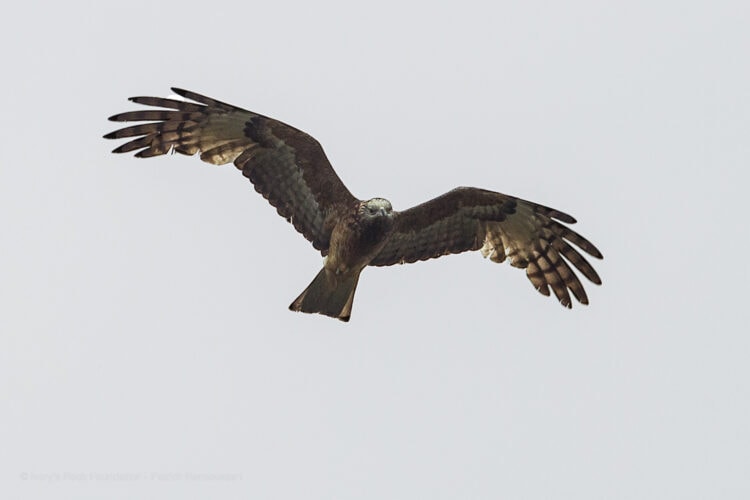
Square tailed Kite
Listed Vulnerable in NSW, Threatened in Victoria, Endangered in Sth Australia, & Rare in Queensland.
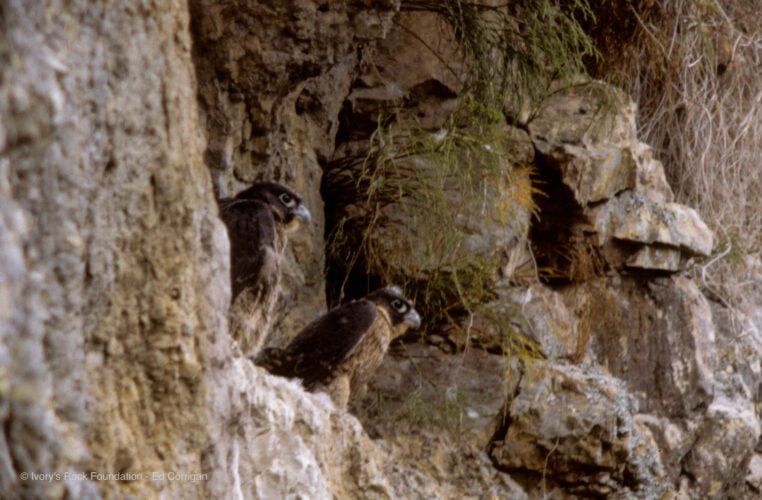
Peregrine Falcon Fledglings
Fledglings nesting on Ivory's Rock, ready to fly.
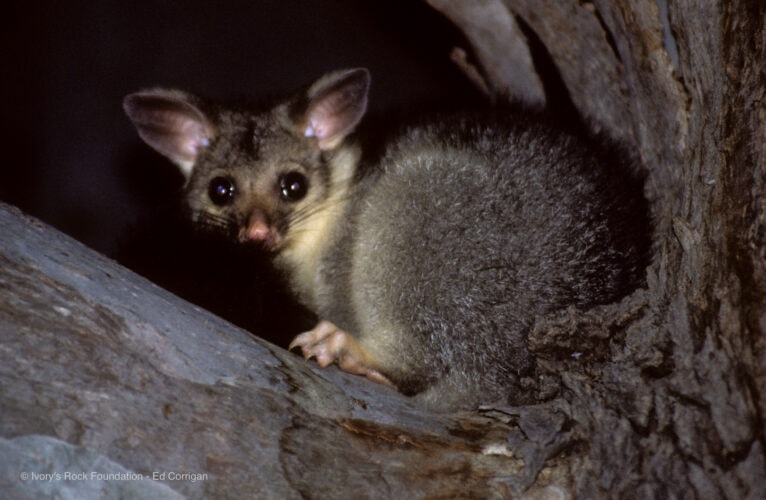
Brush-tail Possum
Diet: mainly eucalyptus leaves, fruits, flowers. Raids gardens.
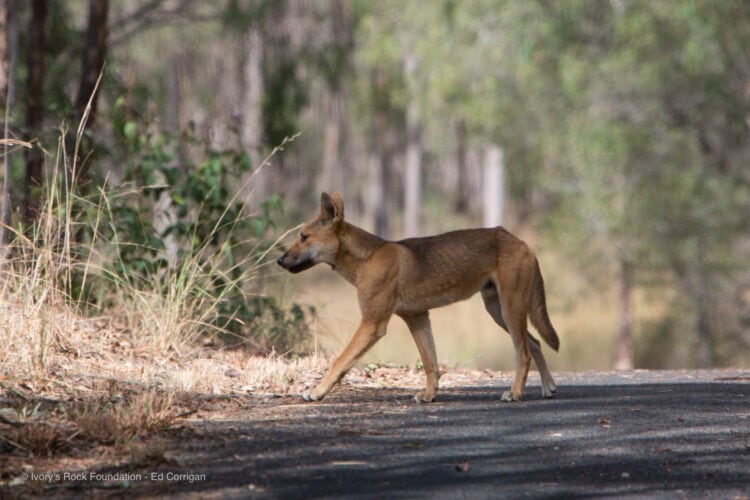
Dingo
Native. Hunts large prey - Wallabies & Kangaroos.
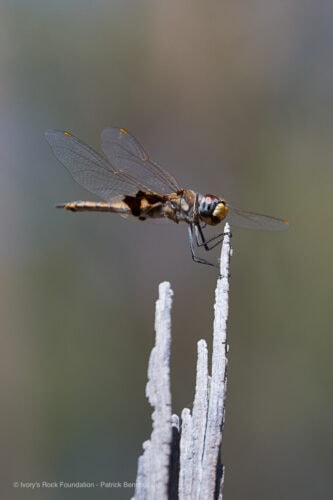
Fiery Skimmer Dragonfly
Habitat: wetlands, creeks, forests. Female.
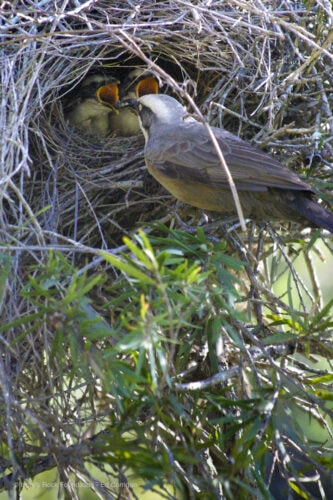
Grey-crowned Babbler Nest
Large dome nests built in tree forks 4-7 metre above ground.
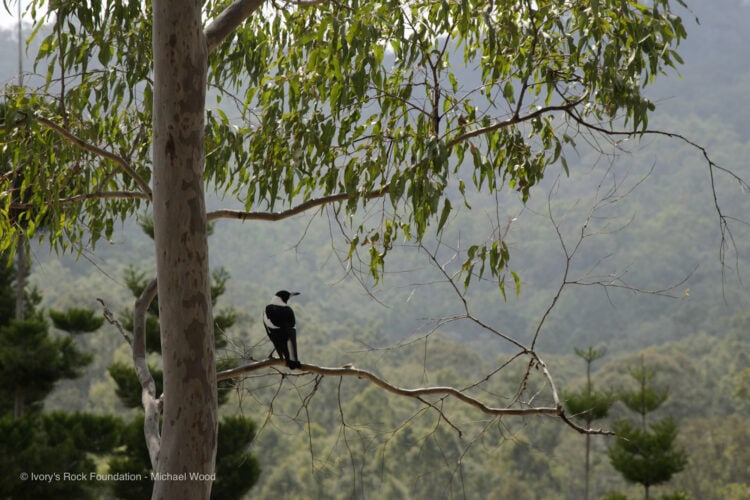
Magpie
Highly regarded songbirds. Their pitch can vary over up to four octaves.
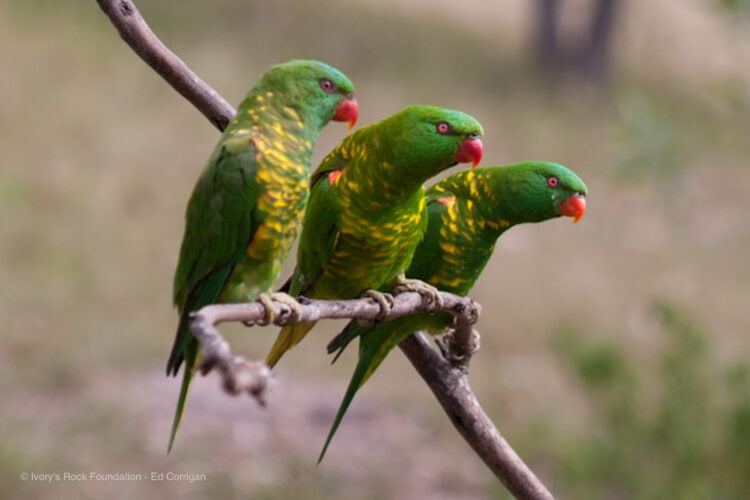
Scaly-breasted Lorikeets
Feed in flocks often with Rainbow Lorikeets. Very social. Loud squarks.
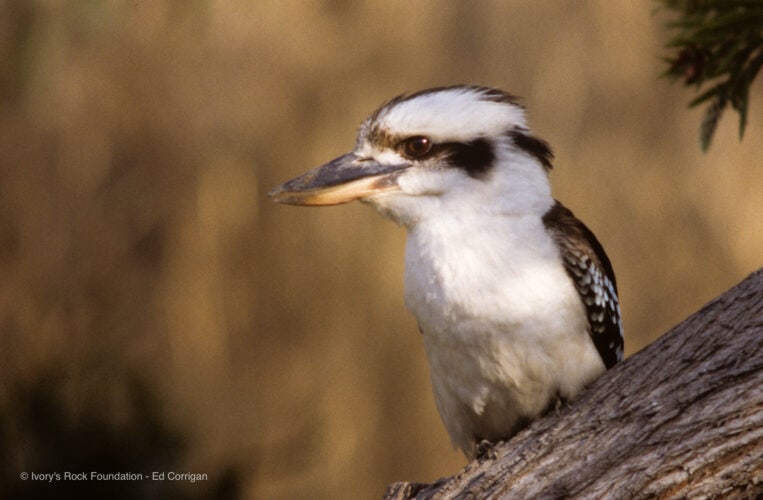
Kookaburra
Largest member of the Kingfisher family.
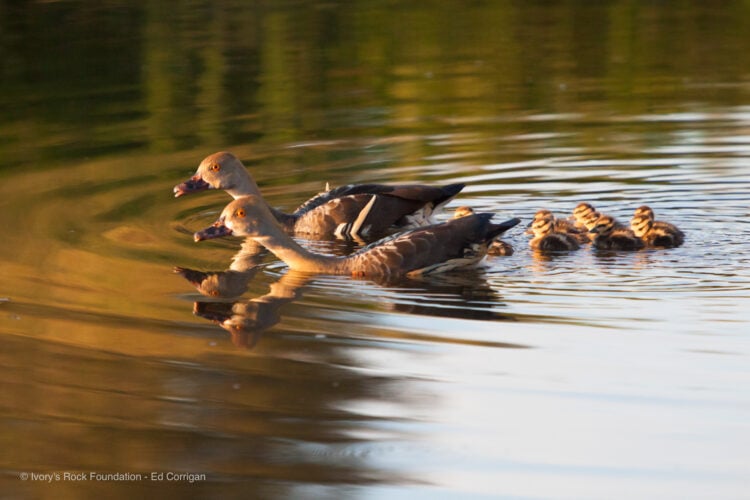
Plumed Whistling Ducks with Chicks
Lifespan: 8-10 years. Pairs for life, raising chicks together.
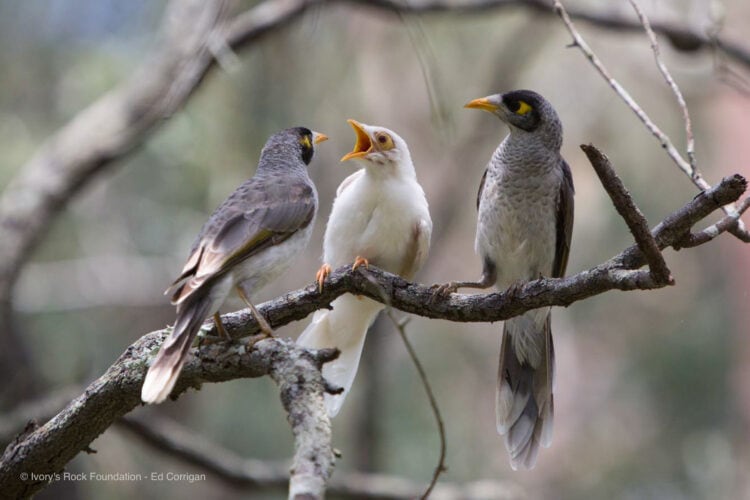
Noisy Miner Albino Chick
This albino chick is the only one seen here in 30 years
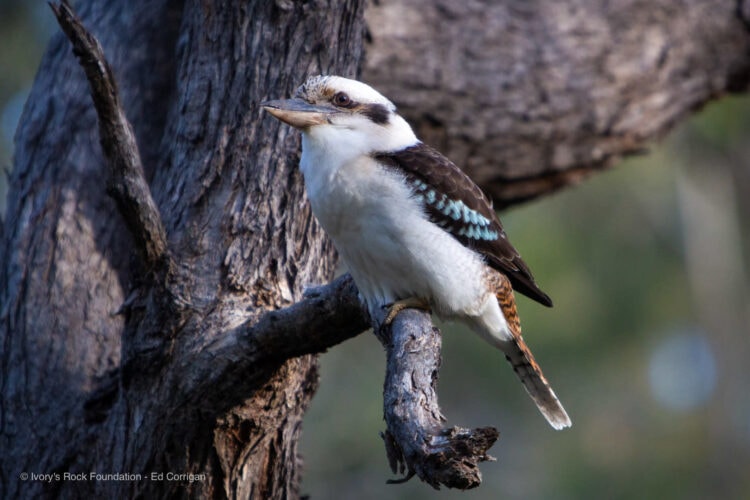
Kookaburra
Kookaburras are carnivorous.
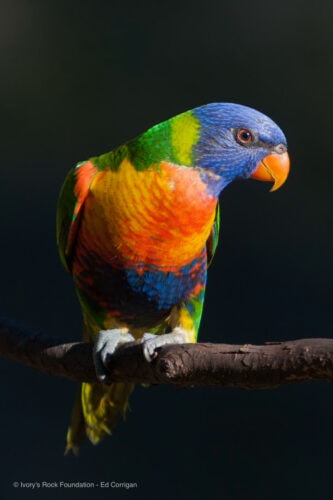
Rainbow Lorikeet
Wide range of habitats, rainforest, woodlands,& treed urban areas.
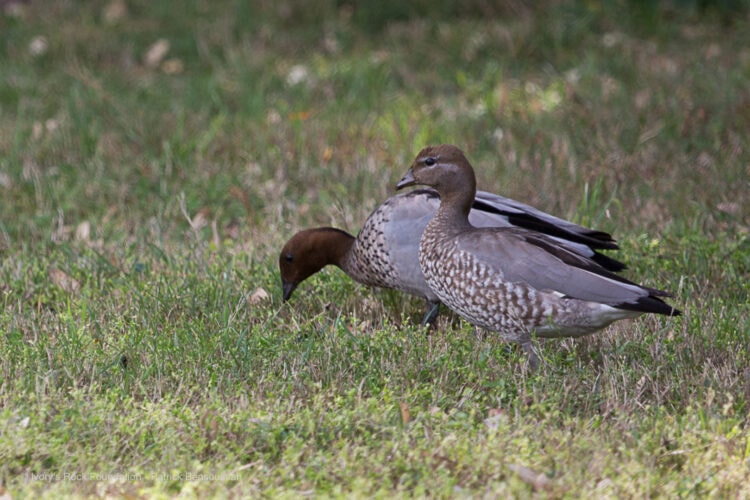
Wood Ducks
Spend more time foraging on land than in water.
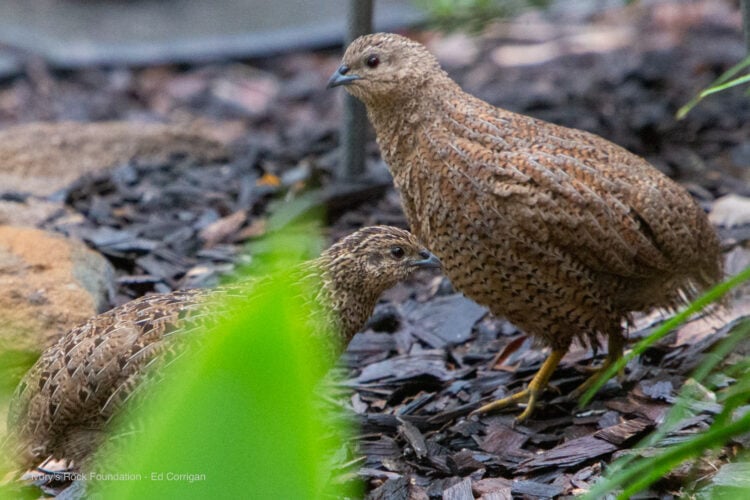
Brown Quail
Also known as Swamp Quail.
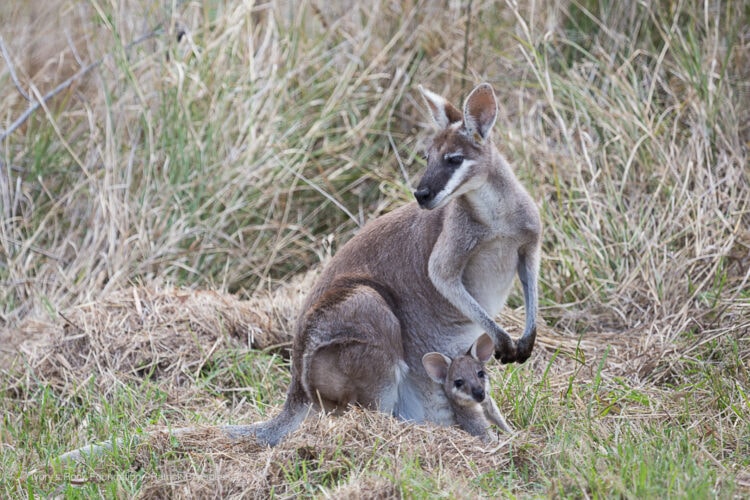
Whiptail Wallaby
Joeys stay in pouches for 9 months, then close to mother for 18 months.
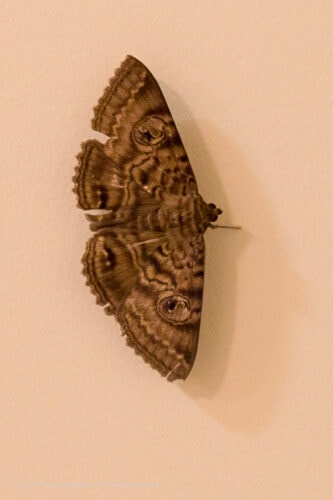
Grannys Cloak Moth
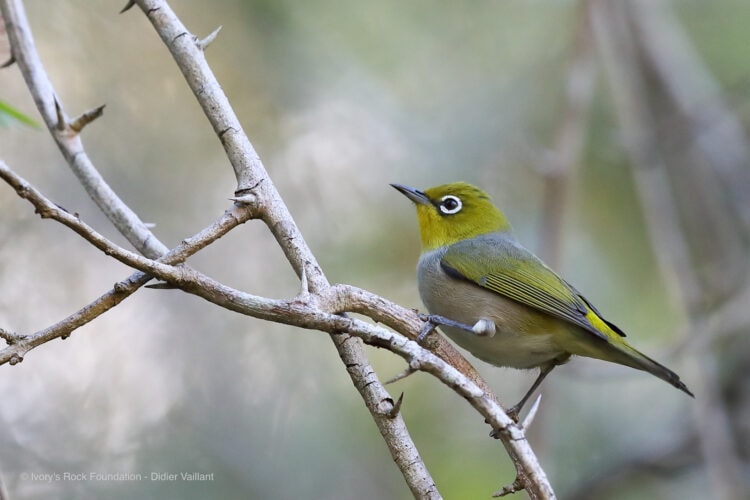
Silvereye
Lifespan: 10 years. Migrates to Queensland in winter from Tasmania.
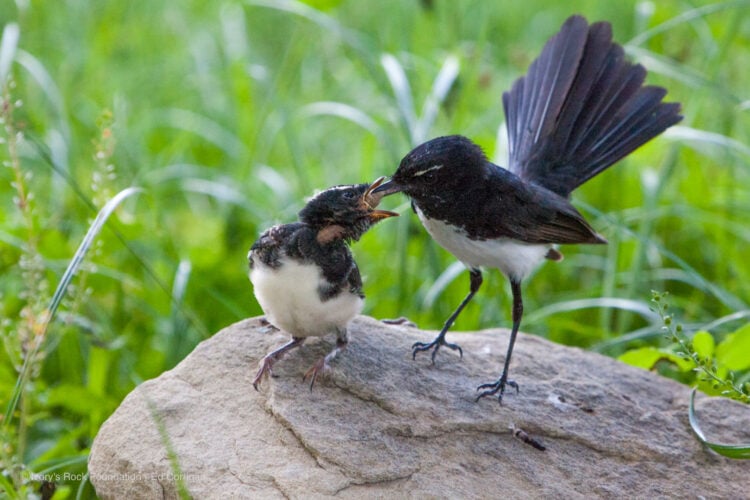
Willie Wagtail feeding Chick
Diet: Mostly insects, also small lizards
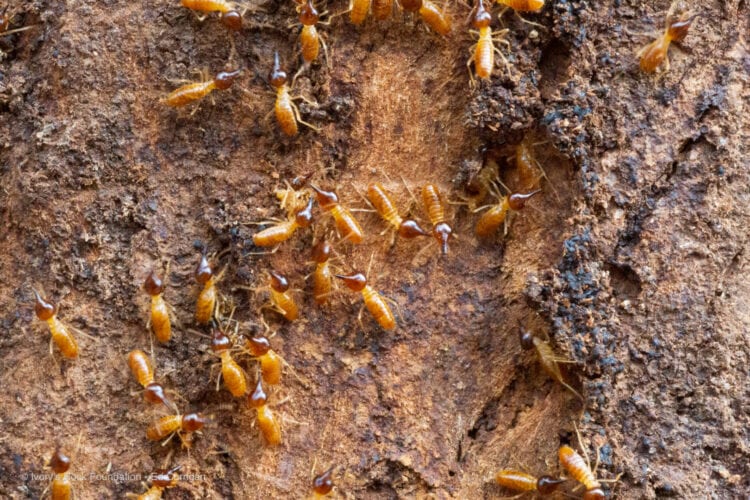
Termites
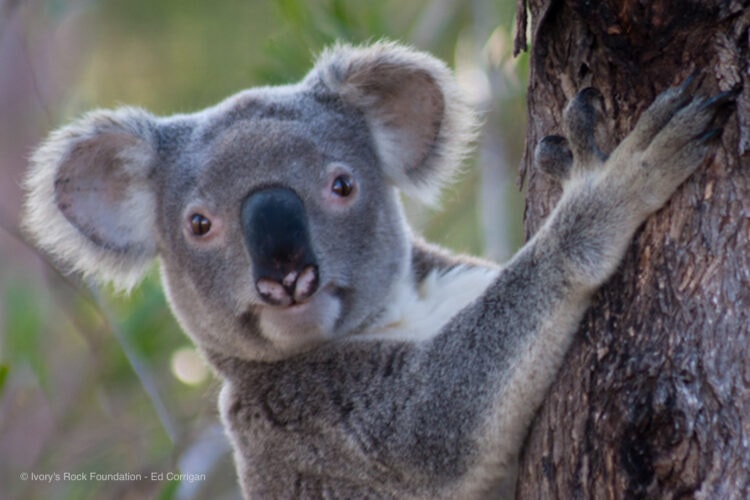
Koala
Affected by habitat loss, cars, dogs.
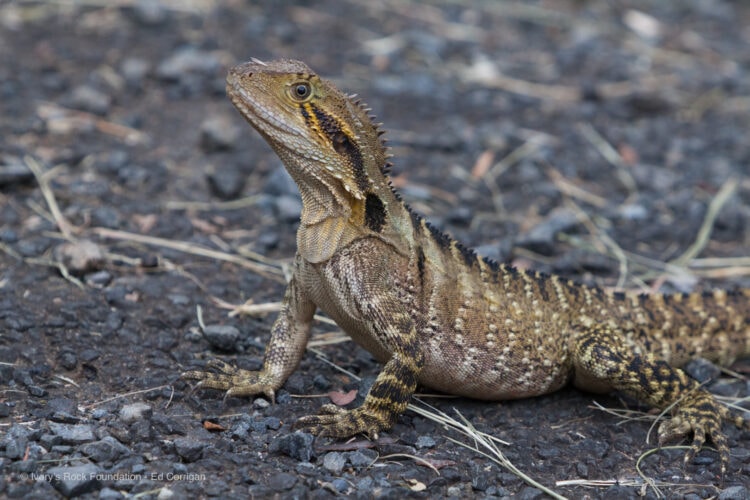
Australian Water Dragon
Diet: Invertebrates, fruit, flowers, rodents.
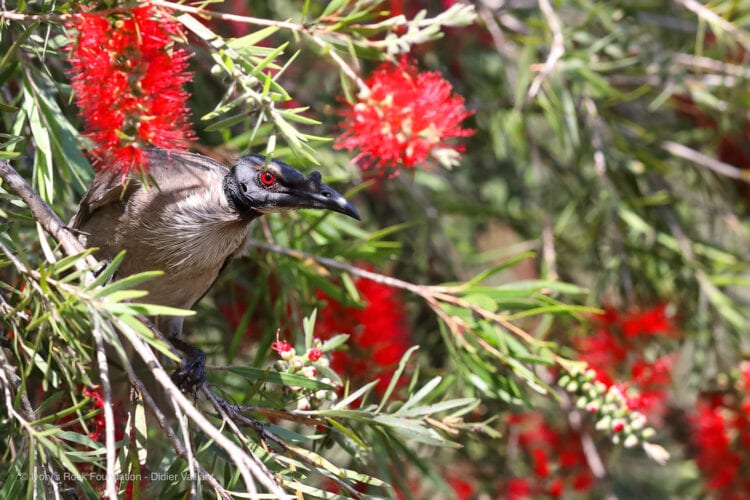
Noisy Friarbird in Callistemon flowers
Honeyeater family. Form long-term pairs. Parents aggressively defend nest & surrounds.
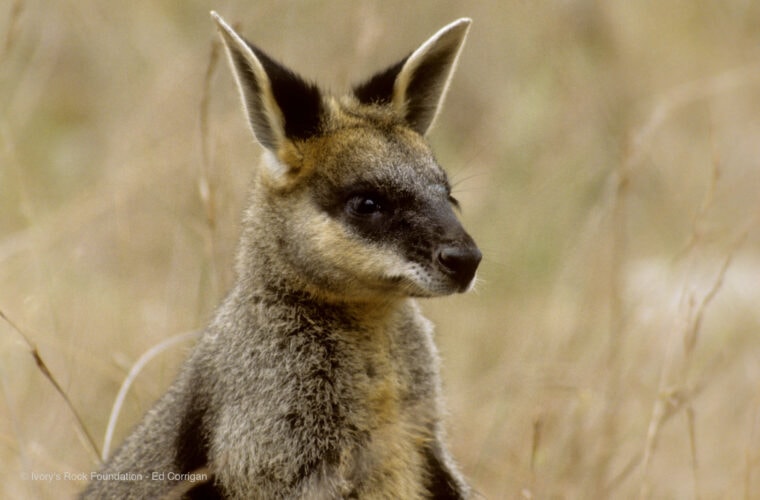
Swamp Wallaby
Diet: shrubs, bushes, bark and fungi.
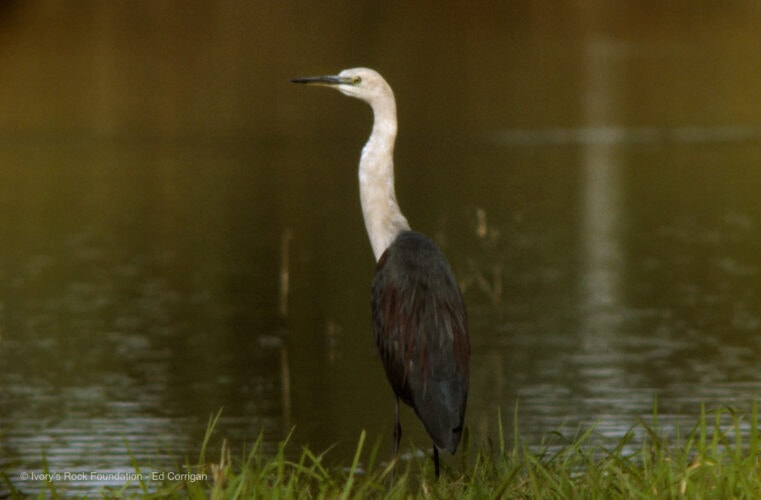
White-necked Heron
Shy and very wary. Diet: fish, dragonfly nymphs, insects.
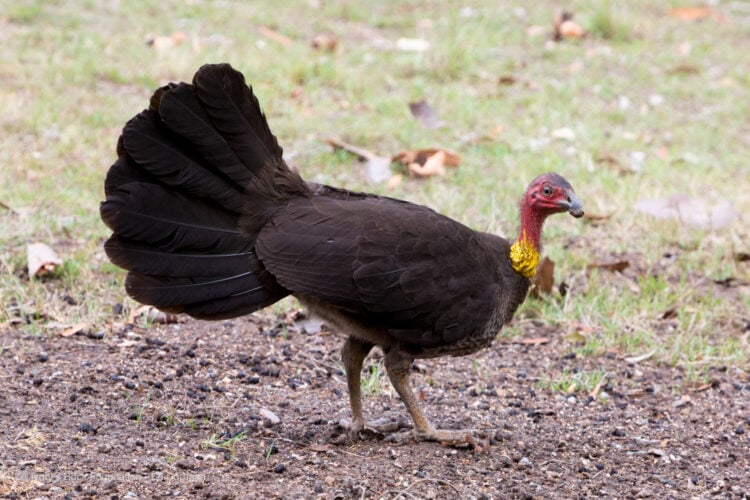
Brush-turkey
Male builds mound for several females to lay eggs in.
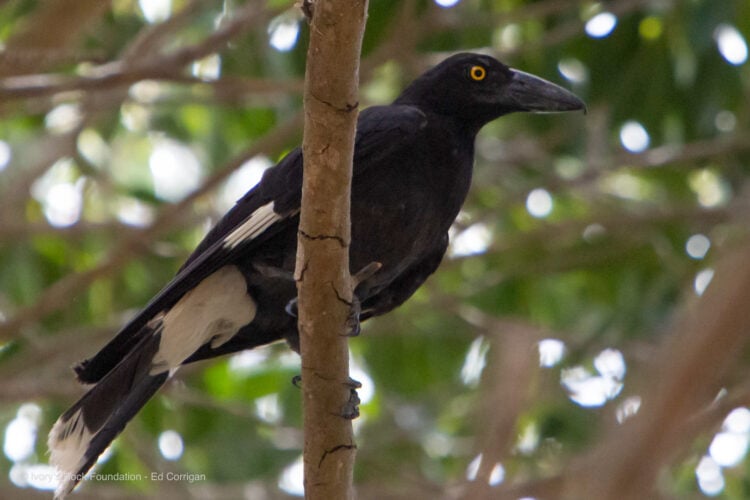
Pied Currawong
Beautiful song. Diet: Invertebrates, berries, eggs & chicks, reptiles.
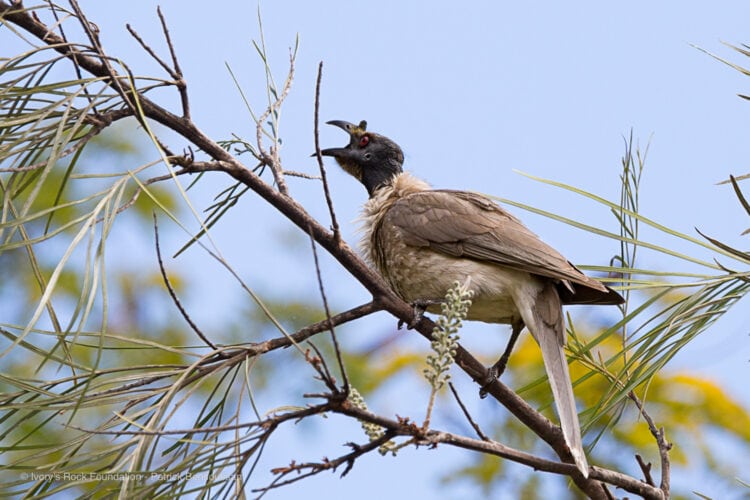
Noisy Friarbird
Fledgling
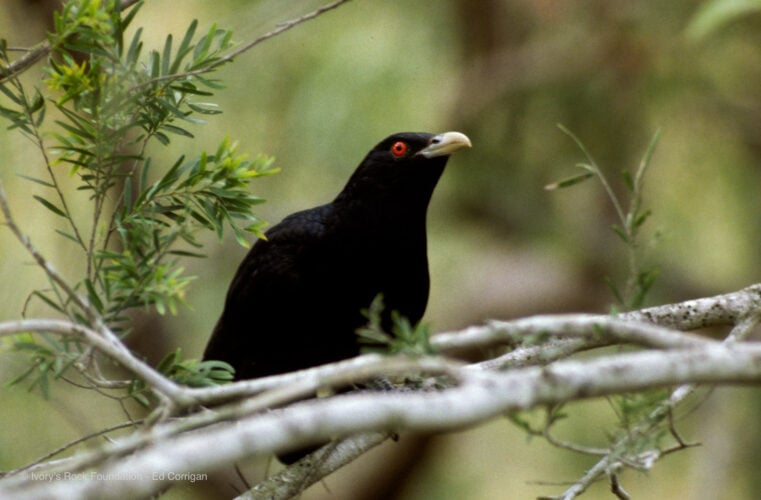
Eastern Koel Male
Also known as the Pacific Koel.
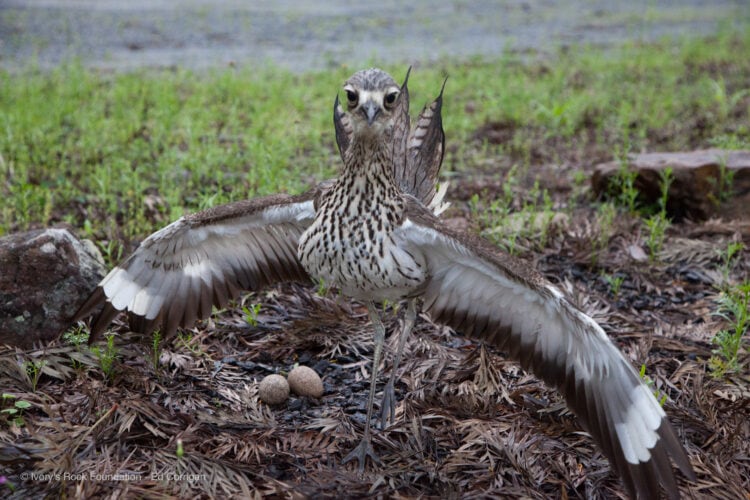
Bush Stone-Curlew Protecting Eggs
Nocturnal
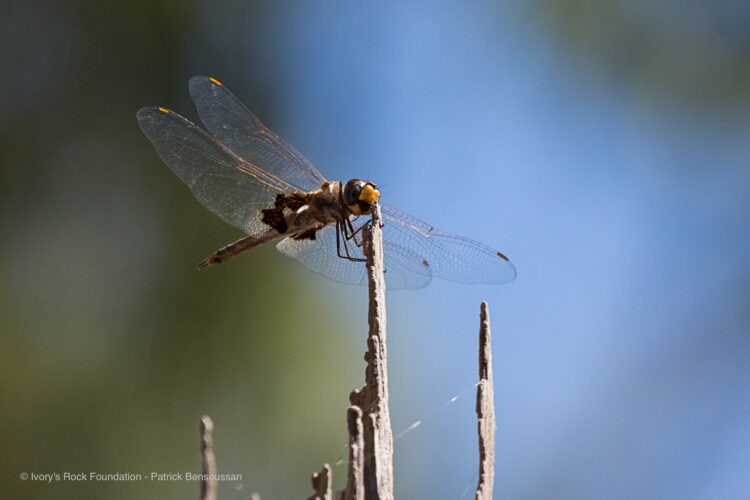
Fiery Skimmer Dragonfly
Female. Males have a bright red body.
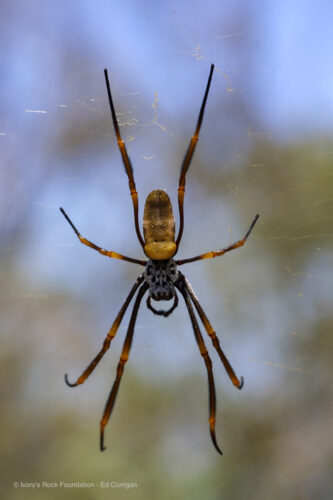
Golden Orb Spider
Webs sometimes trap small birds & bats, which it wraps & feeds upon.
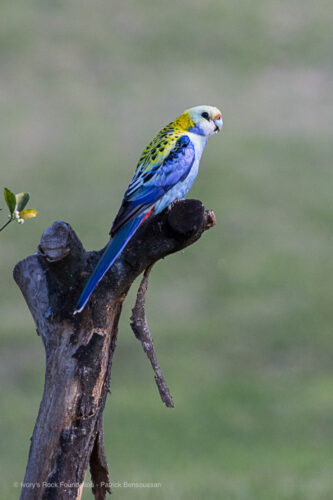
Pale headed Rosella
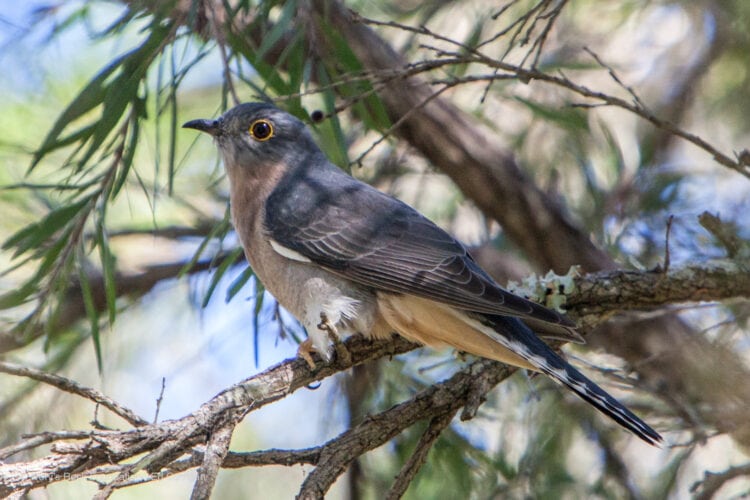
Fan-tailed Cuckoo
Lays one egg other bird's nests to raise.
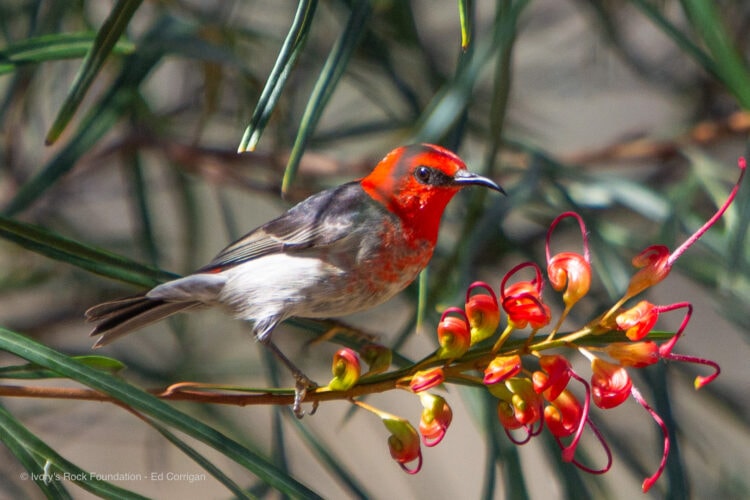
Scarlet Honeyeater
Bark is torn from trees & bound with spiderweb to make nests.
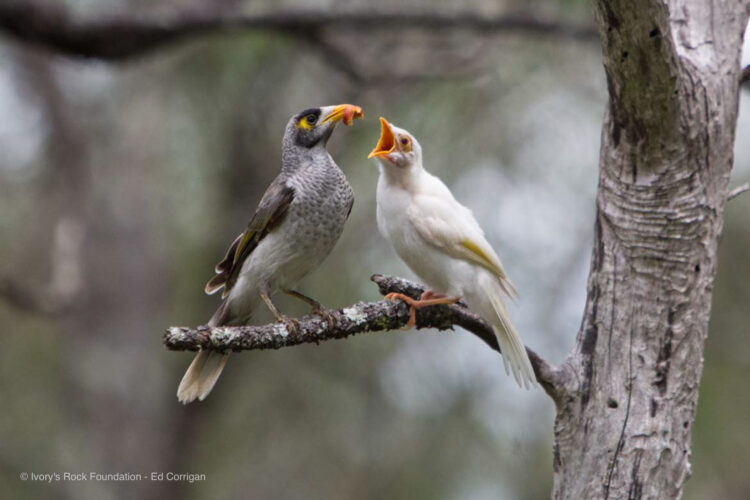
Noisy Miner Albino Chick
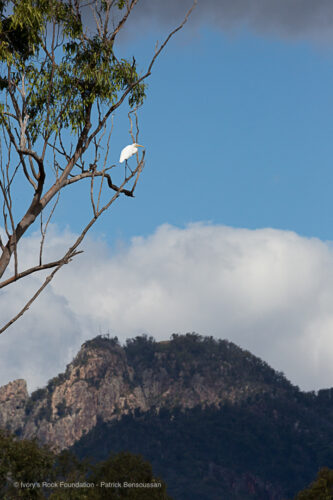
Great Egret
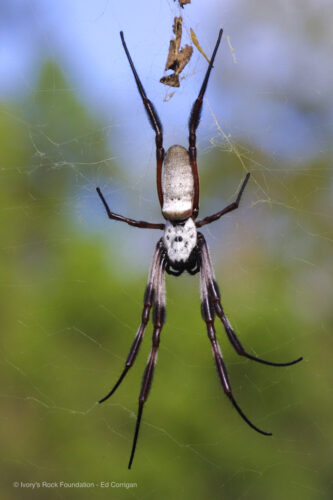
Golden Orb Spider
Builds large, semi-permanent orb webs, which have a golden sheen.
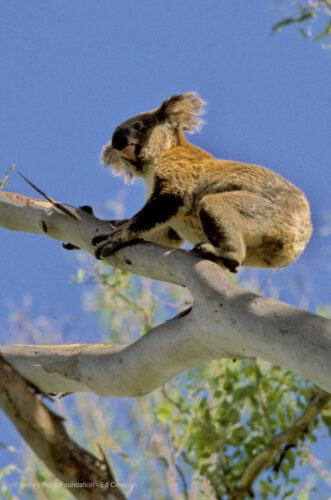
Koala
Koalas are not bears. Closest relative is the Wombat.
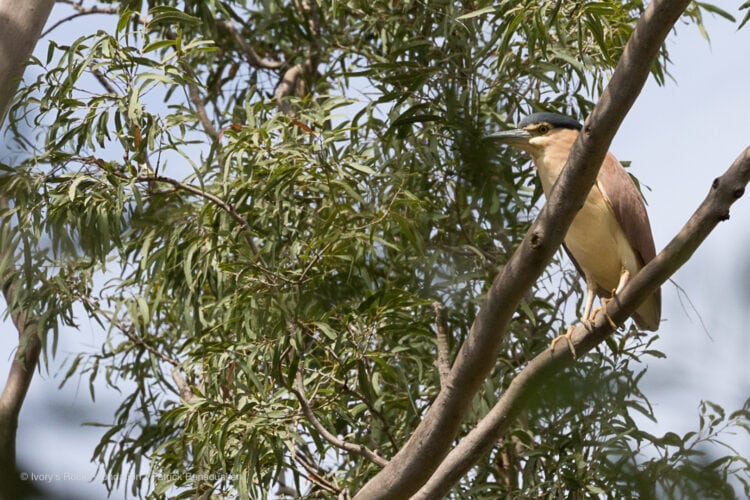
Nankeen Night Heron
Diet: frogs, yabbies, lizards, mice, invertebrates, caterpillars, & dragonfly larvae.
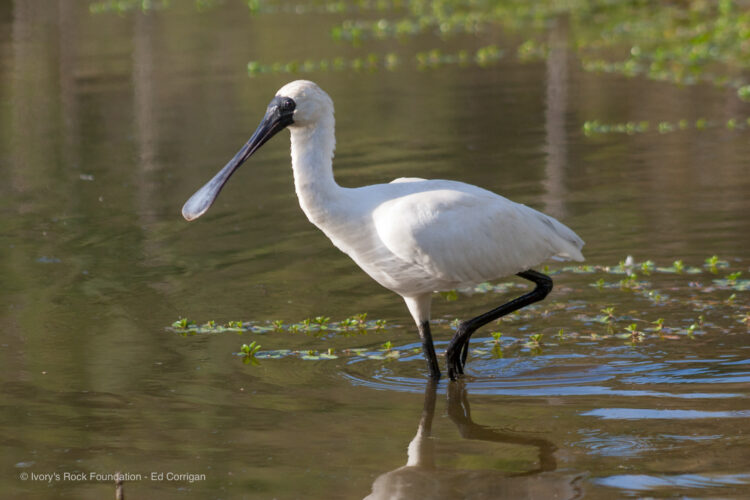
Royal Spoonbill
Diet: fish & invertebrates.
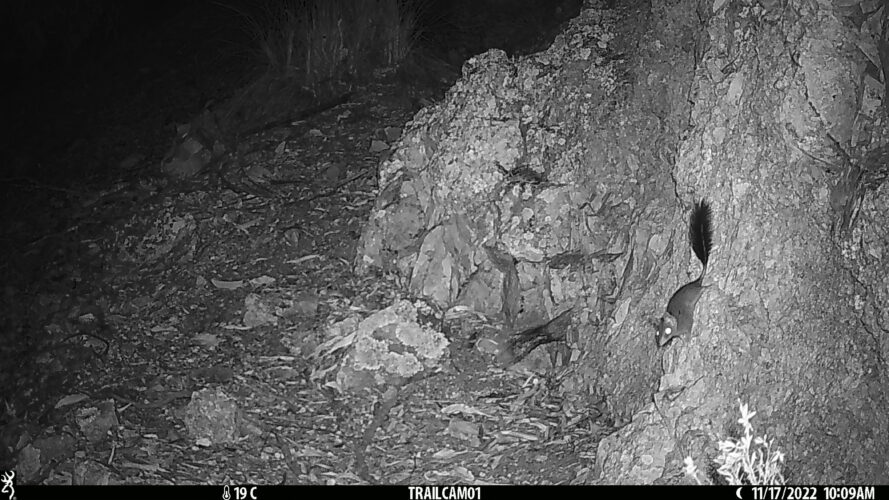
Brush-tailed Phascogale
Wildlife Qld images at Ivory's Rock. Listed as Vulnerable.
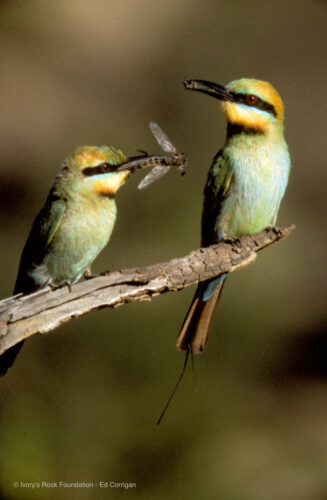
Rainbow Bee eater
Very social birds. Roost together in large groups.
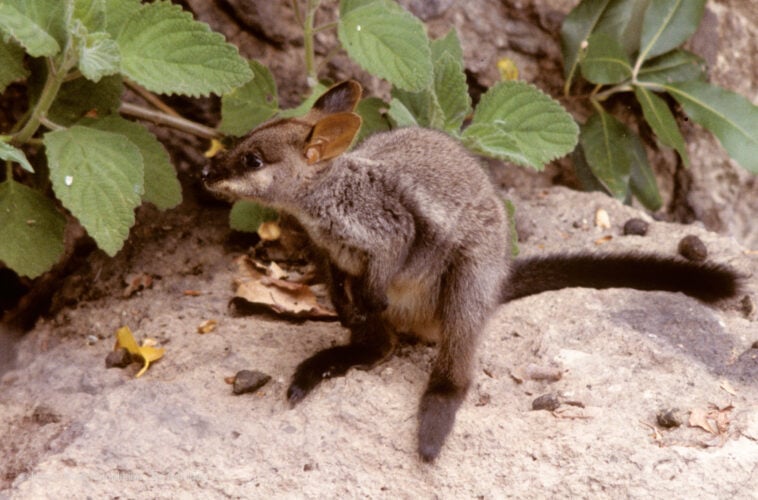
Brush-tail Rock Wallaby Joey
Specially modified feet to grip to terrain.
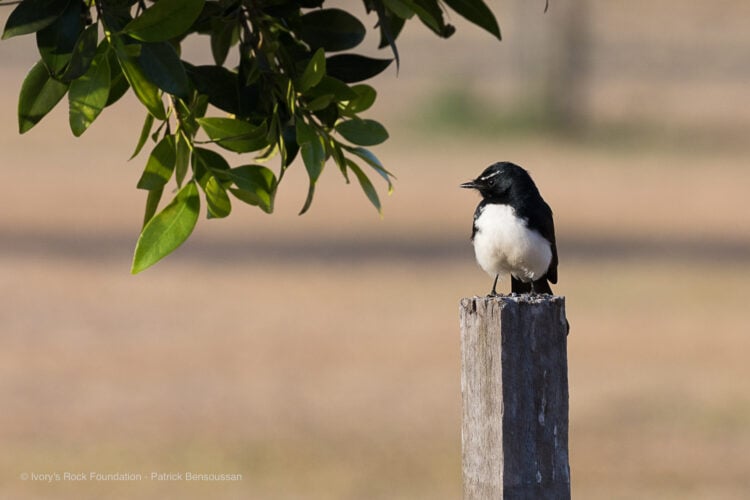
Willie Wagtail
Is a pursuit predator that chases insects on the wing.
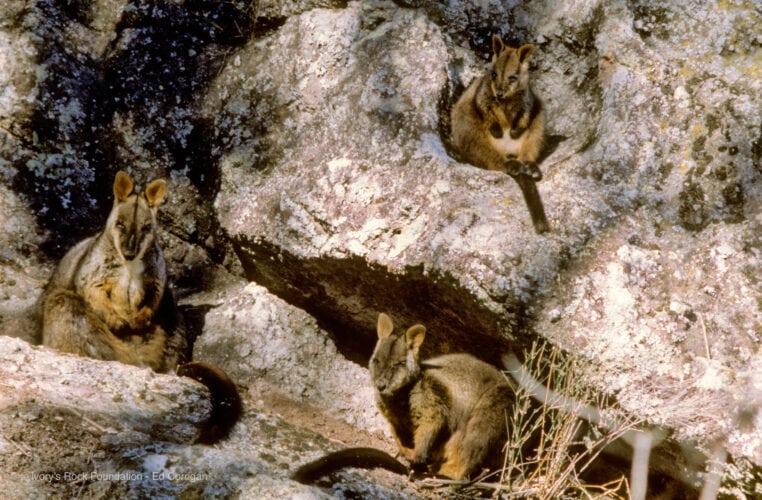
Brush-tailed Rock Wallabies
Vulnerable in Queensland. Endangered in NSW (2019 fires)
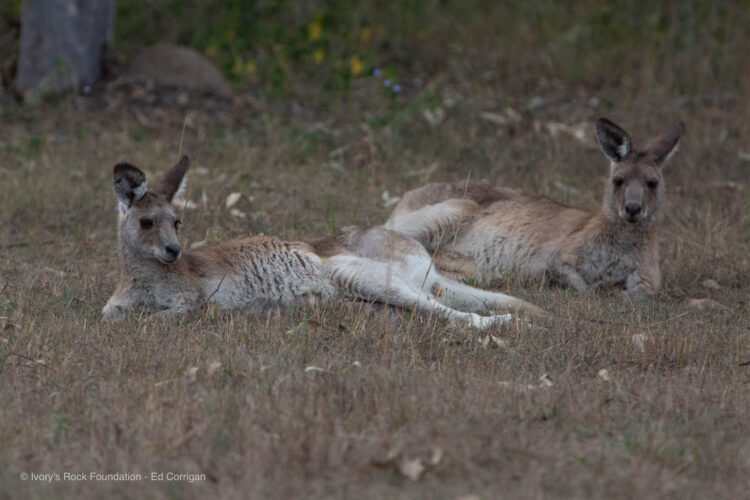
Eastern Grey Kangaroos
Rest in shade during the day. Graze at night.
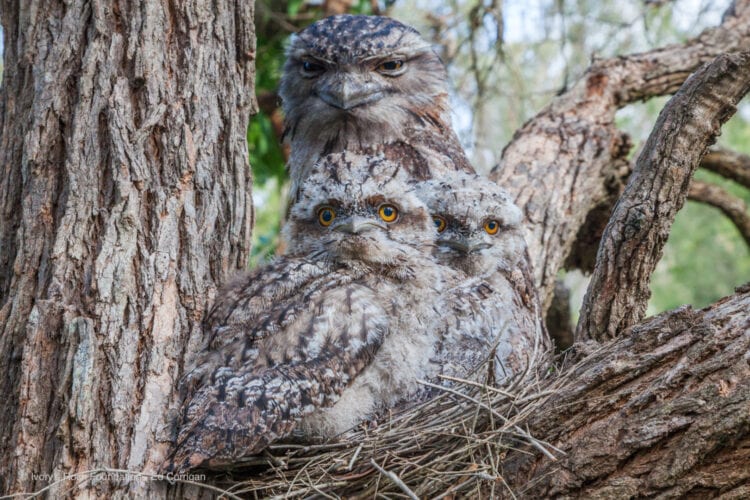
Tawny Frogmouth with Fledglings
Breeding pair bonds for life & share care for young.
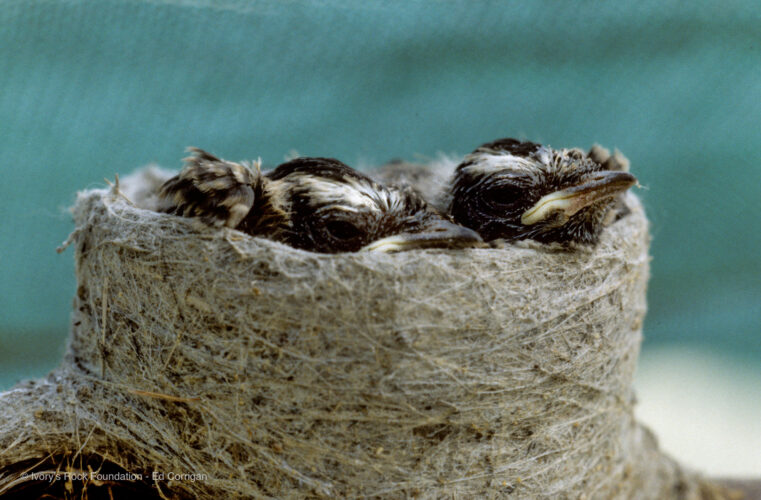
Willie Wagtail Nest
Nests are reused, or rebuilt by recycling materials. Lined with feathers, fur, or hair plucked from livestock. Spiderweb on exterior.
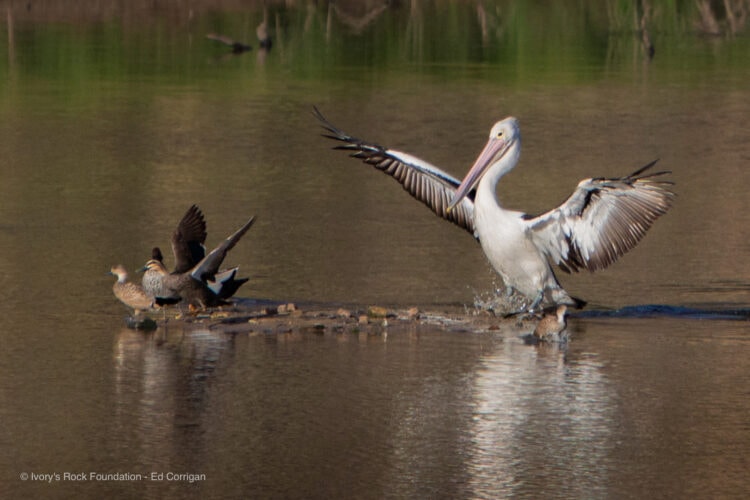
Pelican and Ducks
Wingspan: up to 2.5 metres
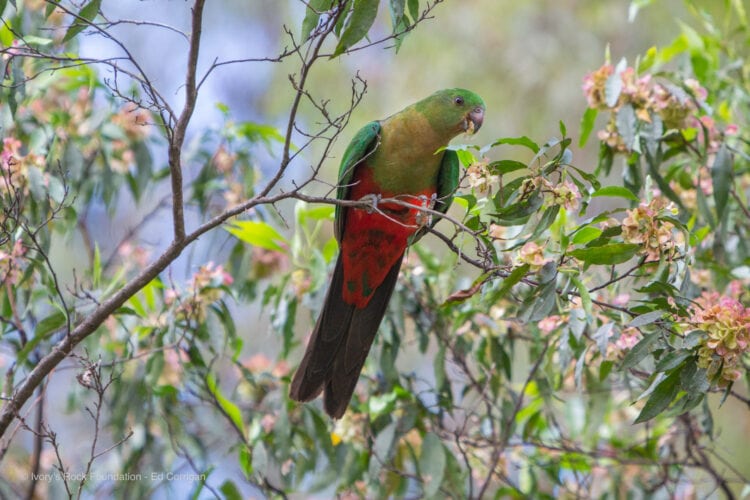
King Parrot Female
Diet: Seeds, fruits & flowers in the forest canopy.
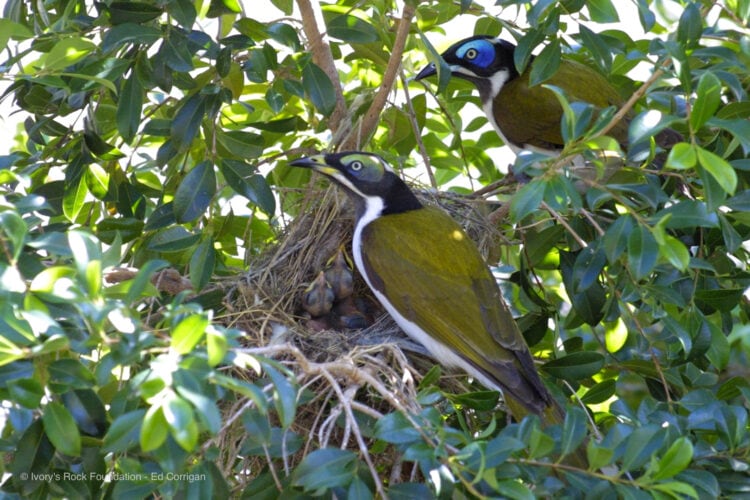
Blue faced Honeyeaters
Territorial, feeding in flocks. Aggressive to other birds.
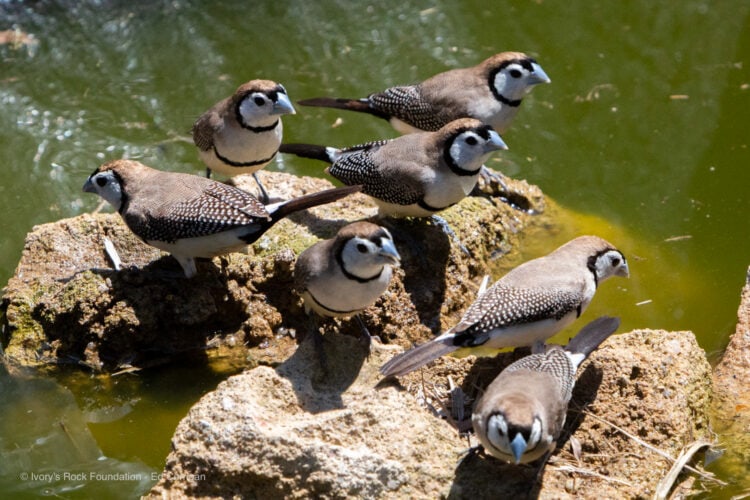
Double-barred Finches
Builds nests in grasses & low shrubs.
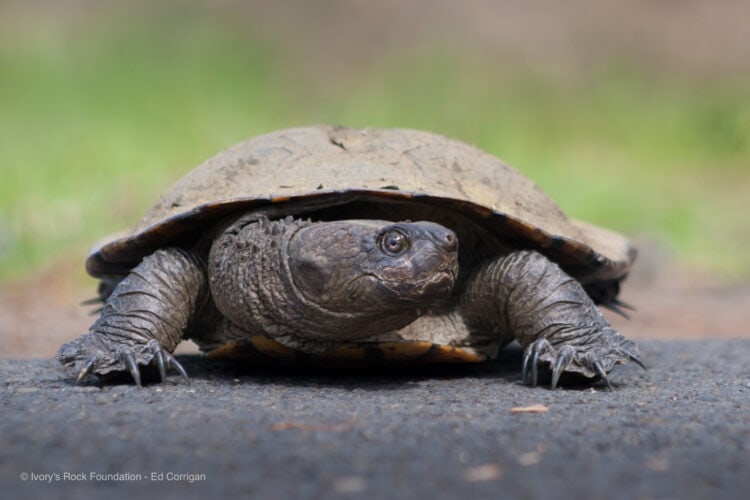
Eastern Long necked Turtle
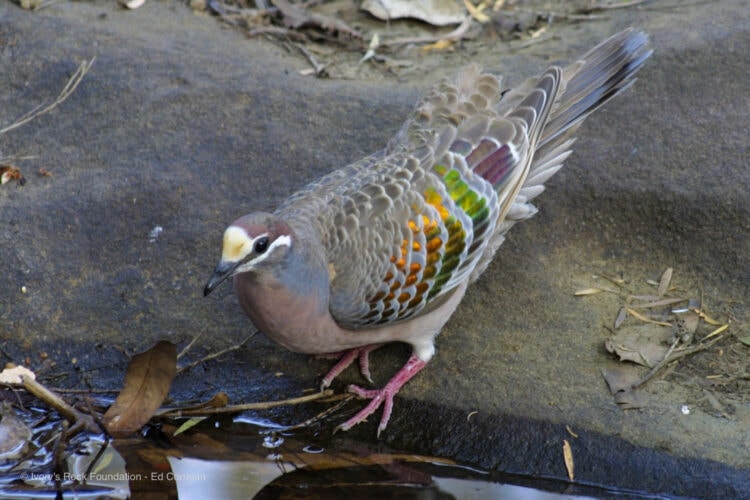
Common Bronzeswing
Visits waterholes frequently. Shy & wary.
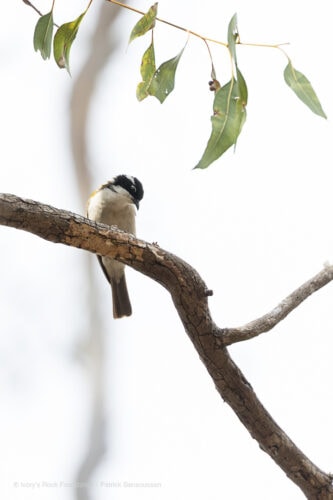
White throated Honeyeater
Live in pairs or small groups.
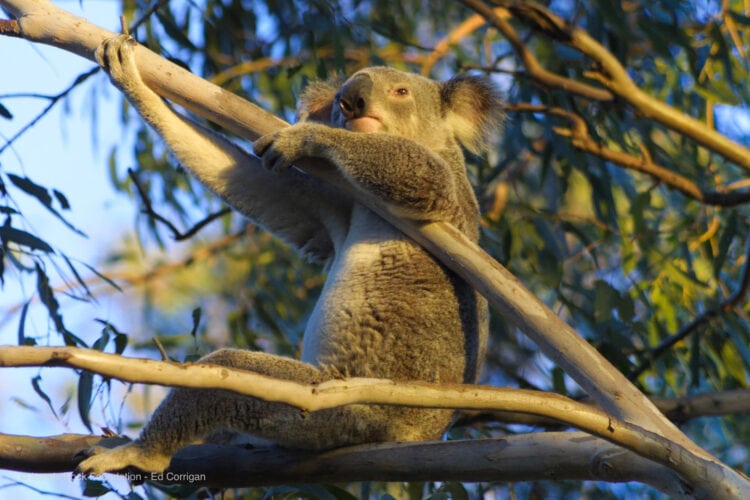
Koala
Descends to coolest part of a tree during hot weather.
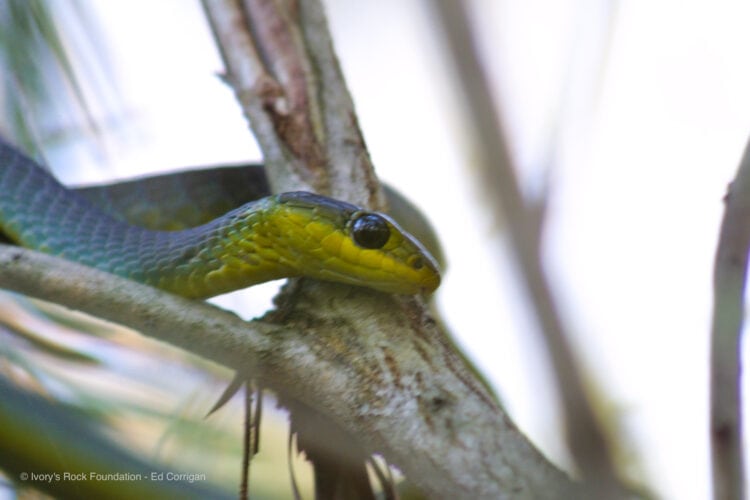
Green Tree Snake
No fangs, no venom. Sharp teeth to grasp frogs.
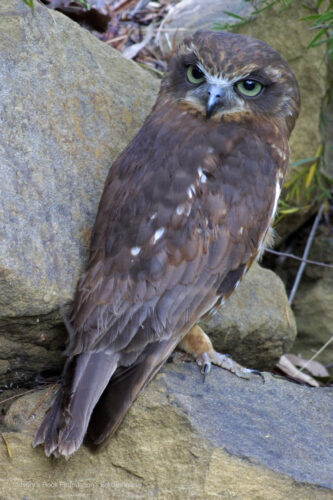
Southern Boobook Owl
Smallest, most common owl in Australia

White Throated Honeyeater
Builds cup-shaped nest of bark & grasses in tree forks.
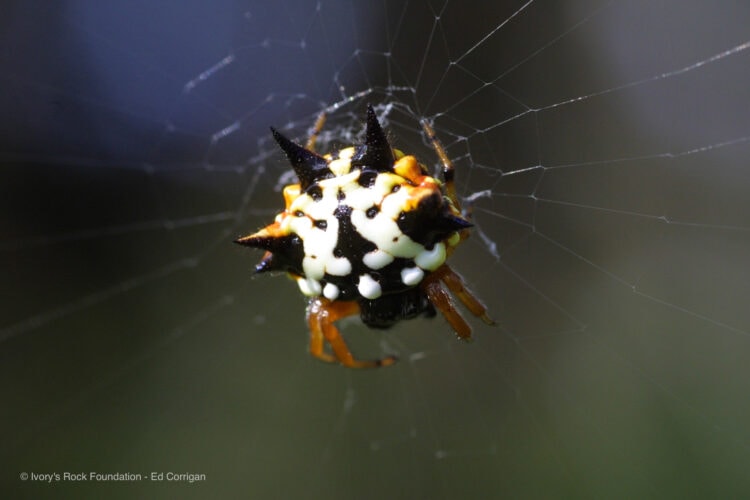
Jewel Spider
Also known as Christmas spider. Length 10mm. Orb-webs.
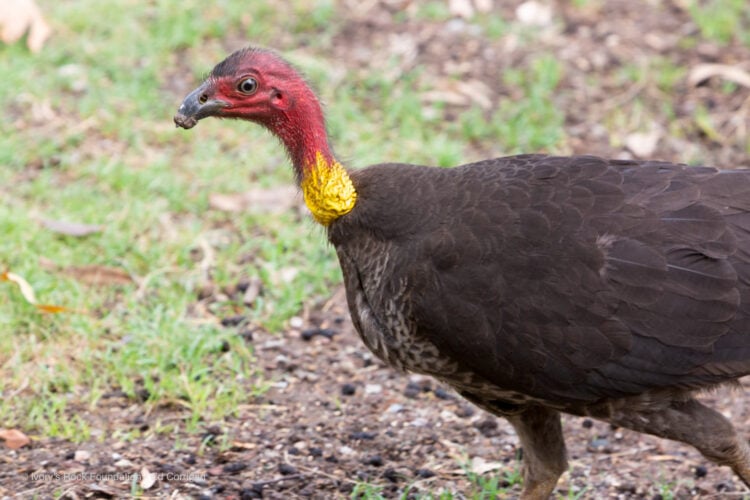
Brush-turkey
Diet: Insects, seeds, fruits. Garden raiders.
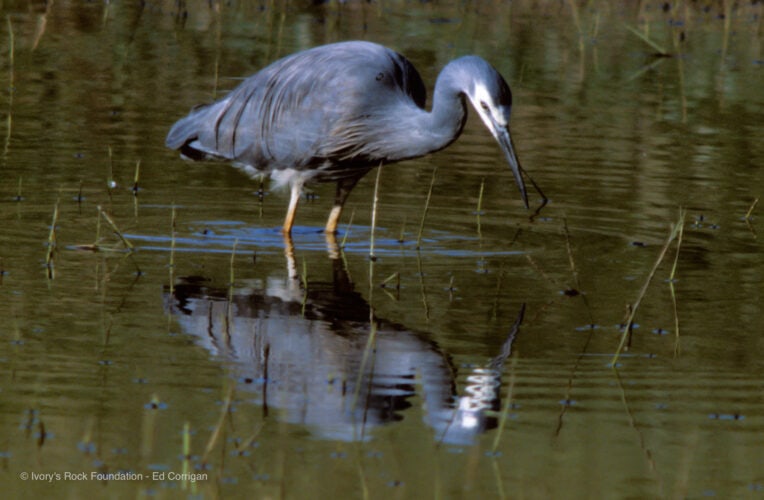
White-faced Heron
Diet: small creatures they disturb when wading, or stalk by standing quietly & waiting.
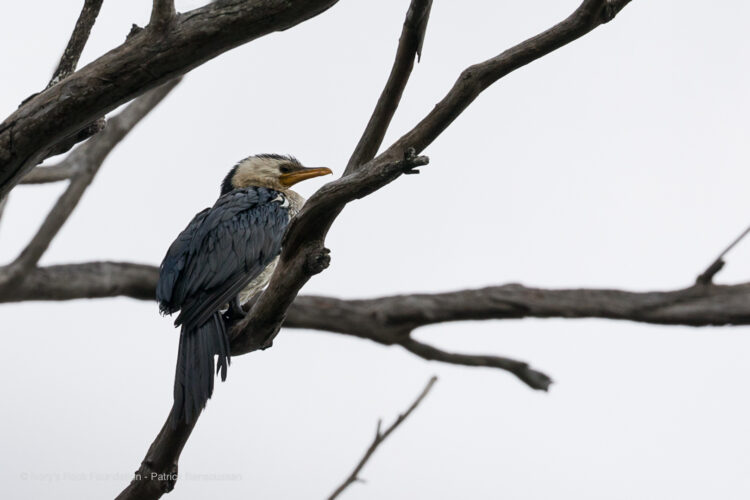
Little Pied Cormorant
Can dive underwater for fish, yabbies. Also eats insects.
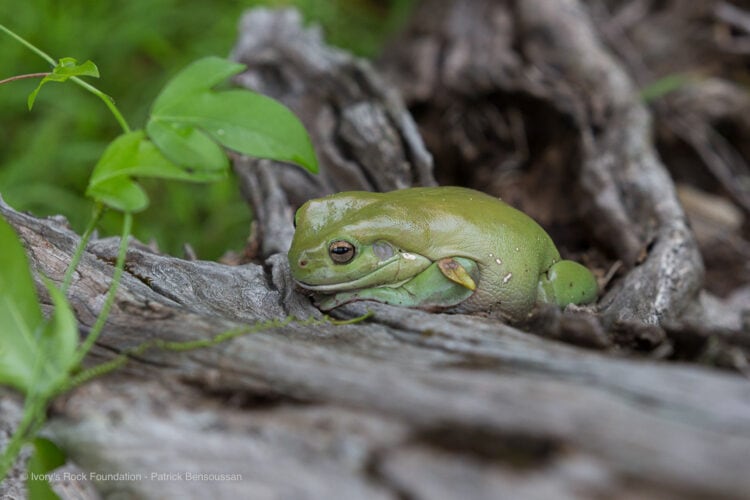
Common Green Tree Frog
Males grow up to 9cm. Females up to 12cm.
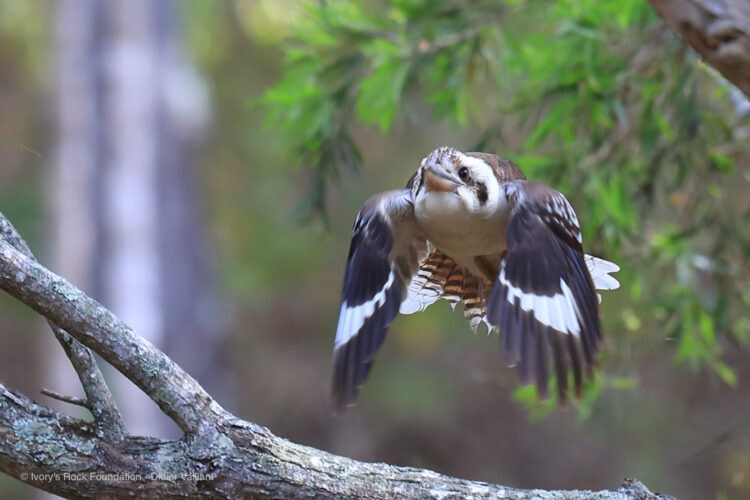
Kookaburra
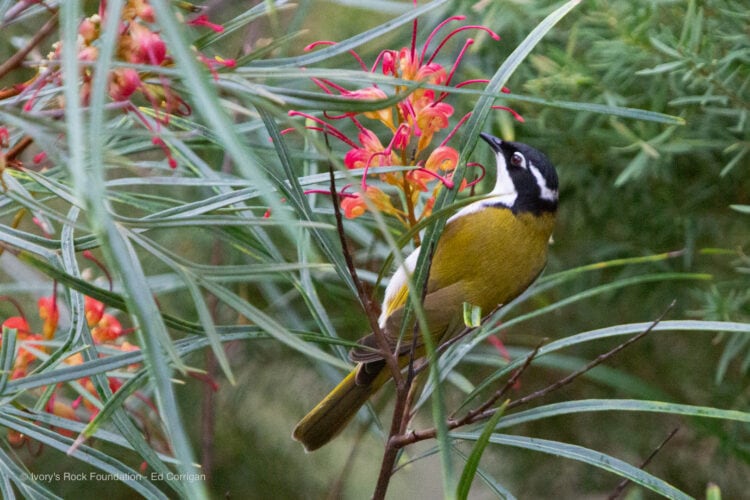
White Throated Honeyeater
Habitat: forested areas near creeks.
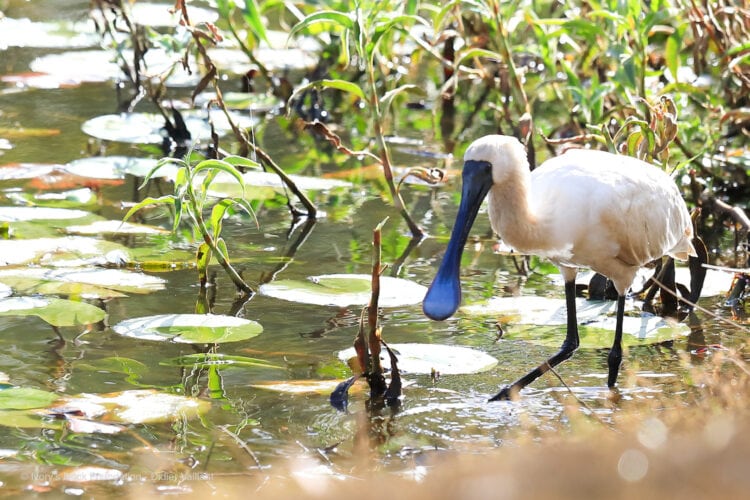
Royal Spoonbill
Nests in colonies alongside ibises, herons & cormorants.
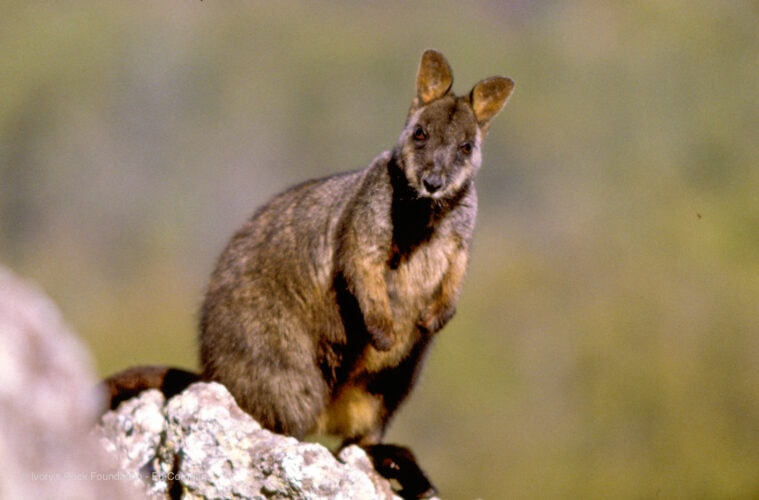
Brush-tail Rock Wallaby
Diet: grasses, shrubs, trees, roots, bark.
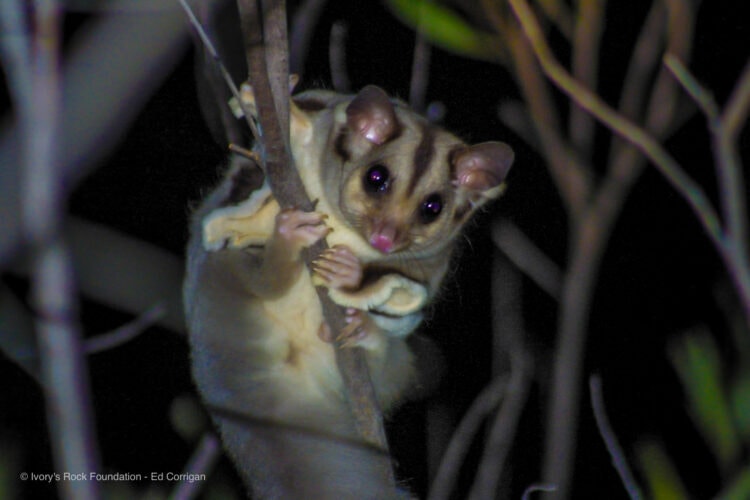
Sugar Glider
Glide through the air, using flaps of skin between their legs.
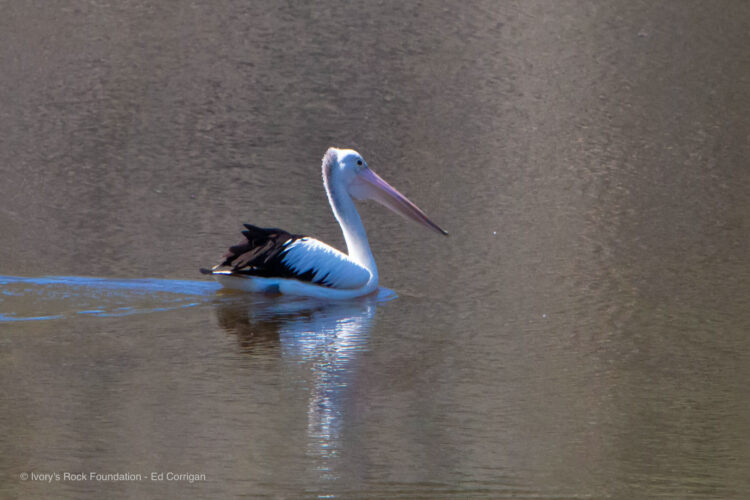
Pelican
Pelicans are recent arrivals at Ivory's Rock.
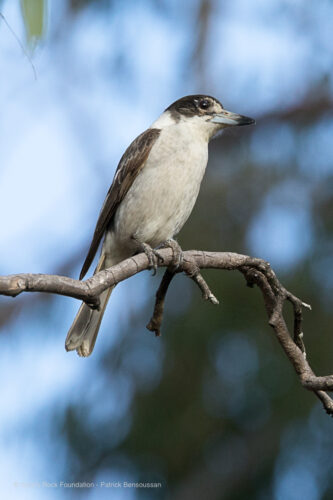
Grey Butcherbird
Diet: Invertebrates, small birds, chicks, lizards. Occasionally fruit & small seeds
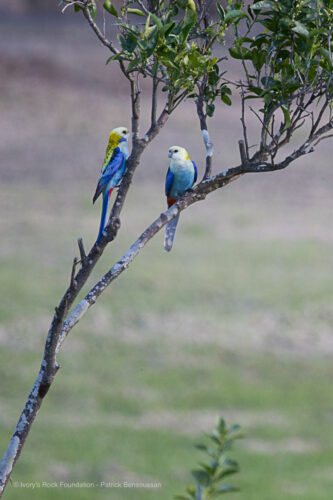
Pale headed Rosellas
Often seen in pairs.
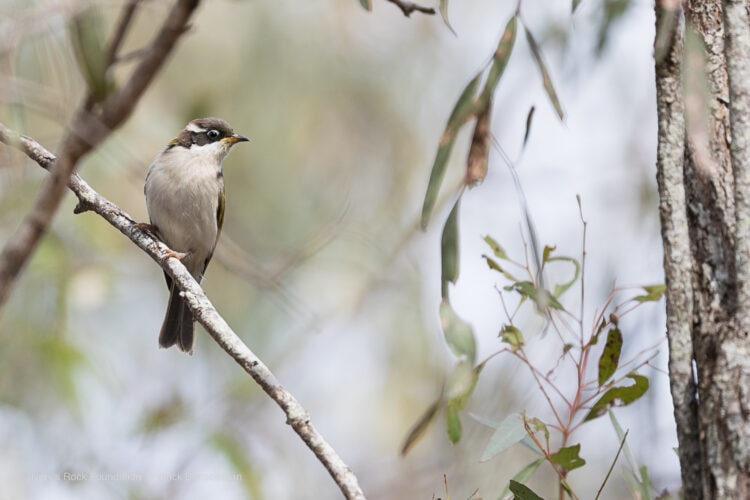
White throated Honeyeater
Length of adult 11.5 to 14.5 cm
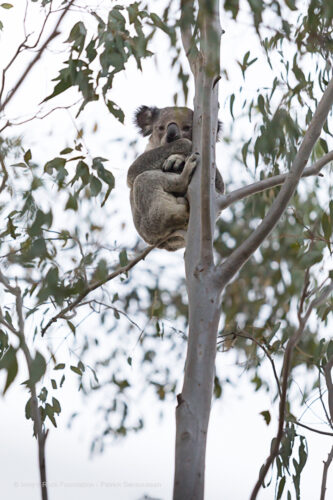
Koala
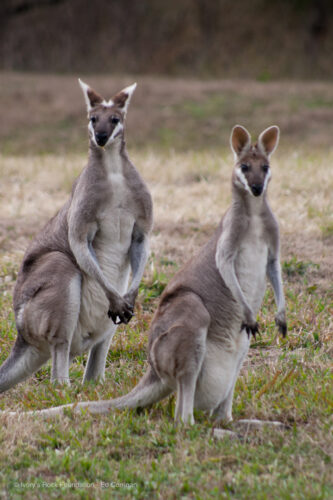
Whiptail Wallabies
Home range: Up to 110 hectares.
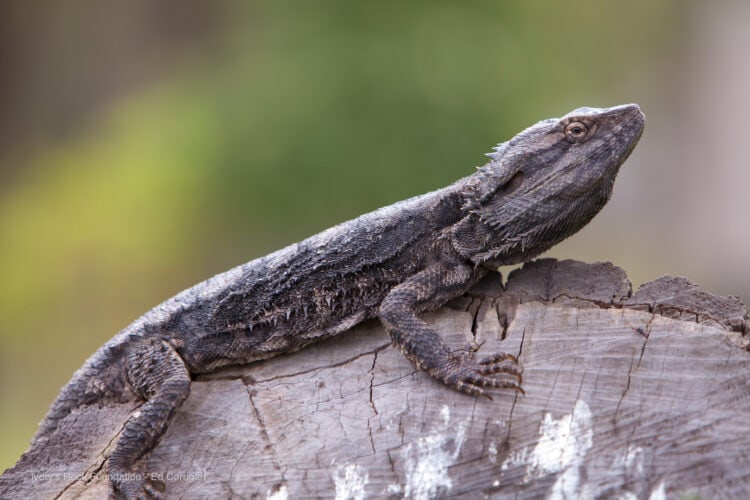
Eastern Bearded Dragon
Average length 25 cm
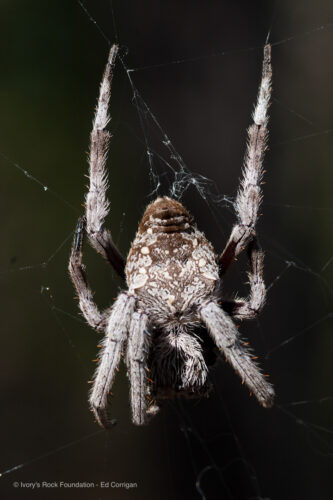
Wheelweaving Spider
Builds a small web which it destroys at dawn. Female 6mm, Male 3.5mm
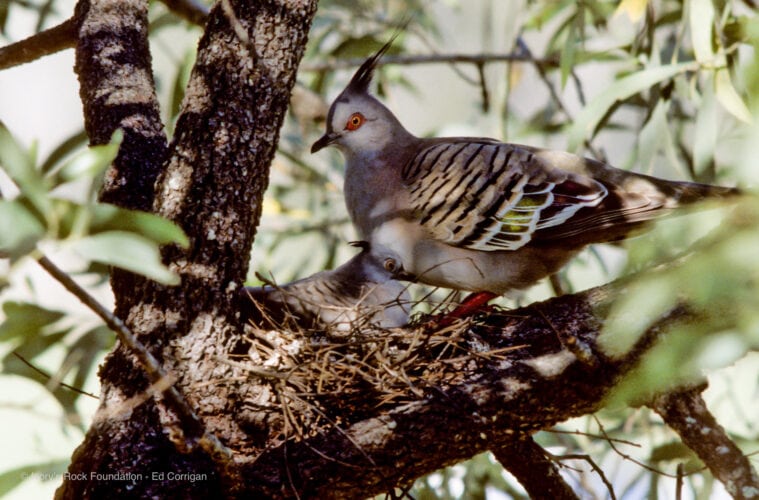
Crested Pigeons
Both parents incubate eggs & care for young.
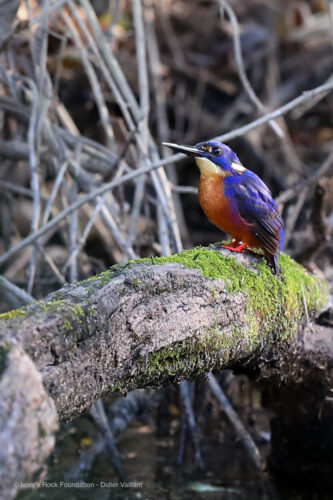
Azure Kingfisher
Nests in burrows dug into banks.
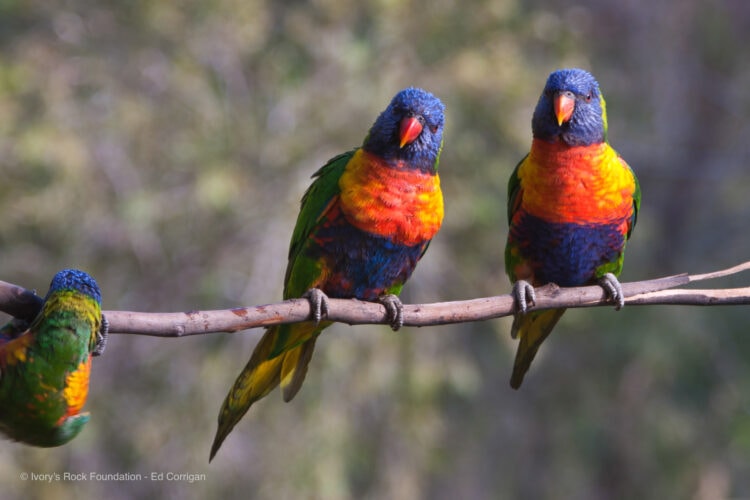
Rainbow Lorikeets
Pairs for long periods, if not for life. Only females care for young.
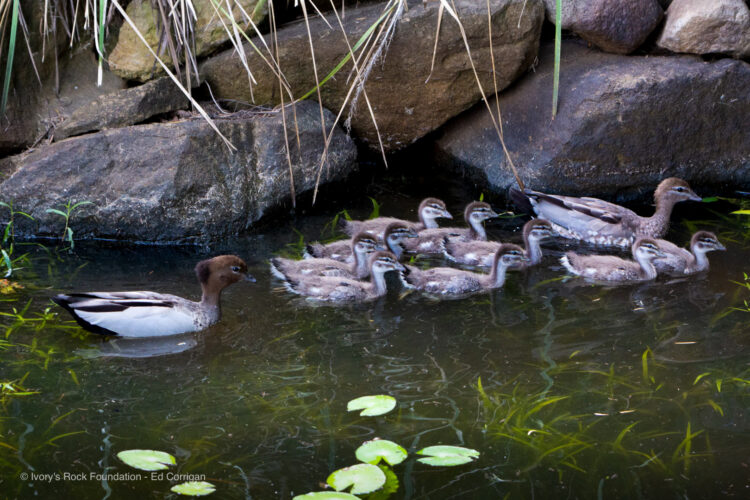
Wood Ducks in Pond
Both parents care for young. Nests are a pile of down inside tree hollows.
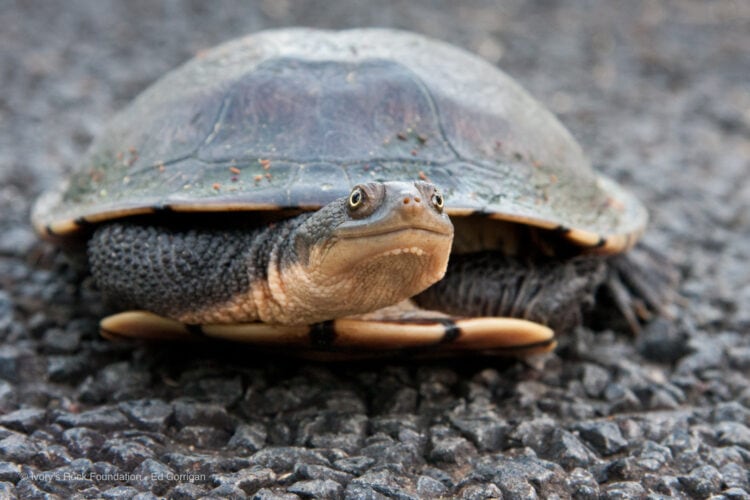
Eastern Long necked Turtle
Diet: insects, worms, fish, frogs.
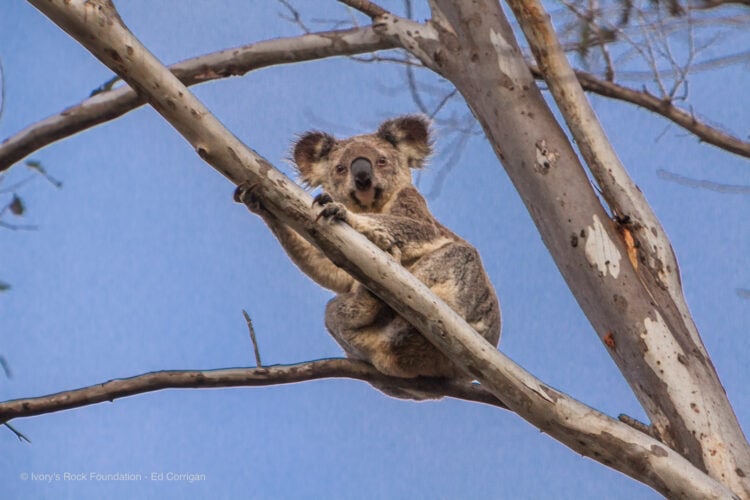
Koala
Ivory's Rock is part of the largest continuous stretch of eucalypt forest in the region.
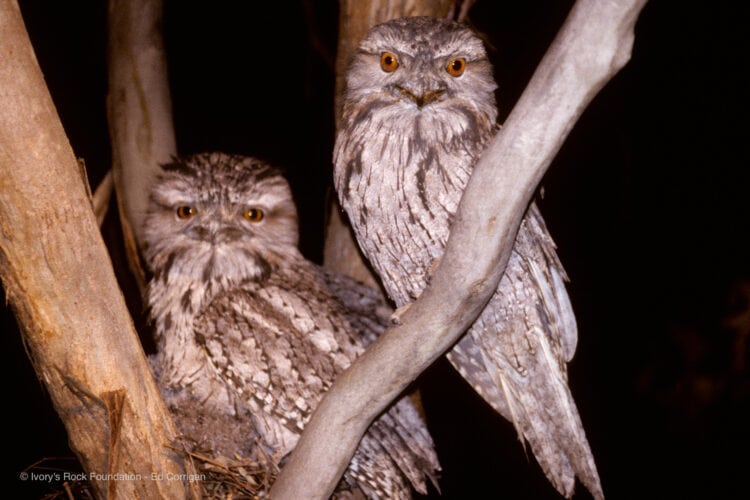
Tawny Frogmouths
Nocturnal
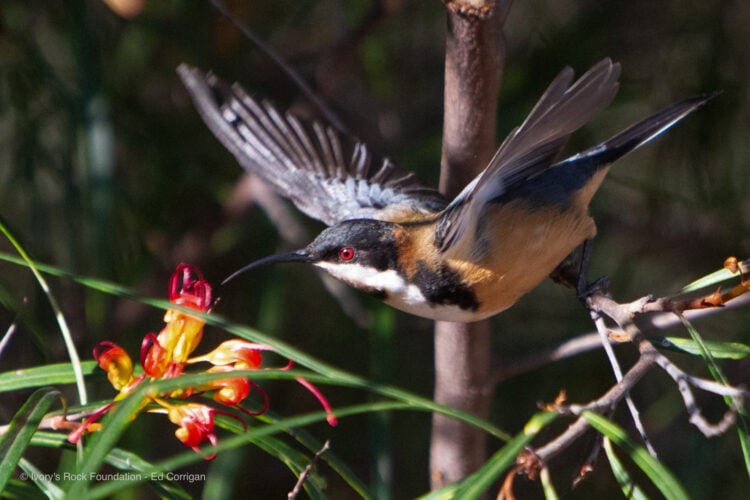
Eastern Spinebill
Very energetic. Low whirring sound when hovering.
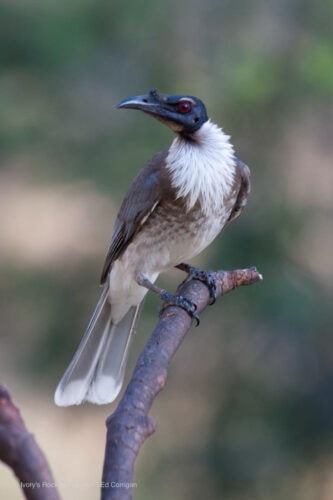
Noisy Friarbird
Diet: nectar, fruit, invertebrates & other bird's eggs & chicks
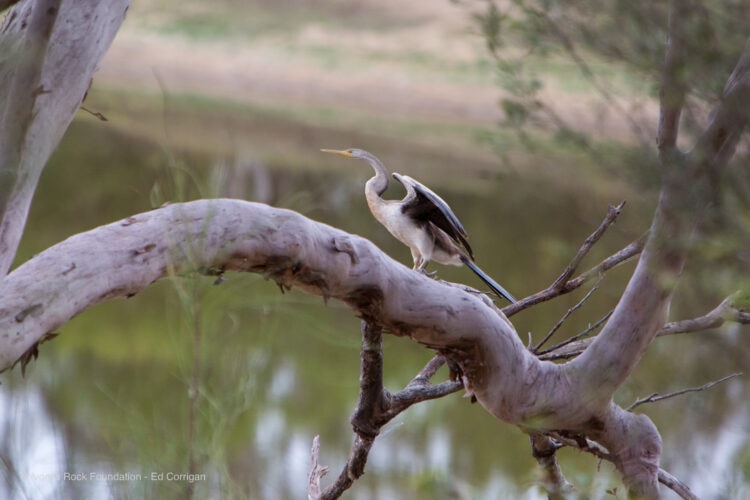
Australasian Darter
Often seen drying its outstretched wings.
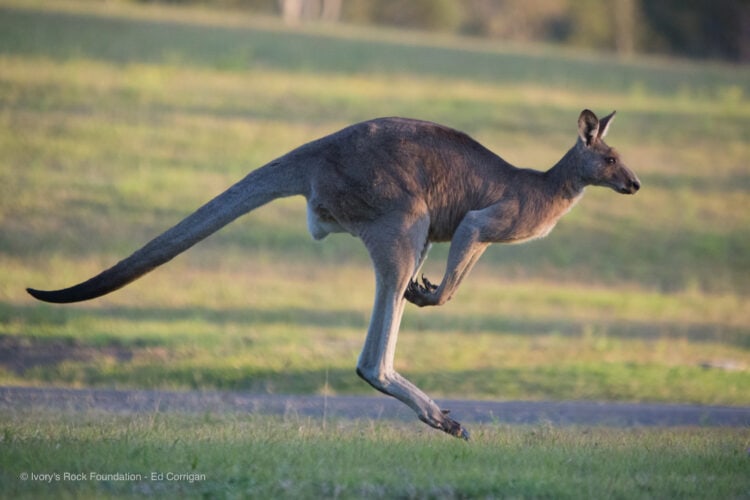
Eastern Grey Kangaroo
Highest speed recorded is 64km
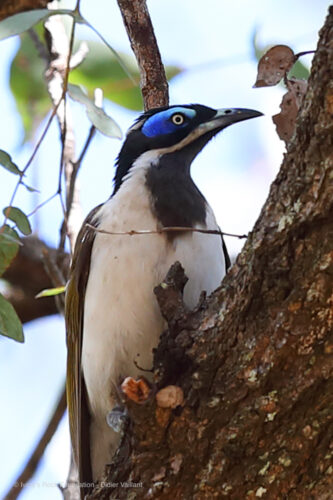
Blue faced Honeyeater
Also known as Banana Bird - enjoys banana flower nectar.
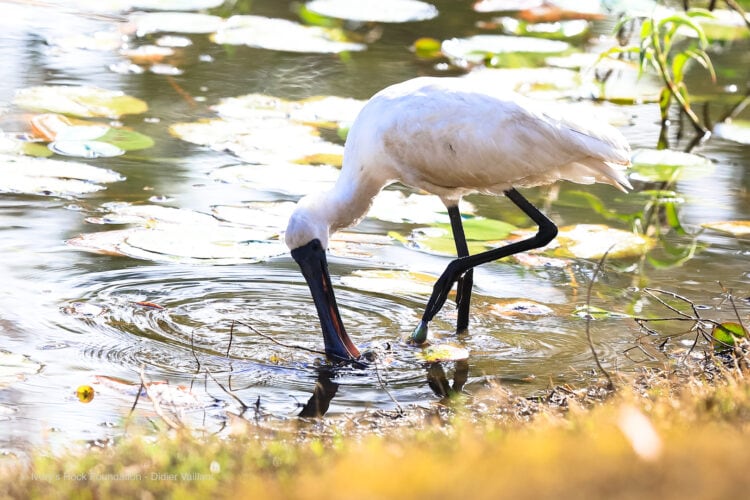
Royal Spoonbill
Fishes by sweeping bill slowly from side to side. Also rapid motions while running.
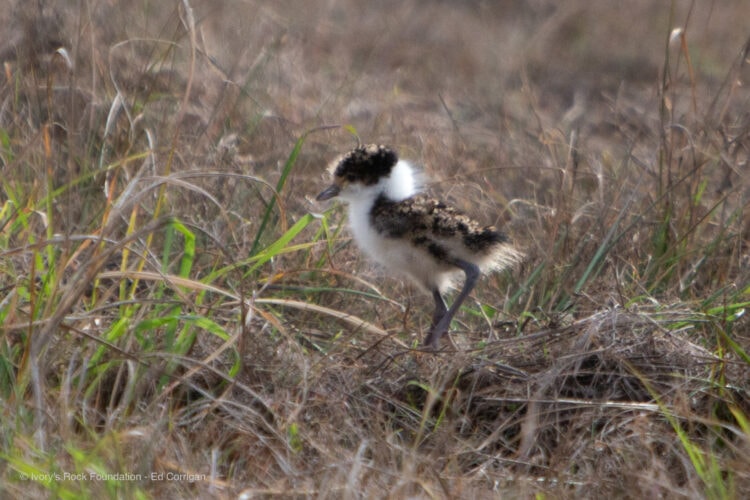
Masked Lapwing Chick
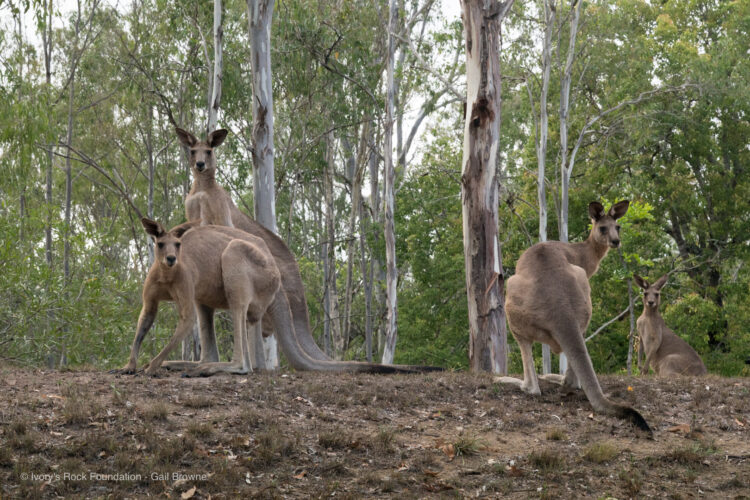
Eastern Grey Kangaroos
Groups of 10 or so individuals live within larger 'Mobs'
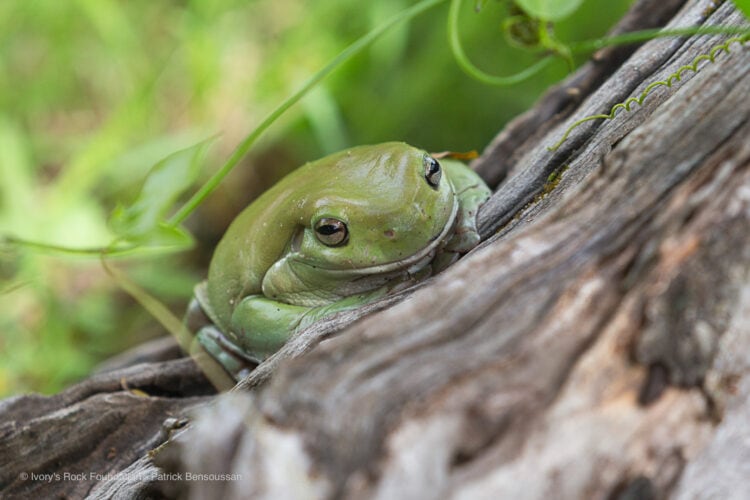
Common Green Tree Frog
Shelters under bark, in tree hollows during the dry season.
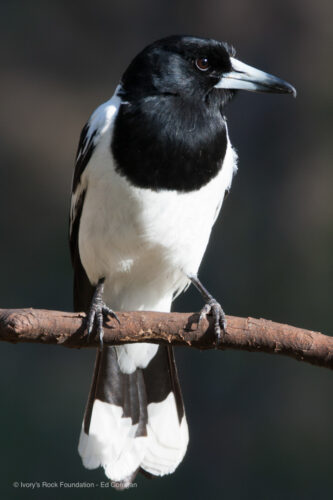
Pied Butcherbird
Beautiful warbling song. Diet: reptiles, mammals, frogs, birds, inverebrates.
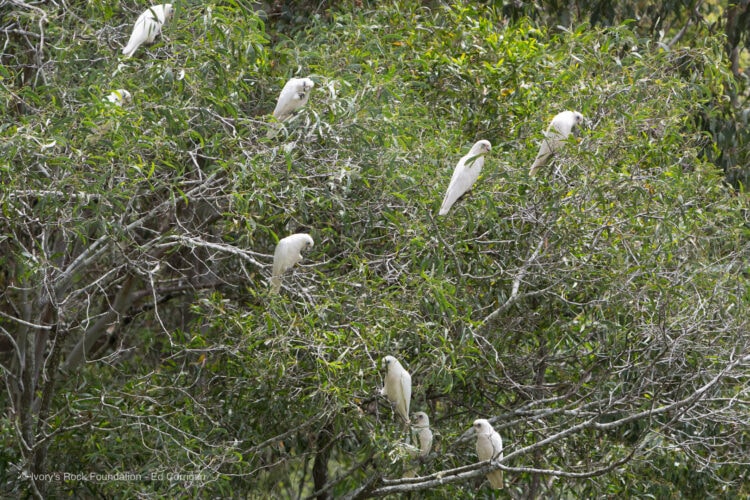
Little Corellas
Diet: grains, grass seeds, bulbs & fruits.
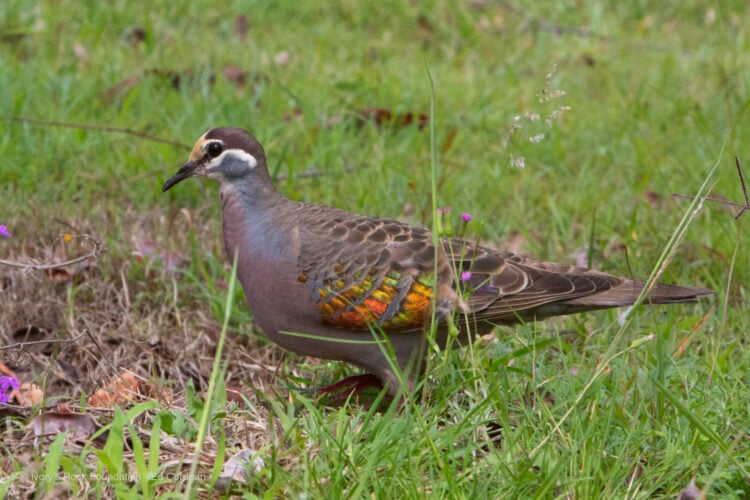
Common Bronzewing
Diet: Seeds, vegetable matter.
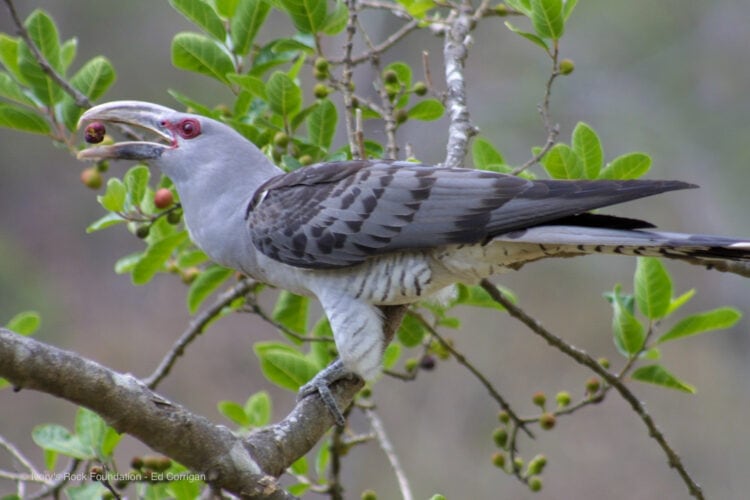
Channel-billed Cuckoo
World's largest Cuckoo. Length 70cm, Wingspan 107cm
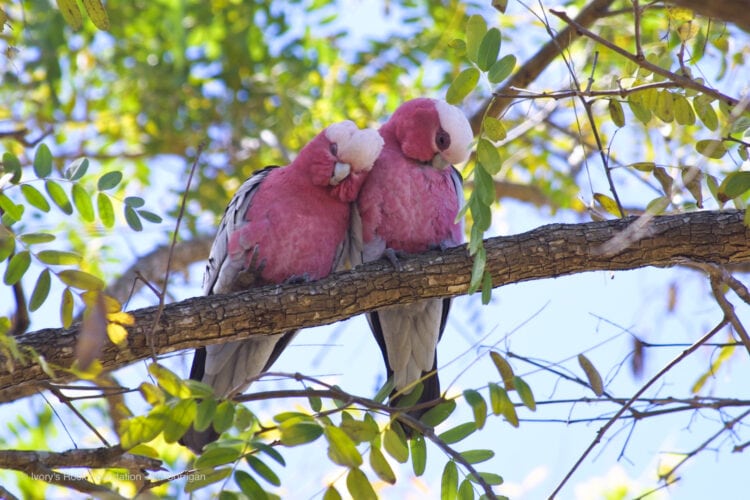
Galahs
Lifespan: 40 years. Mate for life.
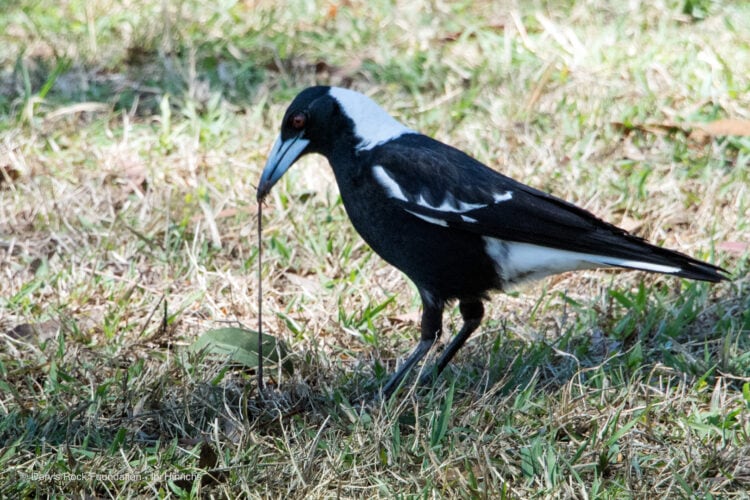
Magpie Worm
Comfortable walking along the ground. Diet: invertebrates, grubs, lizards.
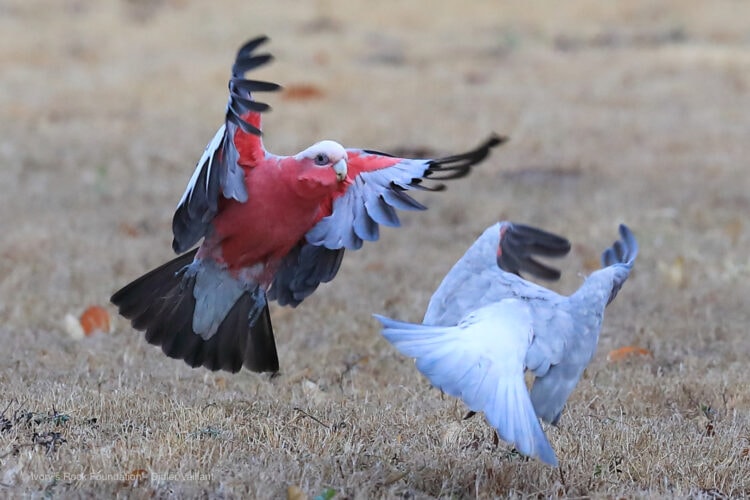
Galahs
Part of the Cockatoo family. Friendly, playful & great mimics
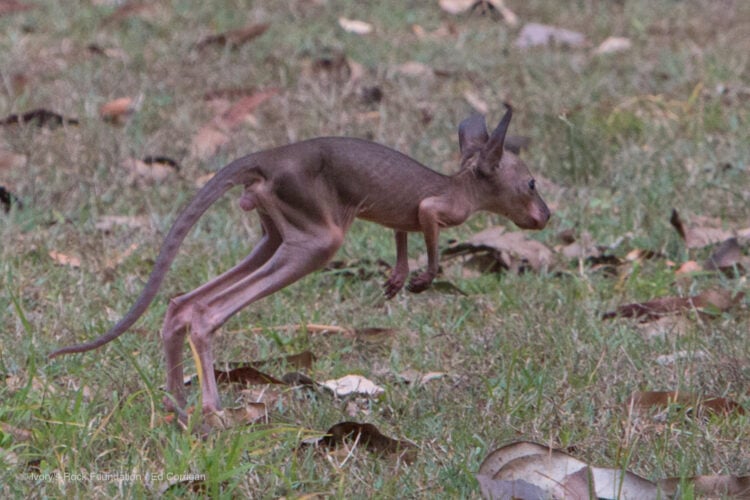
Red-neck Wallaby Pinky
A 'Pinky' usually remains in mother's pouch until it grows fur.
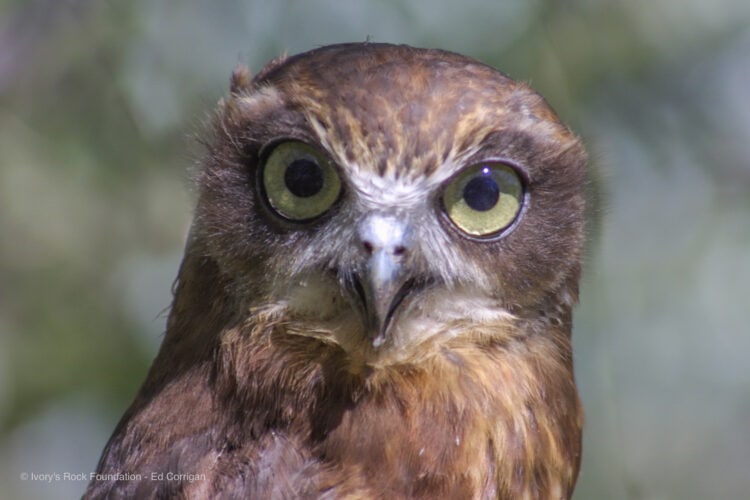
Southern Boobook Owl
Nests in tree hollows. Diet: invertebrates, small mammals.
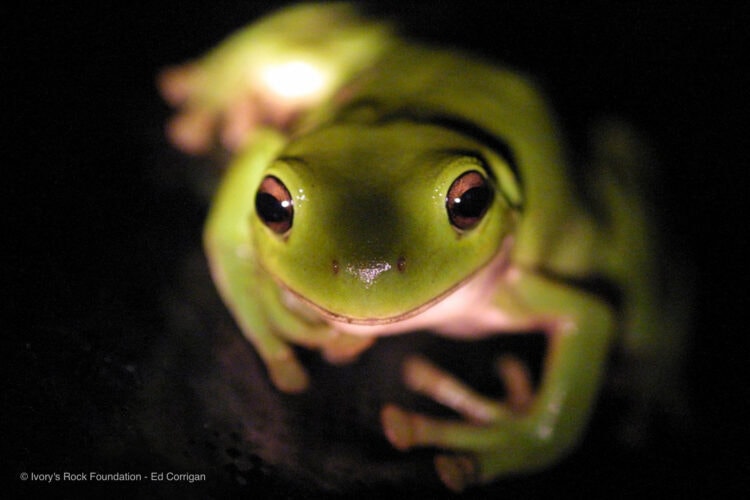
Green Tree Frog
Nocturnal.
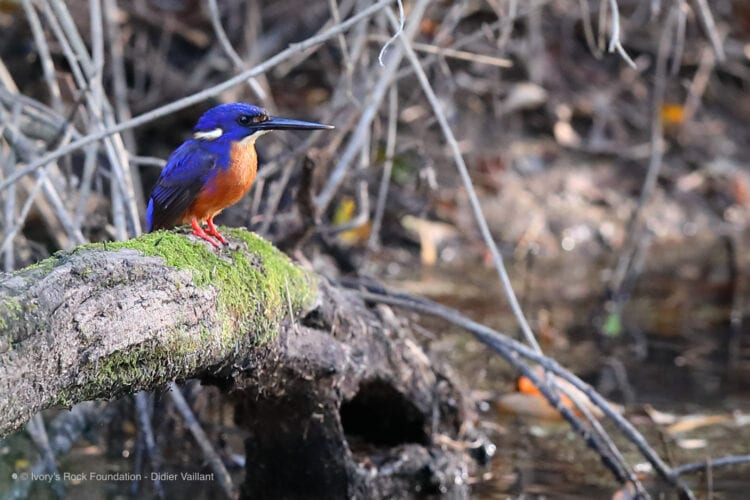
Azure Kingfisher
Plunges into water to catch fish, aquatic insects, frogs.
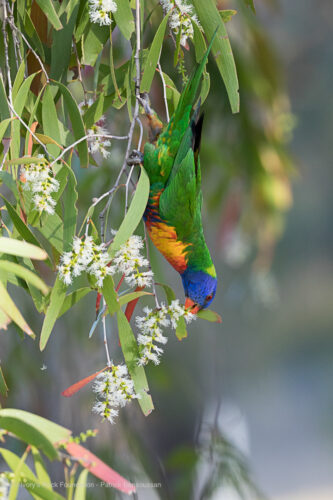
Rainbow Lorikeet
Enjoying the blossoms of the Paperbark tree
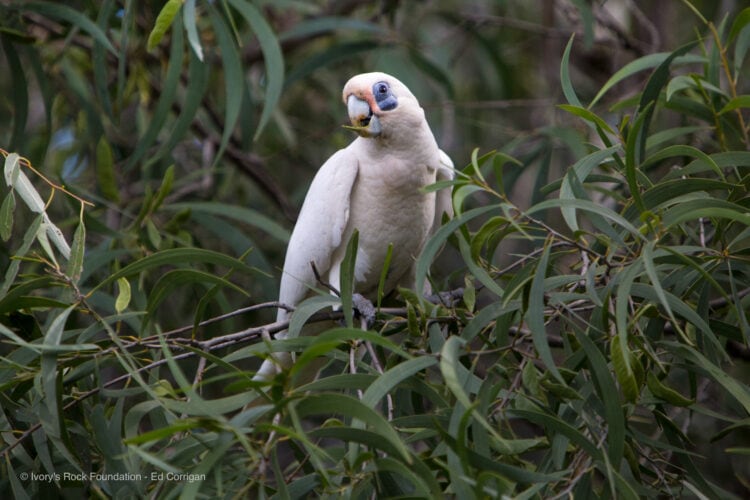
Little Corella
Considered pests by Grain farmers.
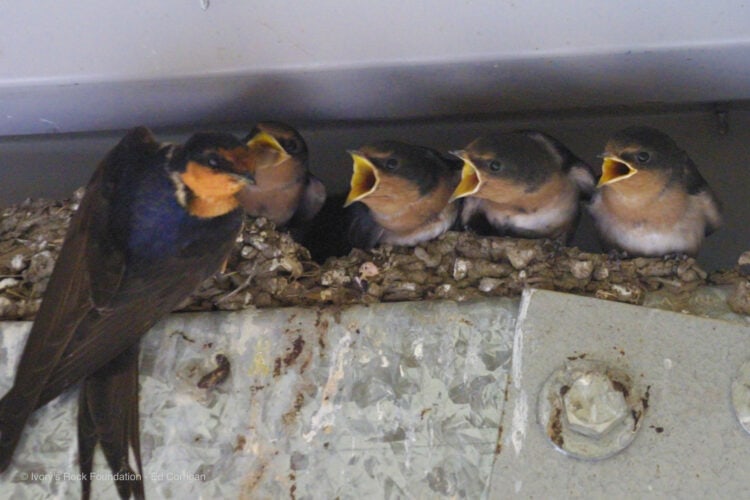
Welcome Swallow feeding Chicks
Takes insects on the wing. Builds mud nests.
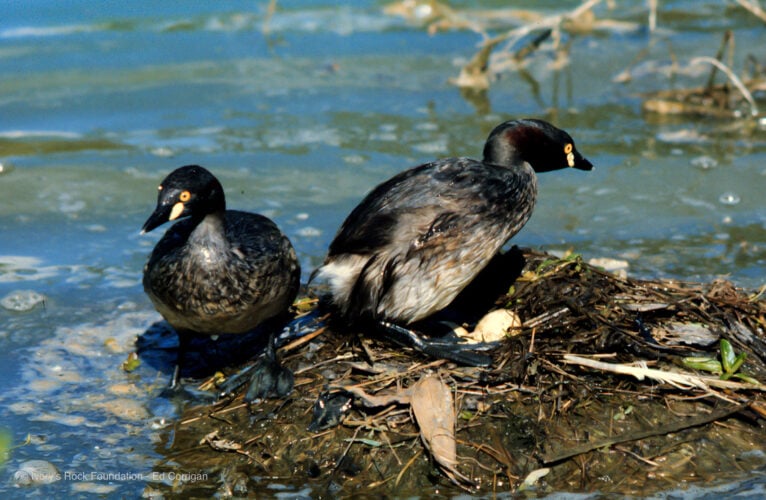
Australian Grebes Nest
Both parents care for young.
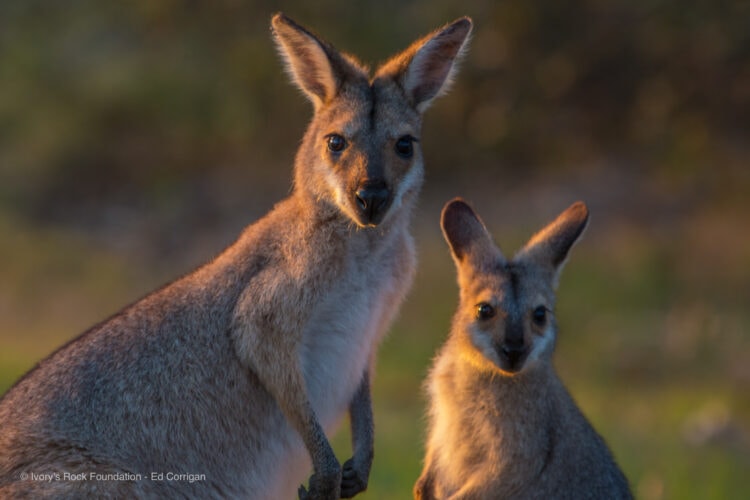
Red-neck Wallabies
Macropod marsupial common across Australia.
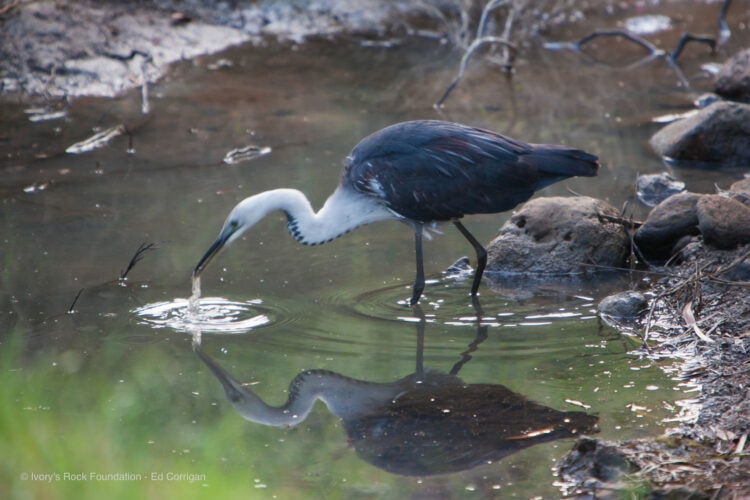
White-necked Heron
Will defend feeding territories against other species aggressively.
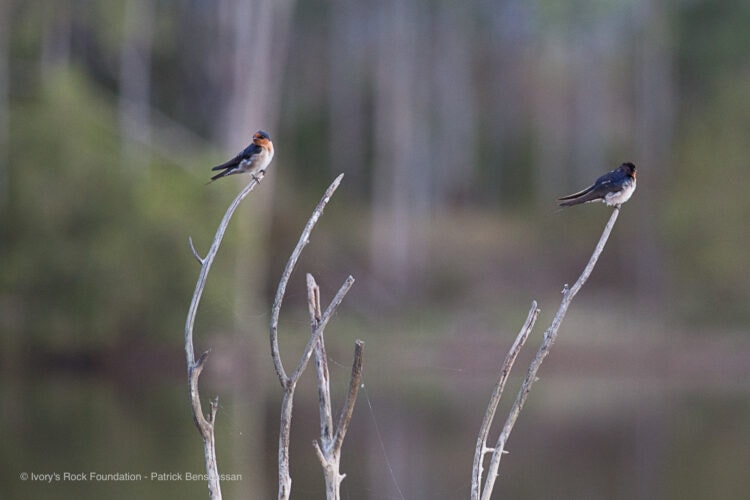
Welcome Swallows
Short bristles at sides of mouth help guide insects into their gullet as they fly.
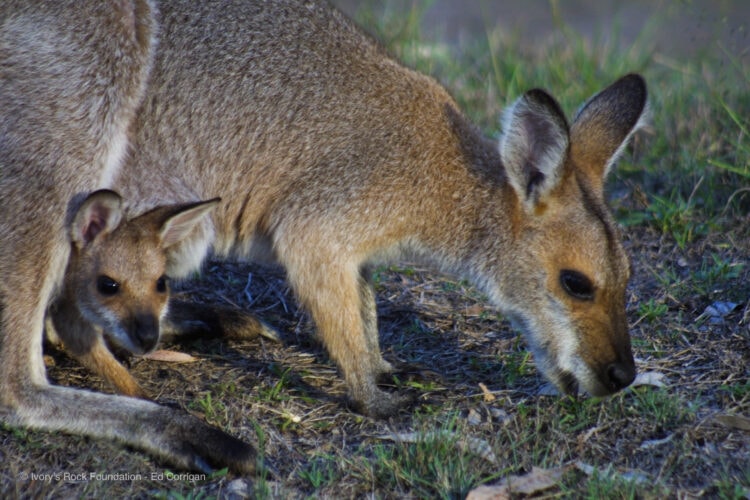
Red-neck Wallaby with Wallaby
Feeds primarily on grasses & roots.
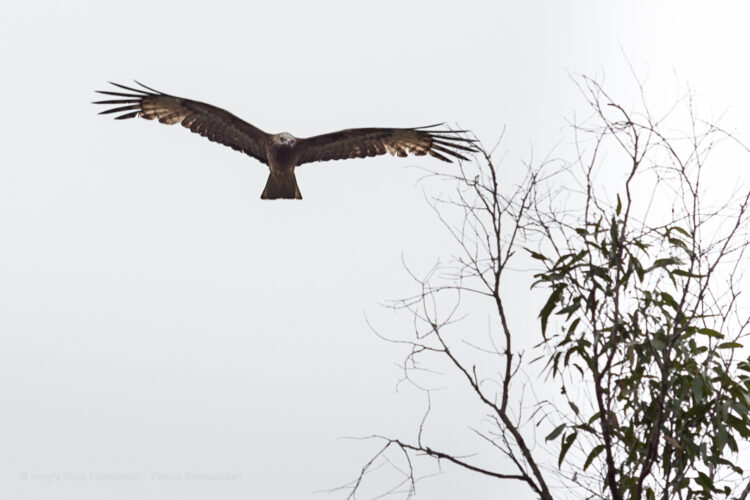
Square tailed Kite
Diet: birds, eggs, chicks, mice, insects, snails, reptiles.
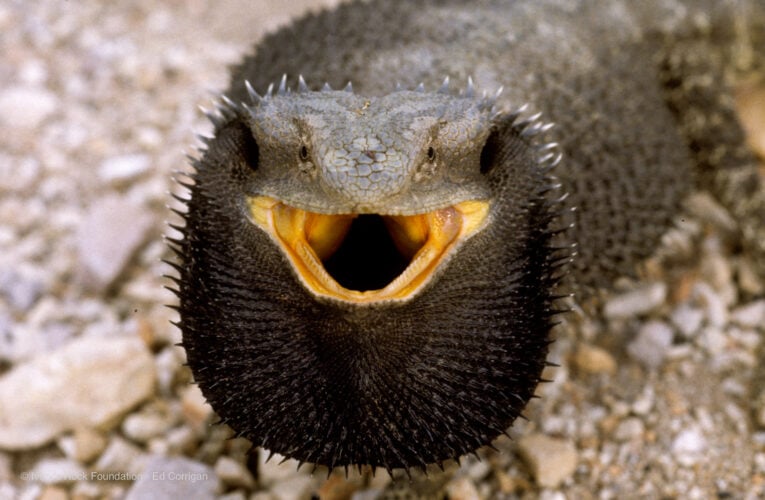
Eastern Bearded Dragon
Opens beard & mouth when threatened
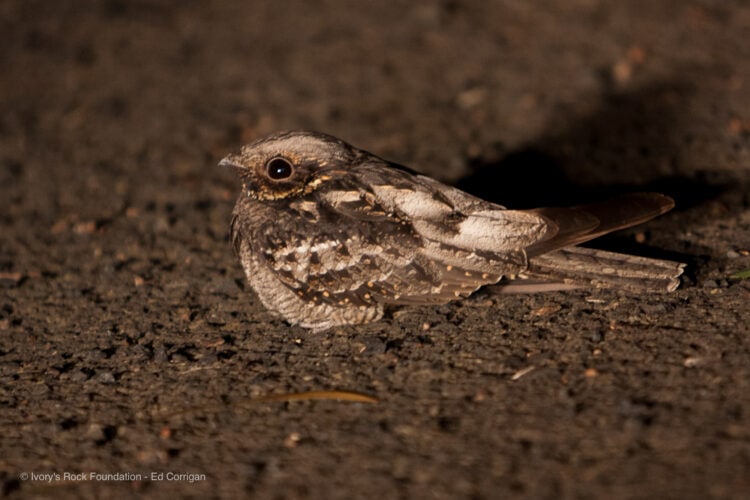
Australian Owlet-nightjar
Roosts in tree hollows. Can be mobbed by birds that mistake them for owls.
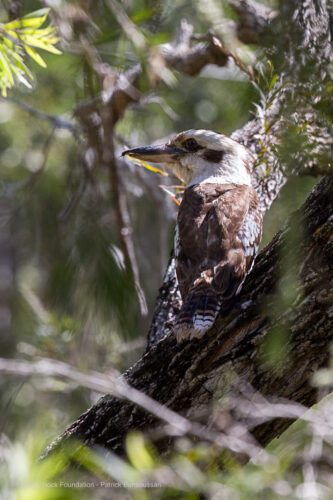
Kookaburra
Also known as the Laughing Kookaburra. Laugh signals its territory to other birds.
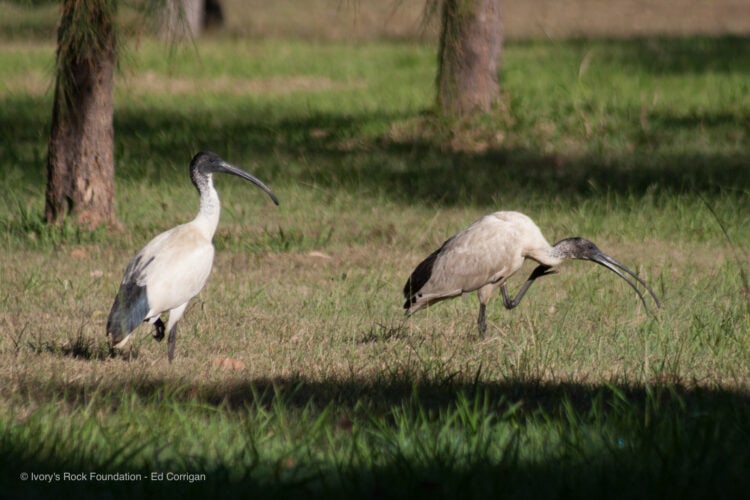
Sacred Ibis
Also known as Australian White Ibis
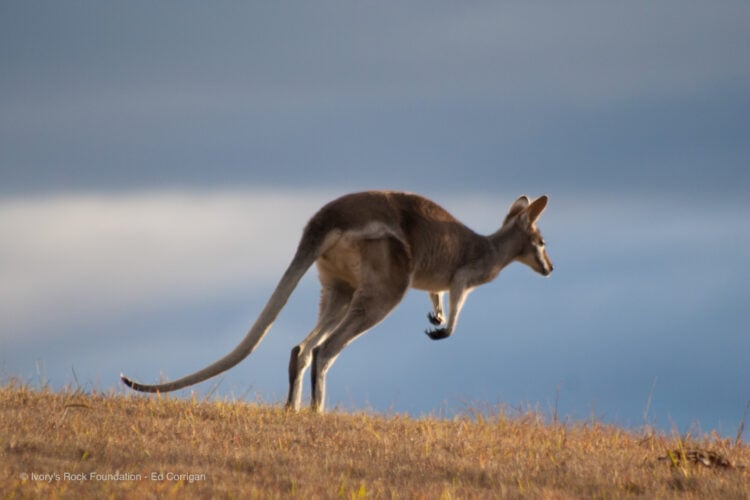
Whiptail Wallaby
Prefers hilly terrain, open eucalypt forest and grassy understory
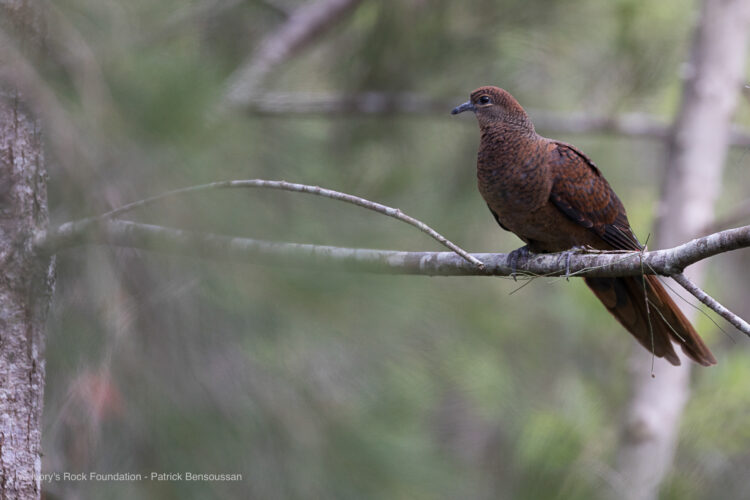
Brown Cuckoo Dove
Diet: fruits & seeds in forest trees. Not often seen on the ground.
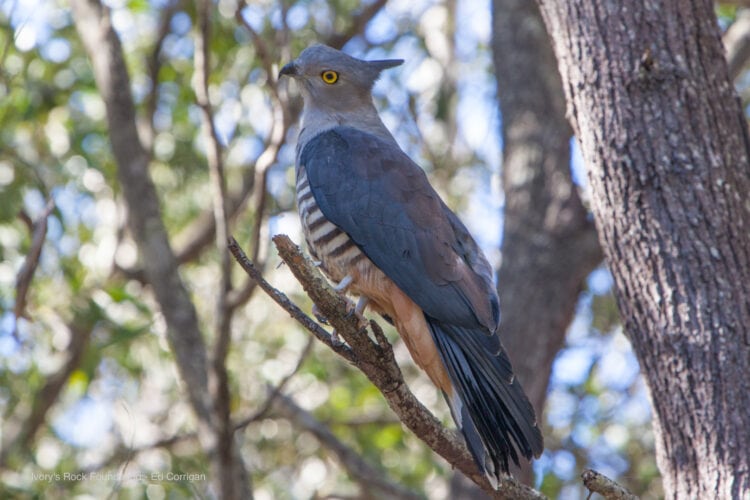
Pacific Bazza
Both parents care for the young.
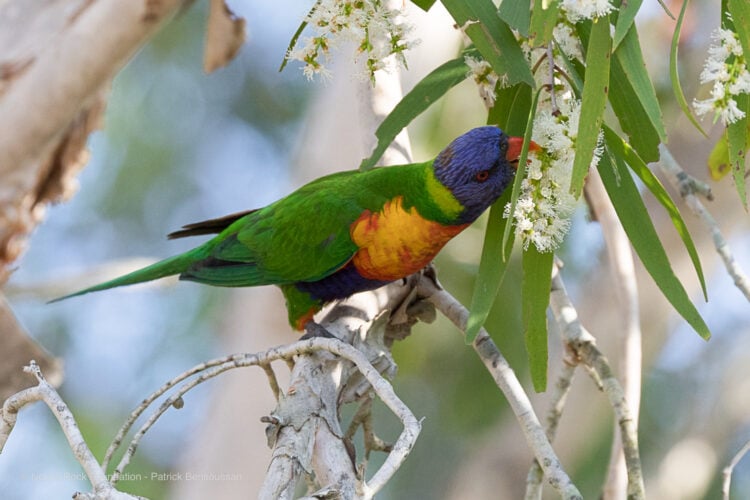
Rainbow Lorikeet
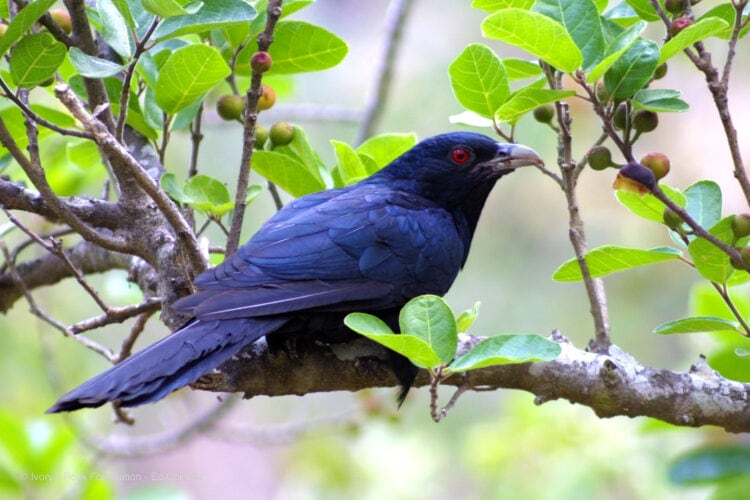
Eastern Koel Male
Diet: figs, fruits, insects. Loud repetitive call
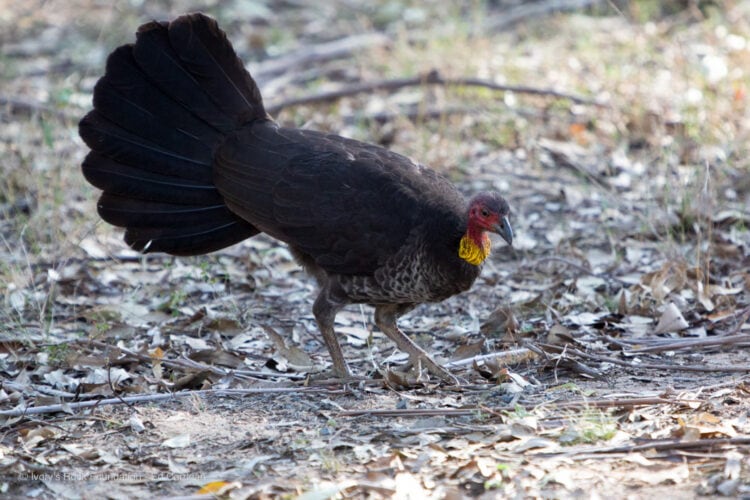
Brush-turkey
Strong feet to rake leaf litter for food.
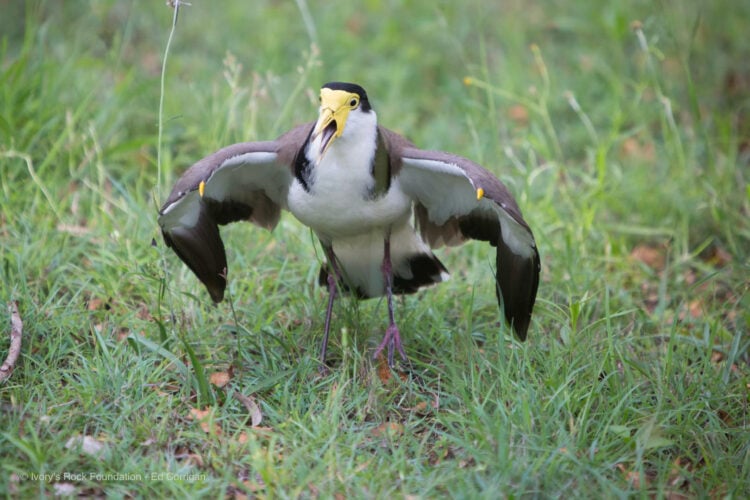
Masked Lapwing
Bold. Aggressive when protecting nests.
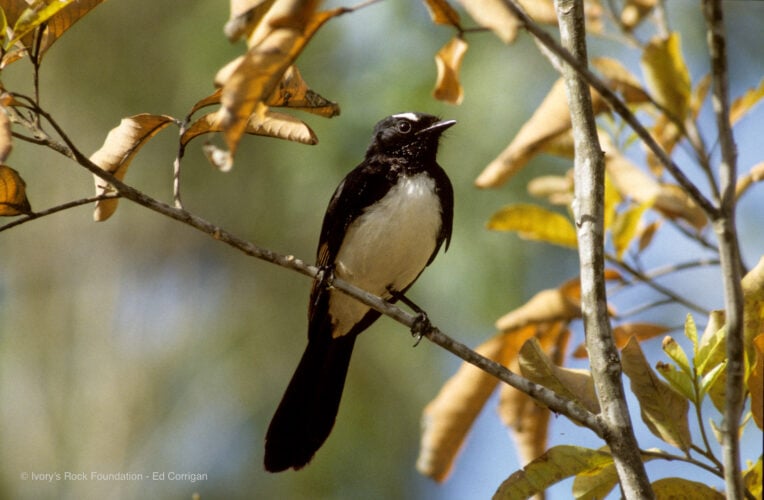
Willie Wagtail
The largest & most well-known of Australian Fantails.
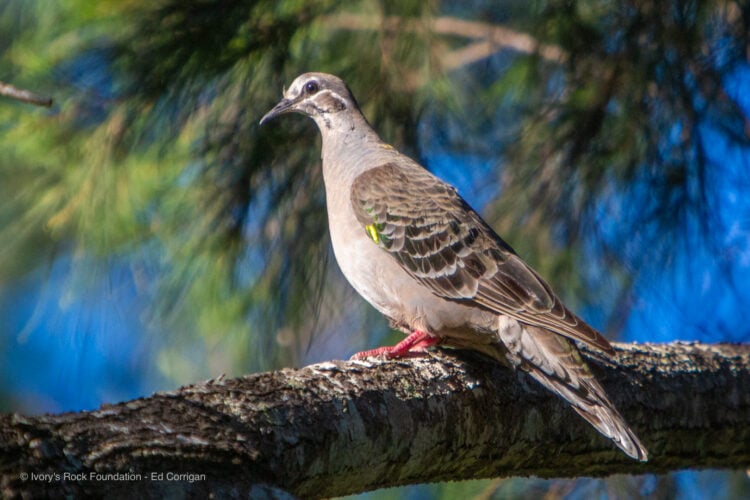
Common Bronzewing
Adapted to urban areas.
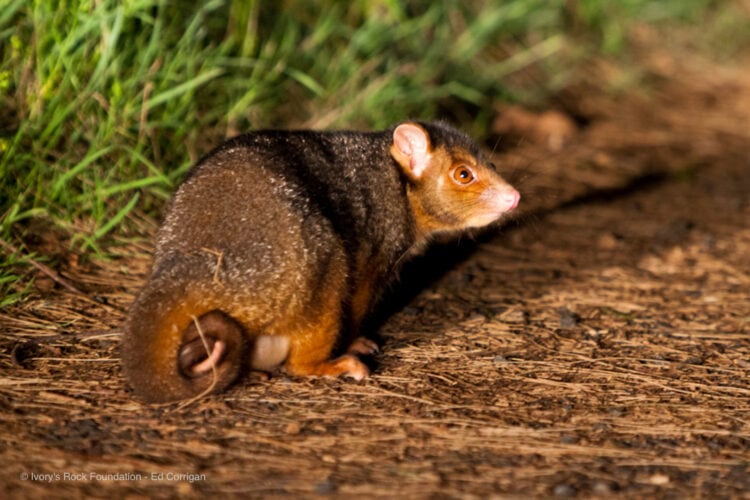
Common Ringtail Possum
Creates a ball nest of woven twigs in tree canopy.
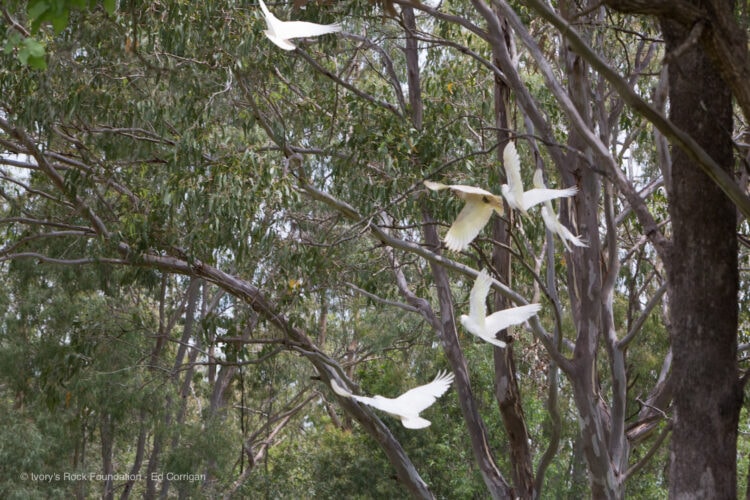
Little Corellas Flock
Large flocks live along watercourses.
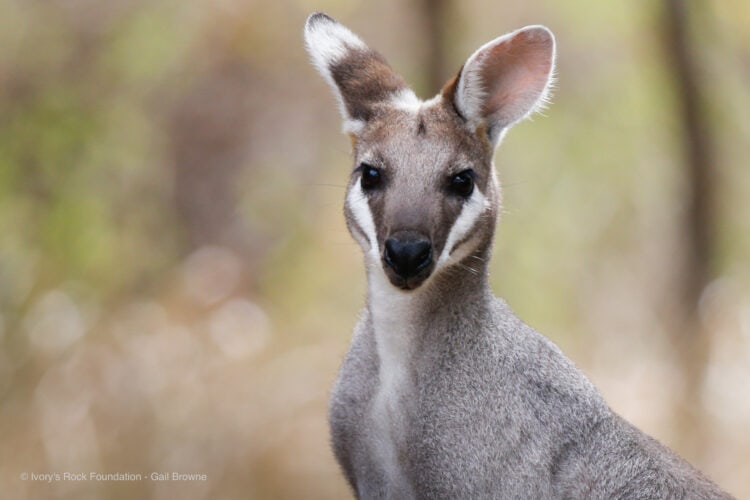
Whiptail Wallaby
Lives in groups of 10, moving within large mobs of 50- 100
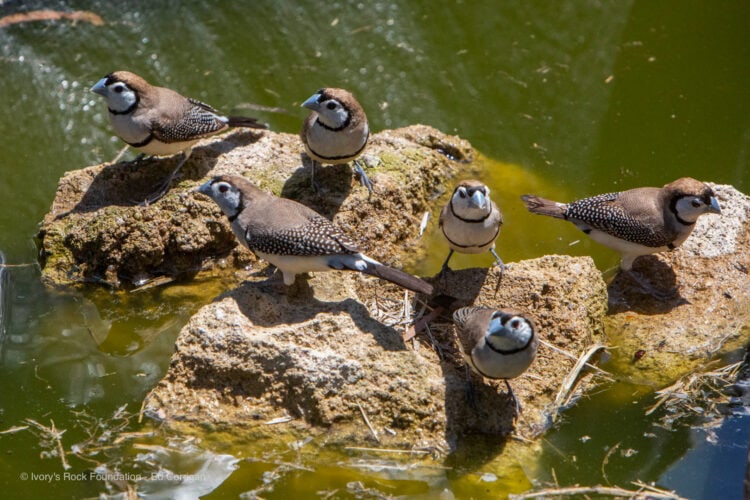
Double-barred Finches
Flocks can be up to 40 birds.

Black House Spider
Habitat: logs, rocks, building's window frames, wall crevices.

Masked Lapwing protecting Chick
Chicks reach full growth at 4 months.